☆ Writing Prompts + Make a Km ☆
Writing Prompts
SOL LEWITT: What does Sol Lewitt mean when he says that “the idea becomes the machine that makes the art” in his work? What does the artist’s actual hand have to do with the final work in a conceptual art context?
When Sol Lewitt says that ‘the idea becomes the machine that makes the art,” he implies that in the making of art, the artist’s idea comes first, and throughout an artist’s building on their idea, the materials needed to execute it will begin to manifest themselves and come to light. Lewitt’s process is very unique and also brings me another perspective on his statement. After Lewitt has come up with his original idea for a work of art, he creates step-by-step instructions for how it should be made and passes them on to a team who completes the work. He feeds his ideas into a metaphorical machine—the team that follows his instructions and creates the work on the scale and in the mediums he desires. Lewitt’s initial idea is still present in his final works, even though he himself was not the ‘machine’ that painted it onto the walls. This makes me think that the artist’s hand can take many different forms in a conceptual context. While Sol Lewitt’s hand isn’t physically present in his final works, his ideas influence the way that other artists work, resulting in a distinct style that is visible. With conceptual work, the ‘hand’ of the artist may not be communicated to a viewer through brushwork or linework that looks a certain way. The hand of a conceptual artist can take many forms. It could be an idea itself that is spoken verbally like in Yoko Ono’s work, acted out using the body, or simply the initial concept of a work itself that traces us back to the identity of the artist.
YOKO ONO: Where do you draw the boundaries around the artworks in this video? What are the artworks? What strategies and tools does Ono use to challenge the viewer? Do you like any of these concept-works? Discuss.
I really enjoyed Ono’s concept-work titled Painting On The Floor because she strategically uses a painting—an item that is viewed as precious by society and art institutions—as a tool to break mental and institutional boundaries that dictate the way art should be seen and interacted with. She asks us to leave a finished painting (something that is seen as so precious) outside on the street to be walked on. In Ono’s work, the art is the acting out of her instructions itself, and the thoughts and ideas the actions provoke. I love the idea Ono introduces about breaking the barrier of prestige around paintings and how they are meant to be looked at from afar on display. She asks us to bring the painting into an environment where people can truly interact with it. This definitely challenges me to view the works I create as an experience coming from curiosity and interest rather than a glorious final product.
BRUCE NAUMAN: Describe two works by Bruce Nauman (include images) where he frames every day actions (non-heroic, banal) as art. How are they “framed” as art, and what does the framing do to our understanding and experience of the actions?
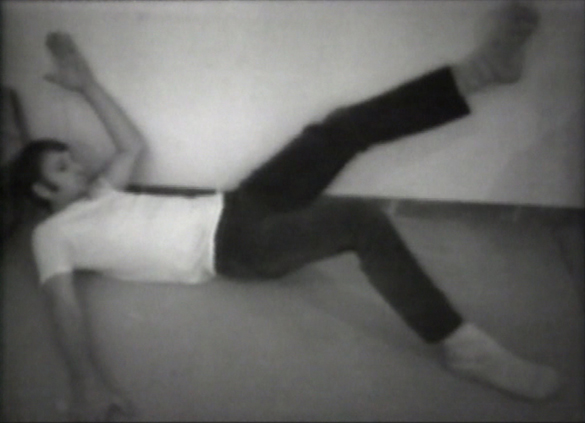
War-Floor Positions, 1968
The images of War-Floor Positions frame everyday actions of bodily movement and ability as art. While the poses Nauman creates are more unusual, he uses simple, banal, bodily mechanisms to contextualize his body into a sculpture. These photos are framed as art rather than natural movement because of Nauman’s intention of using the body as sculpture, an art form. He alters our perception of the ways we can use our bodies. We can move them in ways that are perhaps more unconventional, and use our own bodies as a medium to create art or make a statement.
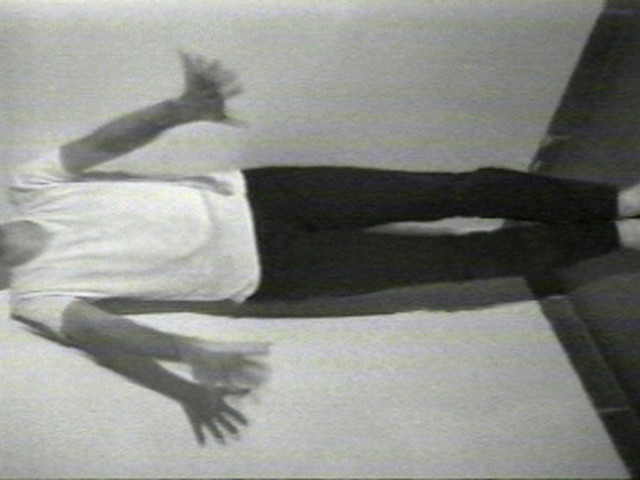
Bouncing in the Corner No. 1, 1968
In this work, Nauman frames the everyday, almost childlike action of leaning back or bouncing back off of a wall as art. Like in War Floor Positions, he does this through his intentions that if he was an artist in a studio, everything he created there would be art despite his materials. His playful mindset and his intentions and pursuit of exploration frame this as art. This framing action shows that repeated, simple motions can become art with an idea or intention behind them.
Make a Kilometre: A Kilometre of Music
My kilometre is a collection of the music I listened to on a kilometre-long walk accompanied by a photo I took along the way. I overlapped the twelve minutes of music it took me to walk a kilometre into a four-minute file to make it more (or less) digestible because the idea of an entire kilometre can feel loud, overwhelming, and intimidating. Luckily, this distance can feel much shorter with a little bit of music.
☆ An Hour of Stillness ☆
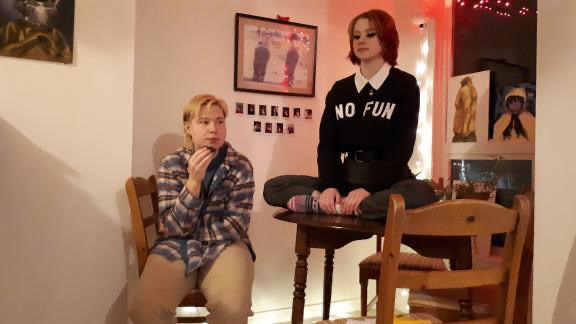
My Hour of Stillness
For my hour-long performance of stillness, I decided to sit cross-legged on my kitchen table in my house in Guelph. I chose this location because I was inspired by the way in which Marina Abromovic created connection and interaction with others in her work The Artist is Present despite the fact that she is still. I wanted to sit on my kitchen table—a place where my roommates and I usually spend time together—to see what kinds of interactions and connections could form in the space even if I was in stillness. I specifically chose to start my hour around 5:30 when they usually make dinner (I was sure to ask their permission so they weren’t caught off guard).
Throughout the course of my hour, I found my pose physically demanding to hold, as my crossed legs kept falling asleep and it was difficult to sit up and keep my spine straight. It is truly incredible how Marina Abramovic was able to sit still for seven hours each day, I felt exhausted after only an hour of sitting. I also found it challenging yet interesting to sit and observe interactions and conversations I would normally participate in. As my roommate and my partner who was visiting cooked dinner in the kitchen across the room from me, it was quite difficult for me to hold back my responses to the conversations they were having. The two of them also seemed to find it difficult that they couldn’t quite connect with me in ways they were used to, but by the time they finished cooking dinner, they developed some strategies to poke fun at and interact with me. One of them was sitting on either side of the table and talking about me, saying comments like “Celeste hates ice cream” (which is absolutely not true) as a way to include me in the conversation (and also to try and pull me out of my stillness). It was very interesting to be able to interact with people I’m close with on a much more limited level using only my physical presence, and to have to tune into the idea that I was performing in order to keep myself from reacting.
There were also some very interesting moments of silent connection where my roommate would sit in silence at the table as they were eating, and we would simply acknowledge and feel each other’s presence while not fully being able to interact. I felt a stronger parallel between my act of stillness and Abramovic’s at this moment because I felt more of a sense of contact between another person and myself, similar to the connection she created using eye contact in The Artist is Present. Instead of observing a conversation as I did for most of my hour, here I was a part of a silent one. I felt much more connected in this moment than when my roommate and partner were directly poking fun at me and indirectly including me in conversation earlier. Those conversations felt more disconnected because the two of them had more of a means of communicating than I did. When they were present in silence just as I was, the connection felt more equal and reciprocated, and we could sit acknowledging each other’s presence. Sitting through these feelings and performing my act of stillness has helped me to understand the many dynamic levels on which connections and interactions can take place.
☆ Defenestration ☆
Defenestration of a Journal
In my two final images, I am pictured throwing an old journal of mine from my balcony. I have been considering what happens when you defenestrate an item that is usually meant to be contained or kept private, I see my journal as a physical container for my thoughts—a storage unit where I can hide them away to collect dust so that they don’t clutter up my life and cloud what is truly important to me. Defenestrating my journal alters my perception of it as a secret place to write and contain my thoughts. By throwing it outside, I am not only defenestrating the physical object of the journal itself, but also an accumulation of over two years’ worth of my thoughts, goals, and experiences. My buried thoughts are made available to the world as the pages flip open and the journal falls, revealing my face to the viewer in the second image. The visibility of my face suggests that as I release my journal, I am making a vulnerable layer of myself more visible to others, providing whoever catches it or stumbles upon it with the opportunity to understand me on a deeper level.
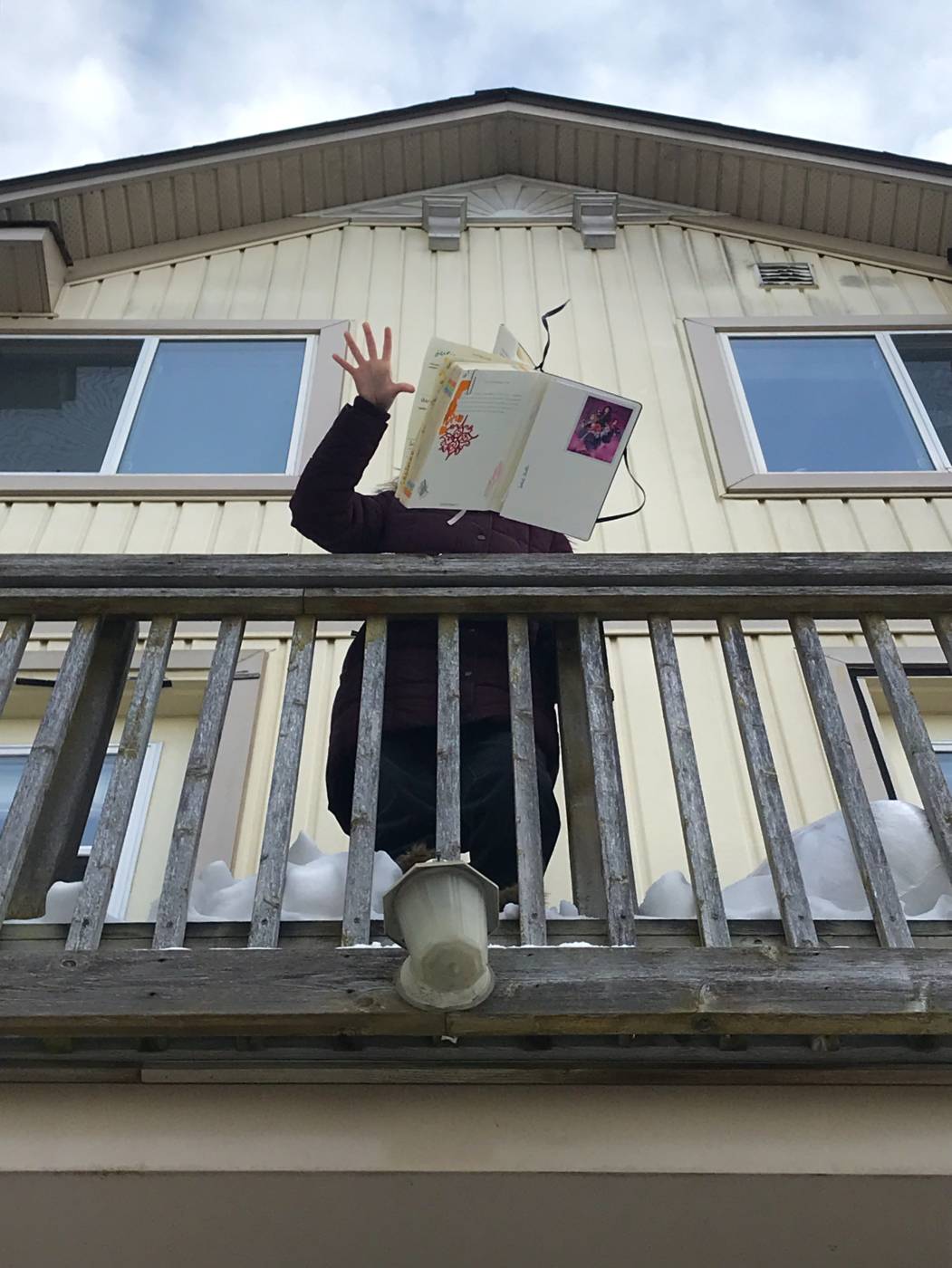
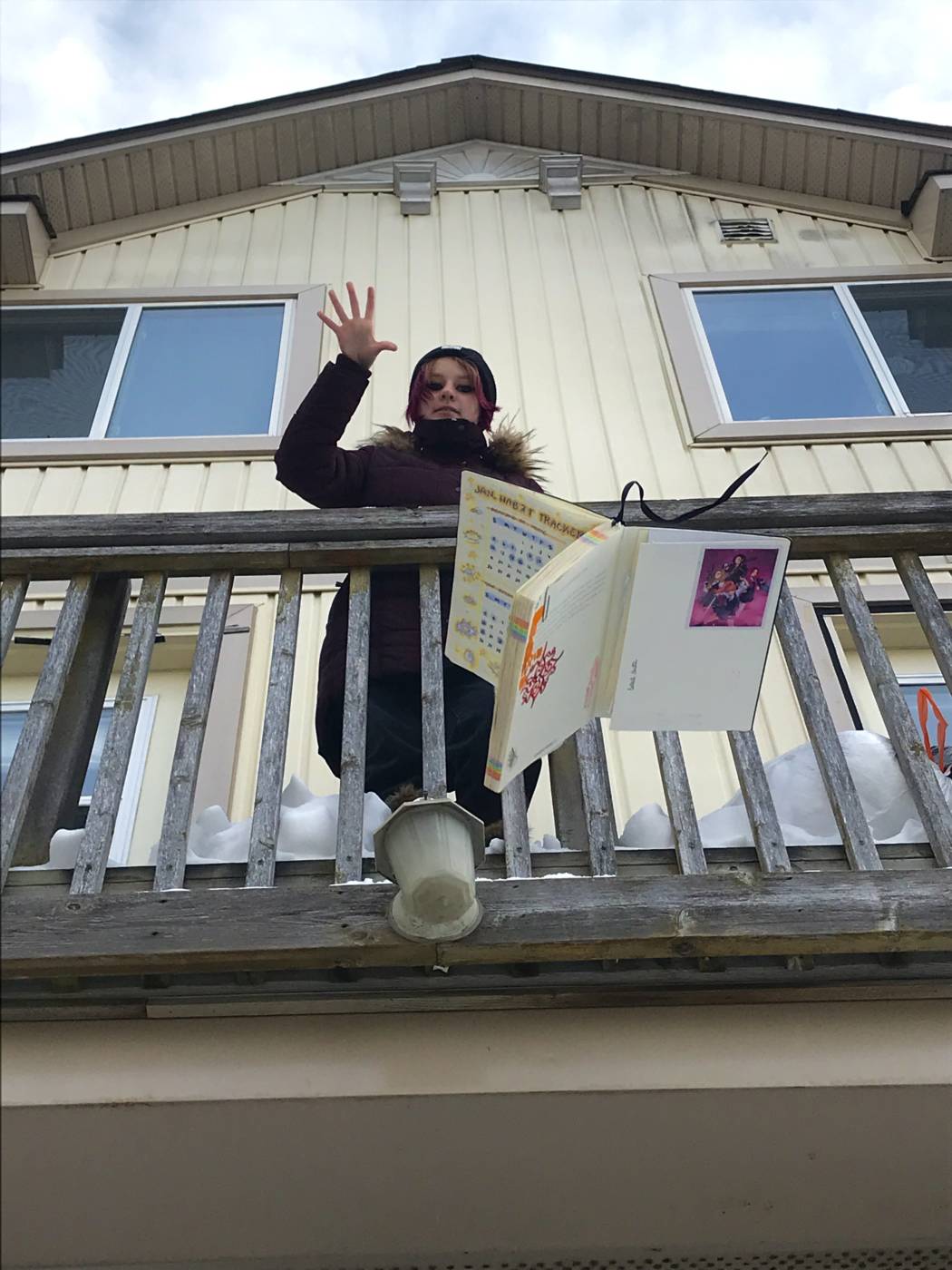
Defenestration Test Images of Headphones and a Journal
Working with the idea of defenestrating something that is usually meant to be contained or kept private, I originally experimented with throwing headphones off my balcony because they are meant to contain sound that you do not want others to hear. I decided that without the option of recording audio or video, this act of defenestration would lose a large portion of its meaning since headphones are meant to contain sound. The headphones were also not very visible on camera. The original thought process behind my choosing of the headphones led me to think of throwing my journal instead, and to extra experimentation with camera angles.
☆ Masks ☆
My Favourite 3 Masks:
Glasses as Masks in Film: Experiment 1: Masking ‘True” Beauty
In my experimentation of how I could use masks to distort my face, I found myself returning to the thought that certain daily items can function as masks, and that some of these items are used in the media to convey standards and status. I became very interested in the way that glasses and hairstyles are used as masks in films to signify transformation or to disguise someone’s identity. Here, I am exploring the way that glasses and hairstyles are often used in high-school films to disguise the ‘true’ beauty or potential of a nerdy, unpopular character before their famous makeover scene where they remove their glasses, take down their hair, and then wow! they’re suddenly popular and everyone wants to be them! I was inspired by Cindy Sherman’s Untitled Film Stills and the way she transforms herself to look as if she belongs in a film. Although it’s very clear I look the same in both of these images, on the left I am playing the role of an unpopular character trope with my hair in a ponytail and glasses, and on the right, I have my hair down, glasses off, and suddenly I’m nonchalant and don’t care about my schoolwork—perhaps this transformation came about during a classic makeover scene? Most of the time during makeover scenes in movies the characters look nearly the same before and after, and the only difference in their appearance is that they aren’t wearing their glasses and their hair has been let down.
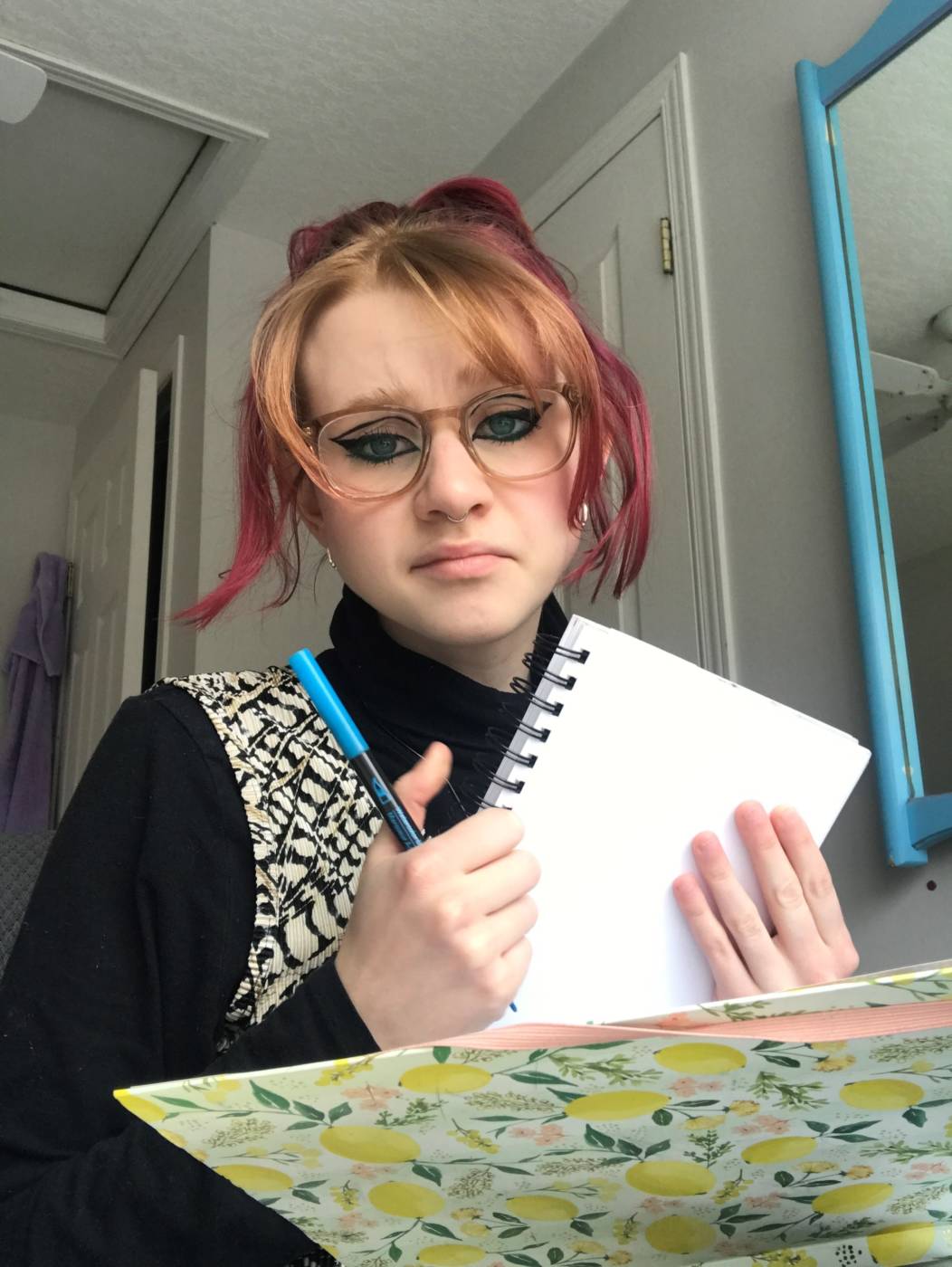
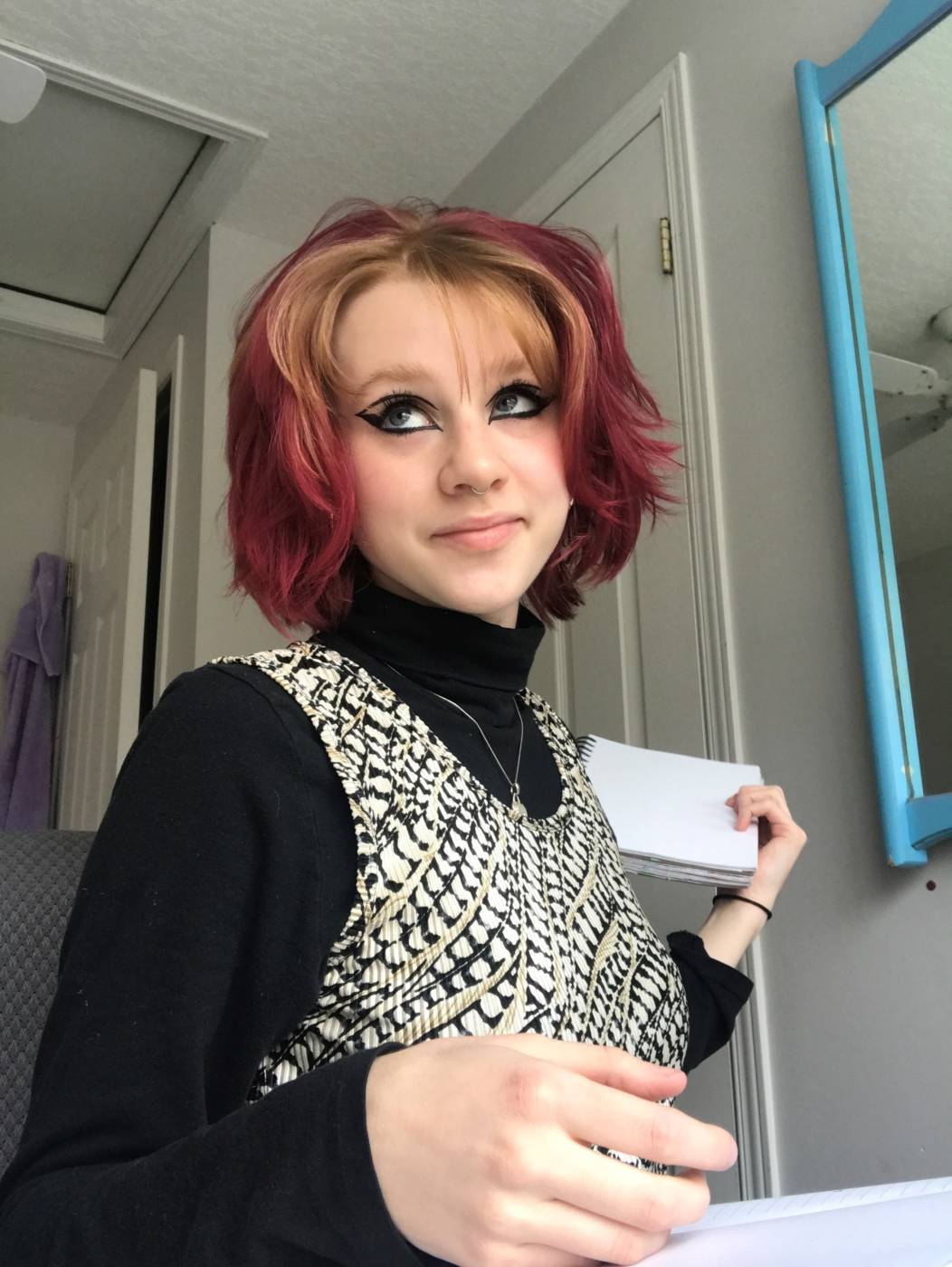
Placement of a Learning Artist
With this experiment, I was thinking about discussions from my Theory and Criticism class last semester where it was mentioned that as learning artists study works of the great masters, they often feel overshadowed by them and wonder if they will ever create works to this standard. As I am still learning and experimenting as an artist, I wanted to explore my relationship to that feeling using my face, cutting images from an old art textbook and some print-outs of my own facial features and taping them to myself.
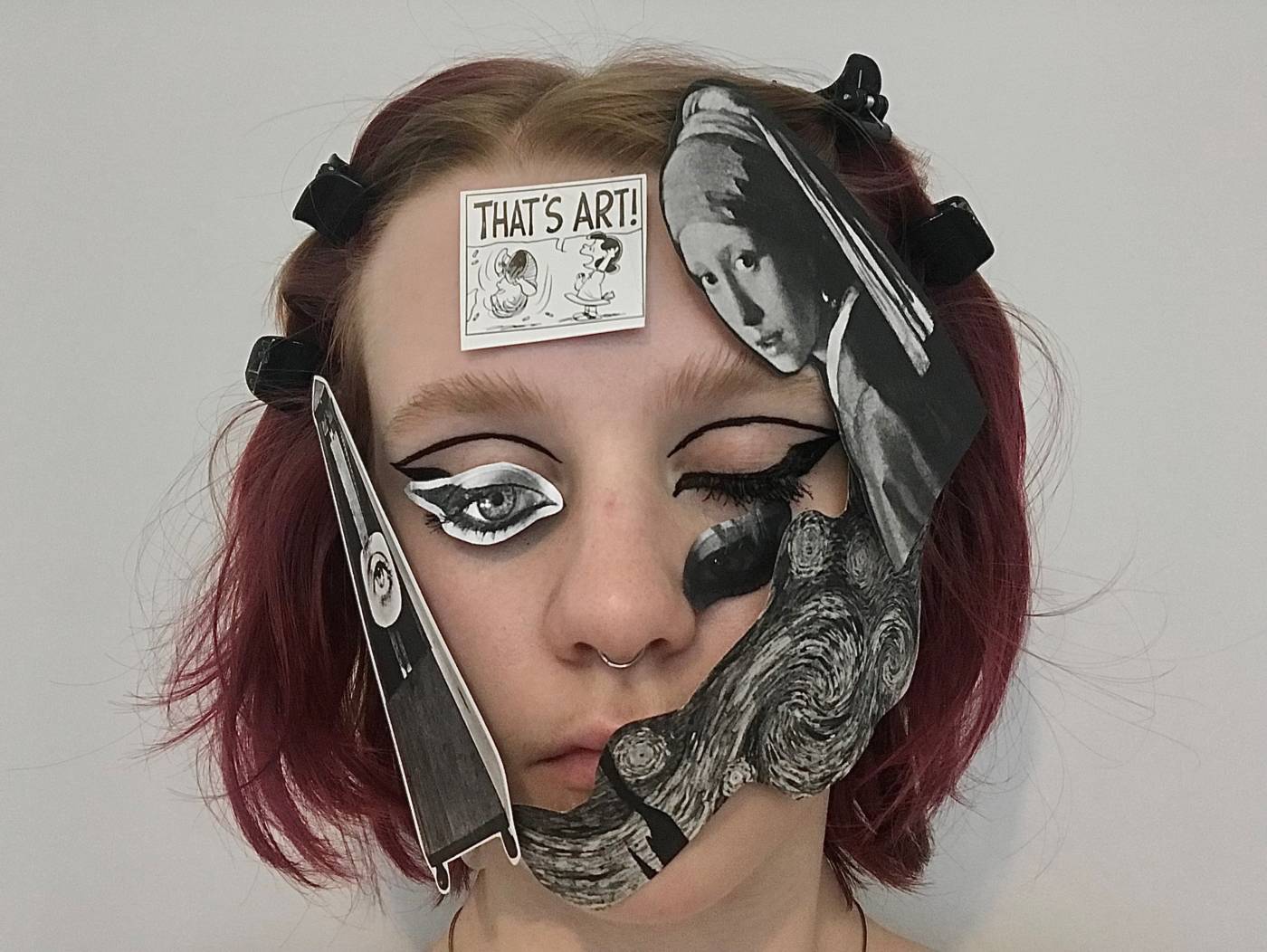
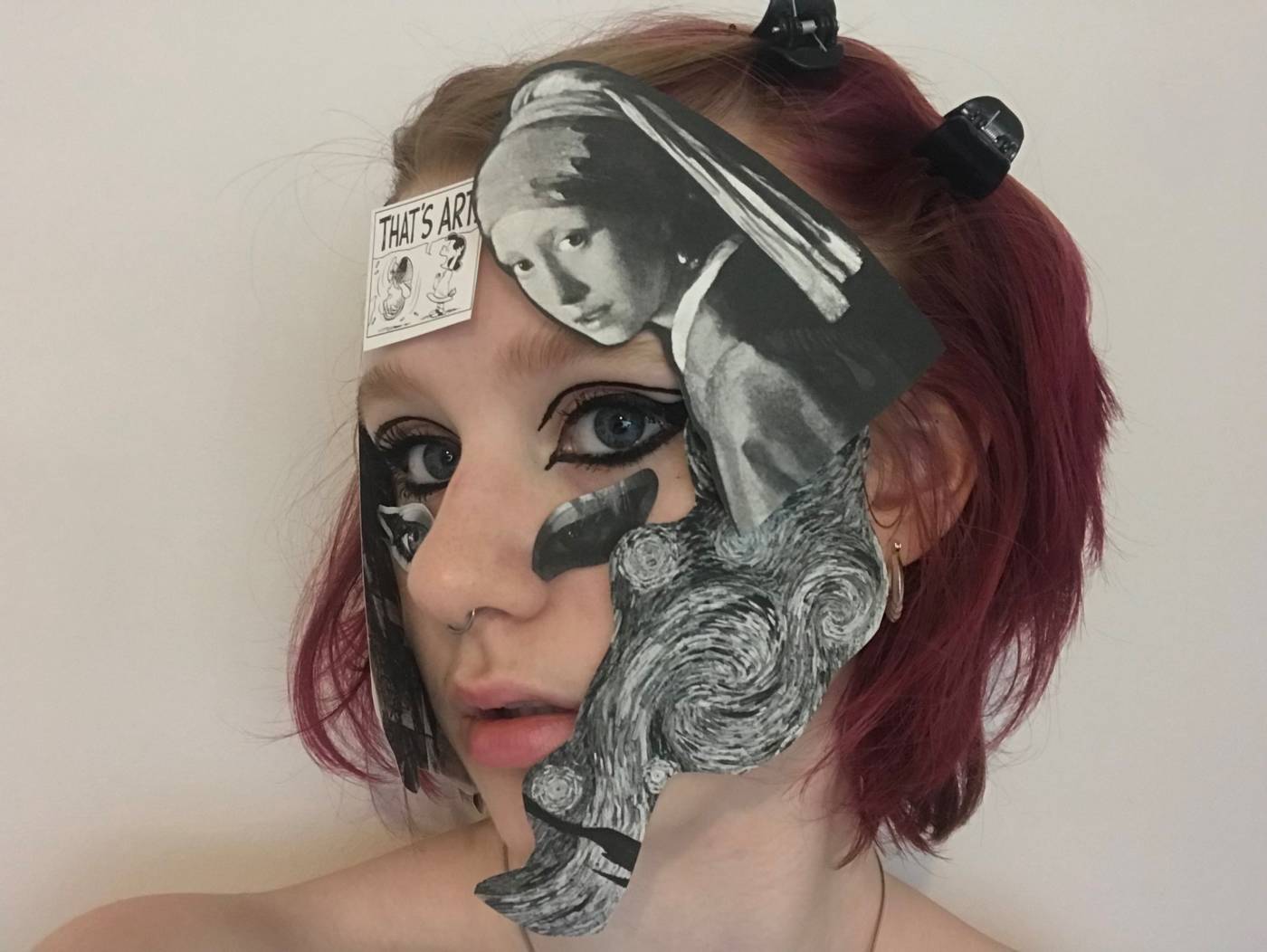
“You Can No Longer Wear a Cloth Mask on Campus”
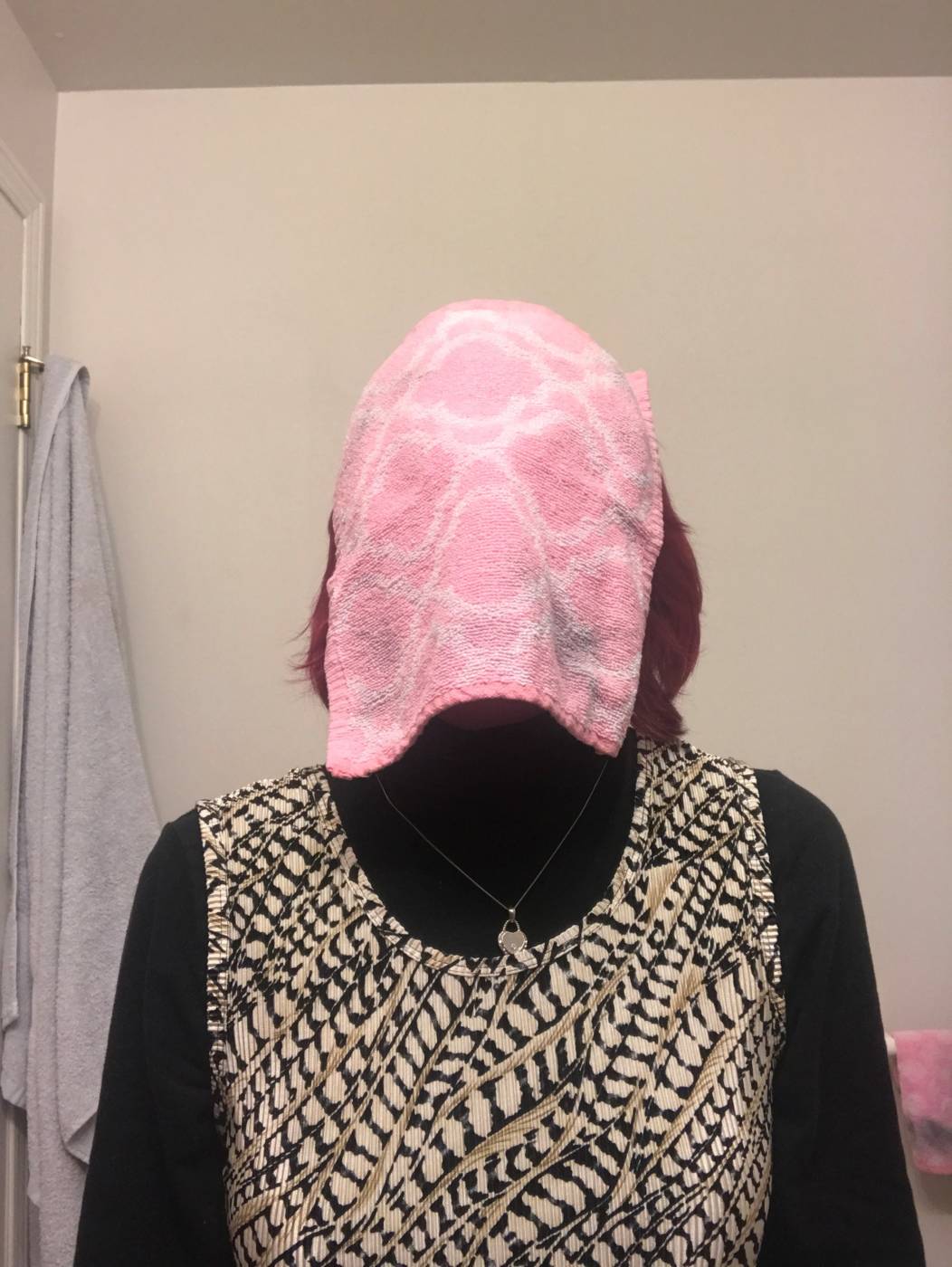
This piece came about early on during my mask experimentation and is definitely one of my favourites. Inspired by Nina Katchadourina’s Lavatory Portraits in the Flemish Style, I decided to look around in my bathroom for things I could wear as a mask. I ended up choosing a facecloth because it was one of the only items big enough to cover my entire face. Its materiality and title as a facecloth brought me to an association with cloth face masks used in the pandemic. It was recently announced that students at UofG are no longer allowed to wear cloth masks on campus, which is where the title of this image comes from. By no means am I upset about the fact that I can no longer wear a cloth mask to campus, I only want to reflect on the associations that I have made between these items and the current events taking place around me.
Other Experiments with Masks:
Here are some of the experiments that didn’t quite make my list of favourites, but are still worth sharing 🙂
Glasses as Masks inn Film: Experiment 2: ‘Masking’ Identity with Glasses
This was another one of the experiments I did with the idea of glasses as a mask. I wanted to reference the way that in movies glasses are used as a disguise to conceal characters’ identities. I was specifically thinking about the story of Superman, and how the only way Clark Kent hides his identity from day-to-day is that he puts on a pair of glasses and wears regular street clothes. In my two images, it remains clear that I’m still the same person, the only difference is that I’m wearing glasses. With this in mind, I find it interesting that the public in Superman buys Clark Kent’s disguise, given as his facial structure stays exactly the same with and without his glasses.
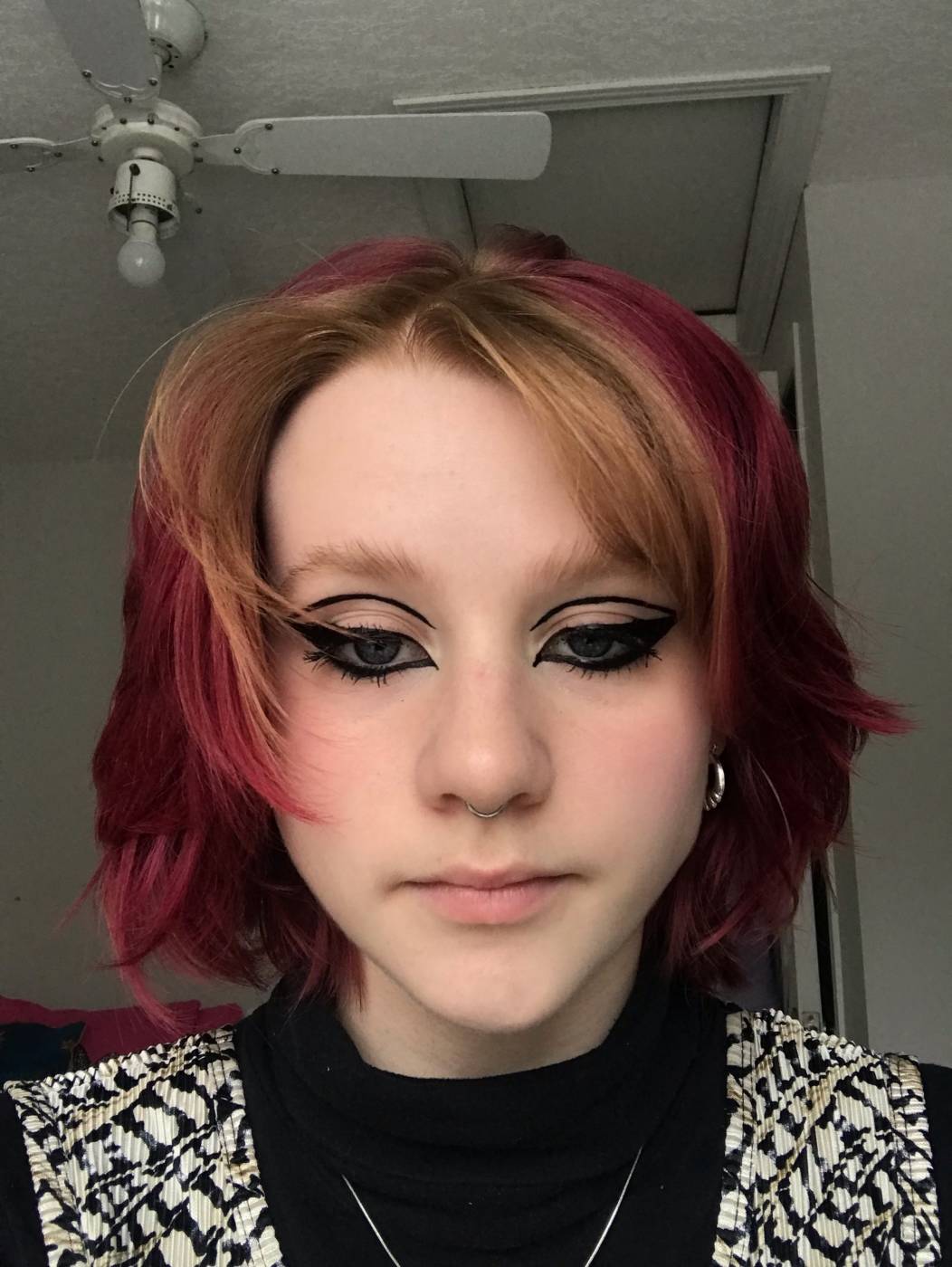
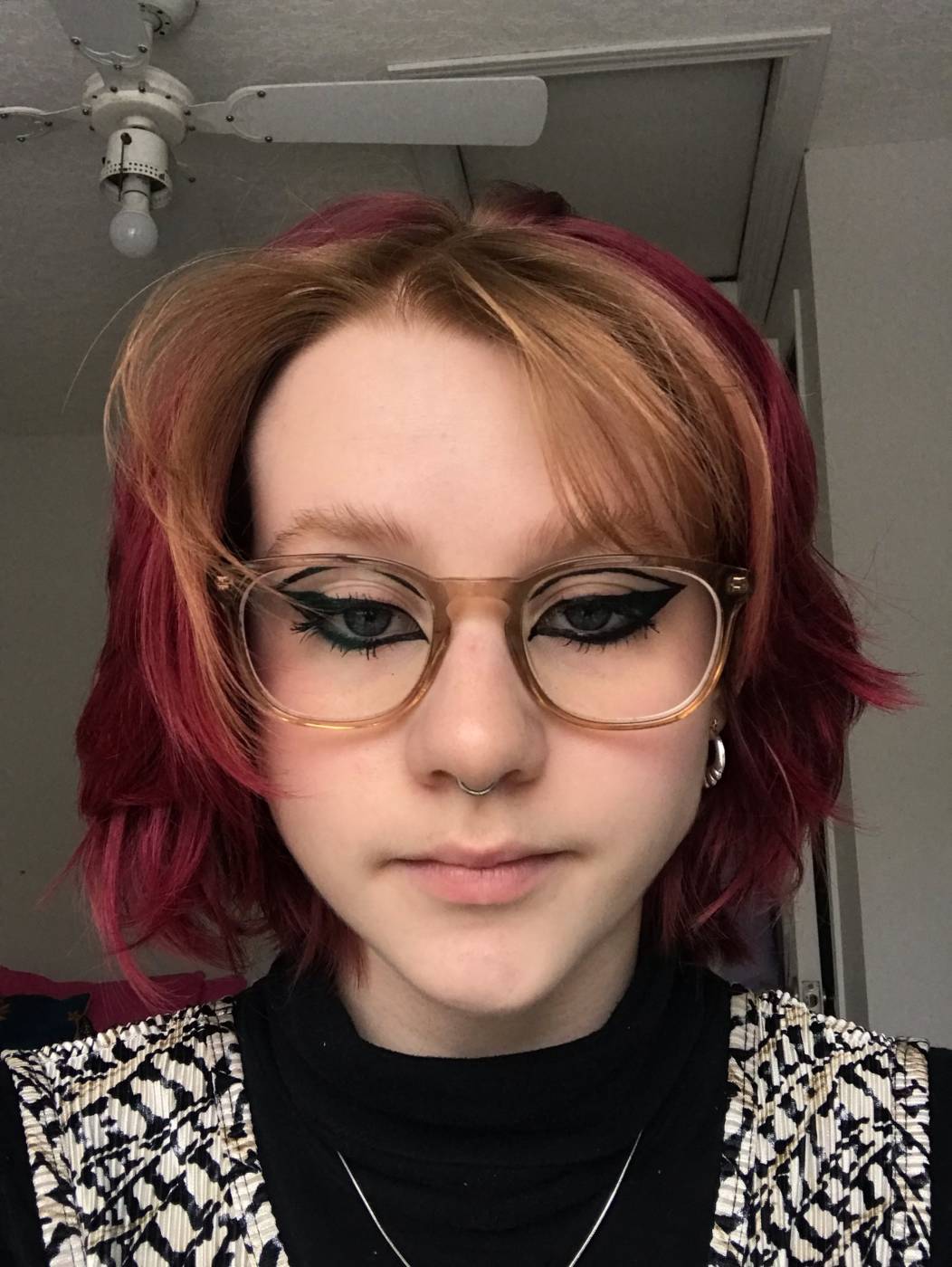
Hiding my face with sunglasses
This was my first experiment for this assignment. I started out taking things from my room and covering my face with them as a way to get inspired and gradually discover more interesting ideas. The first item I started with during this process was sunglasses. This experiment eventually led me to think about glasses as masks and to my exploration of movie tropes.
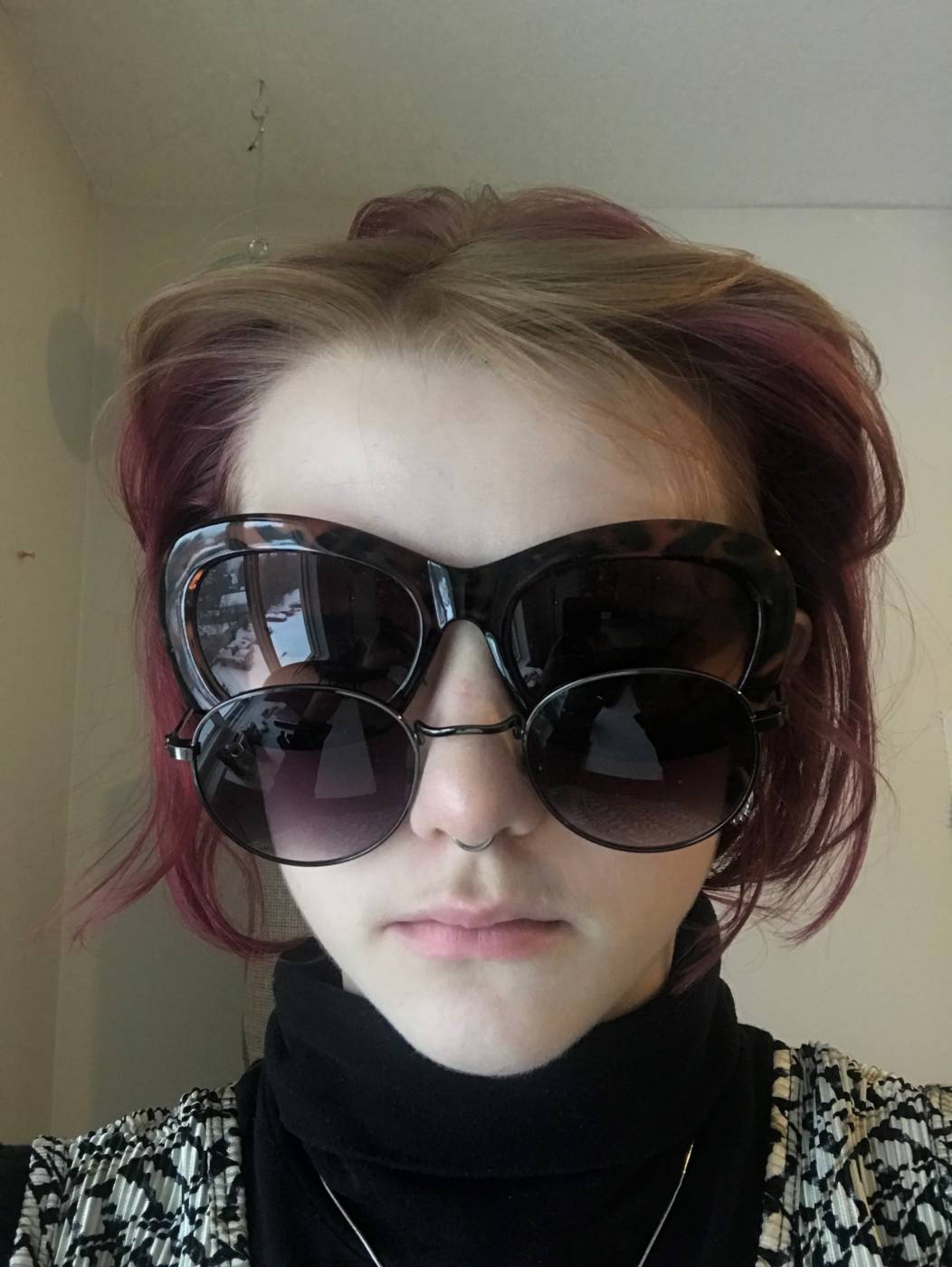
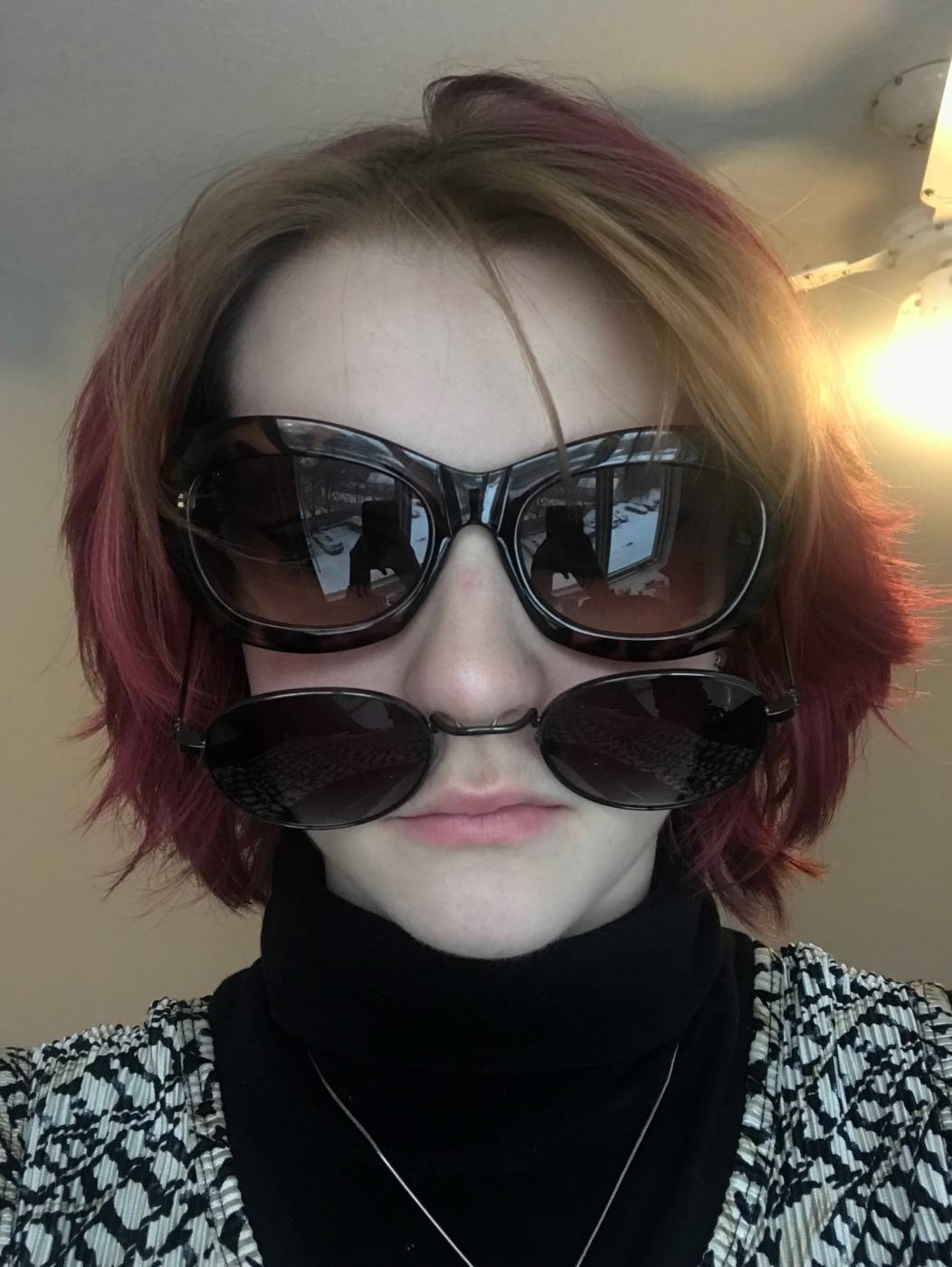
☆ Pandemic Portraits ☆
This has been a very interesting set of portraits to complete, and this activity has pushed me far out of my comfort zone in terms of talking to strangers and working with new technology. It was a challenging experience but helped me to realize that people are usually very kind and willing to have a conversation (and even share what they have pent up) if you take the first step to approach them.
Someone I Know: Pete
“I just finished a three-hour reading and I’m very happy you called so that I could get a break from my work.”
Someone I Don’t Know: Miriam
“Oh man . . . this could be a long one . . .” (in reference to the list of things that she had pent up she could talk about).
*When she mentions “coworkers like him,” Miriam is referring to Steve, who Sophia interviewed in one of her social distancing portraits*
Someone I Don’t Know: Amara
“I just wish things could’ve gone better.”
Since Miriam introduced herself at the beginning of her portrait, I was able to record another portrait of Amara. I have been having issues editing the audio on this one, but I did learn how to access the voice filter on DaVinci Resolve to try and solve some of the issues.
☆ Buttons ☆
“HELLO, my name is . . .” Buttons
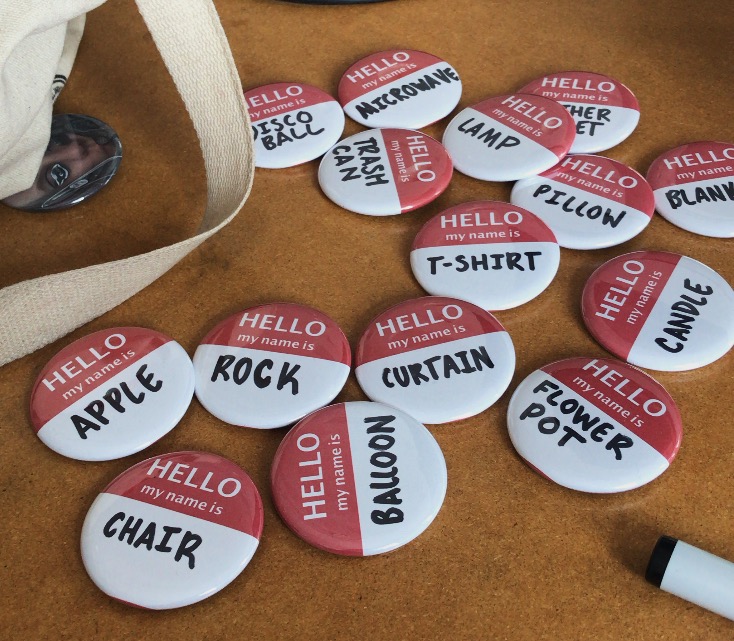
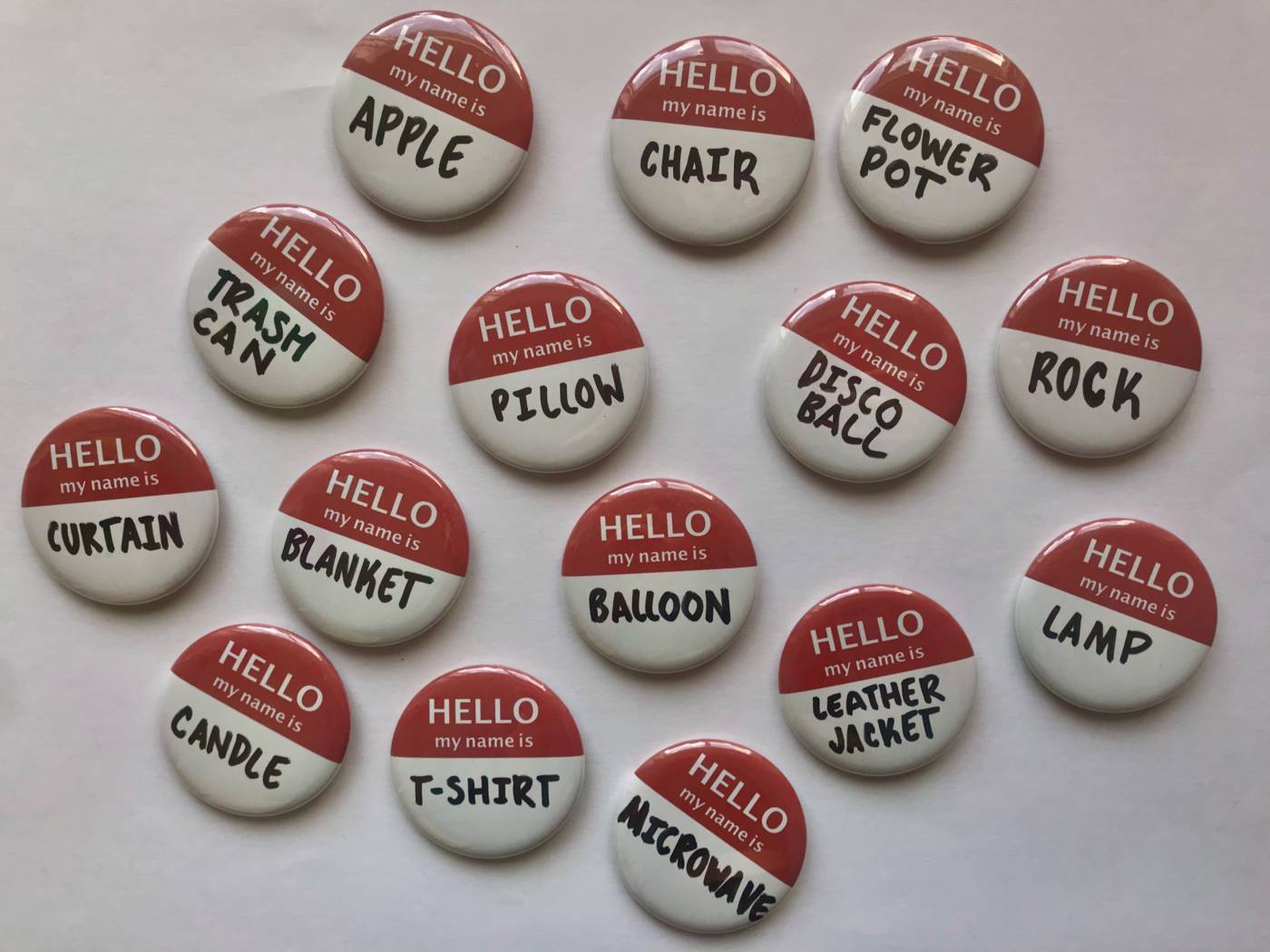
When I started brainstorming for this project, I wanted to explore the habit I have of naming inanimate objects. This habit stems from my sense of humour and also from a sense of attachment I grow to items including my plants (Evie and Van) and my phone (Craig).
My initial idea for my button project was to make a series of “HELLO my name is . . .” buttons and to write a different name onto each one. I then planned to pin them onto inanimate objects as a way to experiment with the ways in which giving them a name can alter their significance and importance to people, or to make them laugh if they share the same sense of humour as me.
With more thought, I came to settle on my final idea, which is meant to experiment with what can happen when pre-established titles of inanimate objects are shuffled around and placed in contexts they are not normally associated with. My final series still includes the phrase “HELLO my name is” but deviates from the typical format of a name tag. Each button has the name of an inanimate object written on it instead of a human name.
These buttons can be pinned in a way that is literal (i.e. “HELLO, my name is a chair” can be set on a chair). They can also be used to explore the process of how languages name objects (which can seem quite mysterious) by placing them onto an item they aren’t usually connected to (i.e. Pinning “HELLO, my name is rock onto a pillow can disrupt the connotations associated with both of these words. A person wearing the word rock can also disrupt the typical representation or meaning language has established for the term). If a person chooses to wear one of these pins, they might feel encouraged to act as an animated personification of the inanimate object on the pin they are wearing, bringing life and personality to an object that was once inanimate. Regardless of the context they are placed in, these buttons are meant to make someone consider and potentially challenge the associations and meanings they are reminded of when they read or wear the name of an inanimate object.
Examples of my buttons in use (according to my own associations):
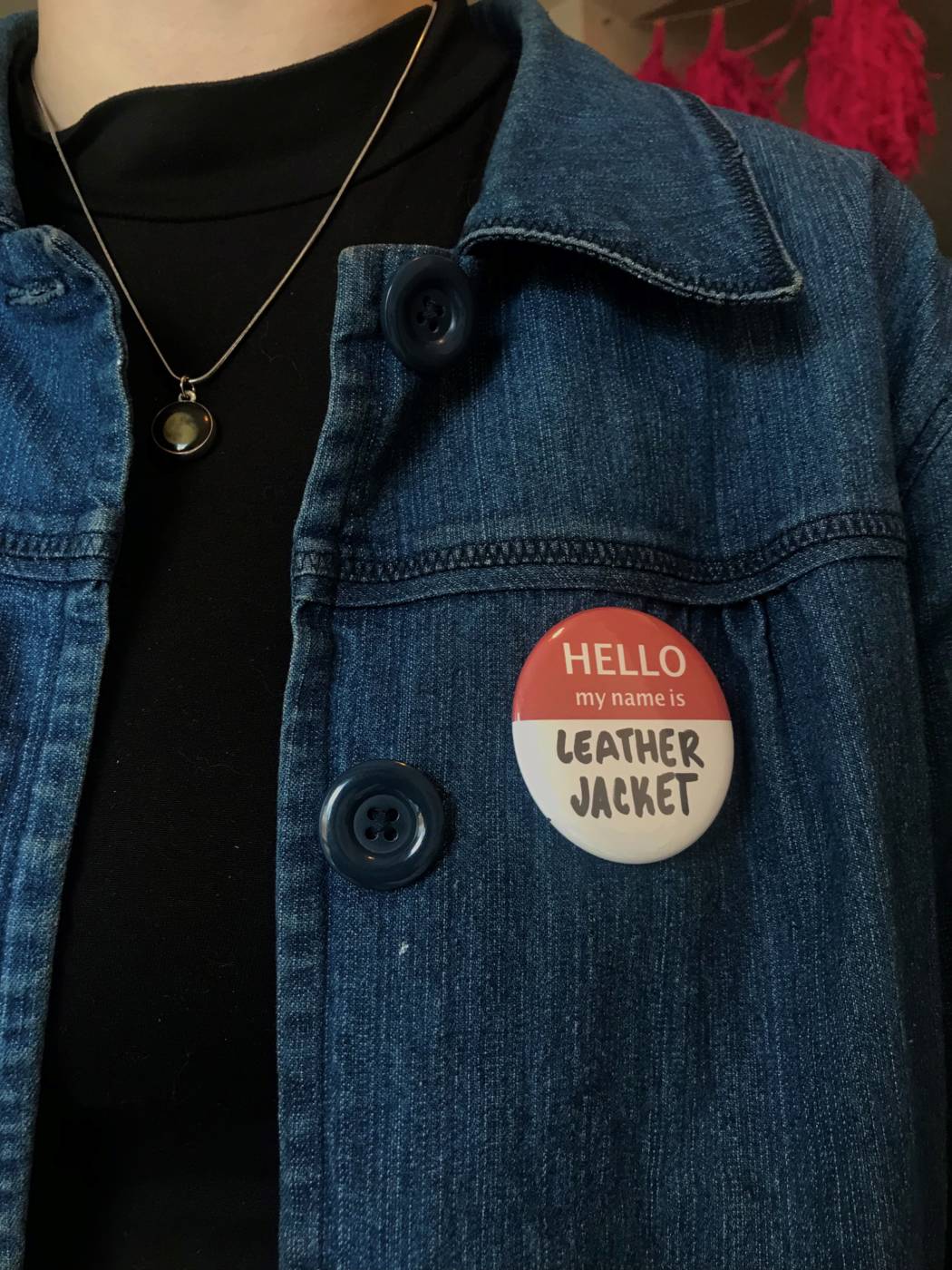
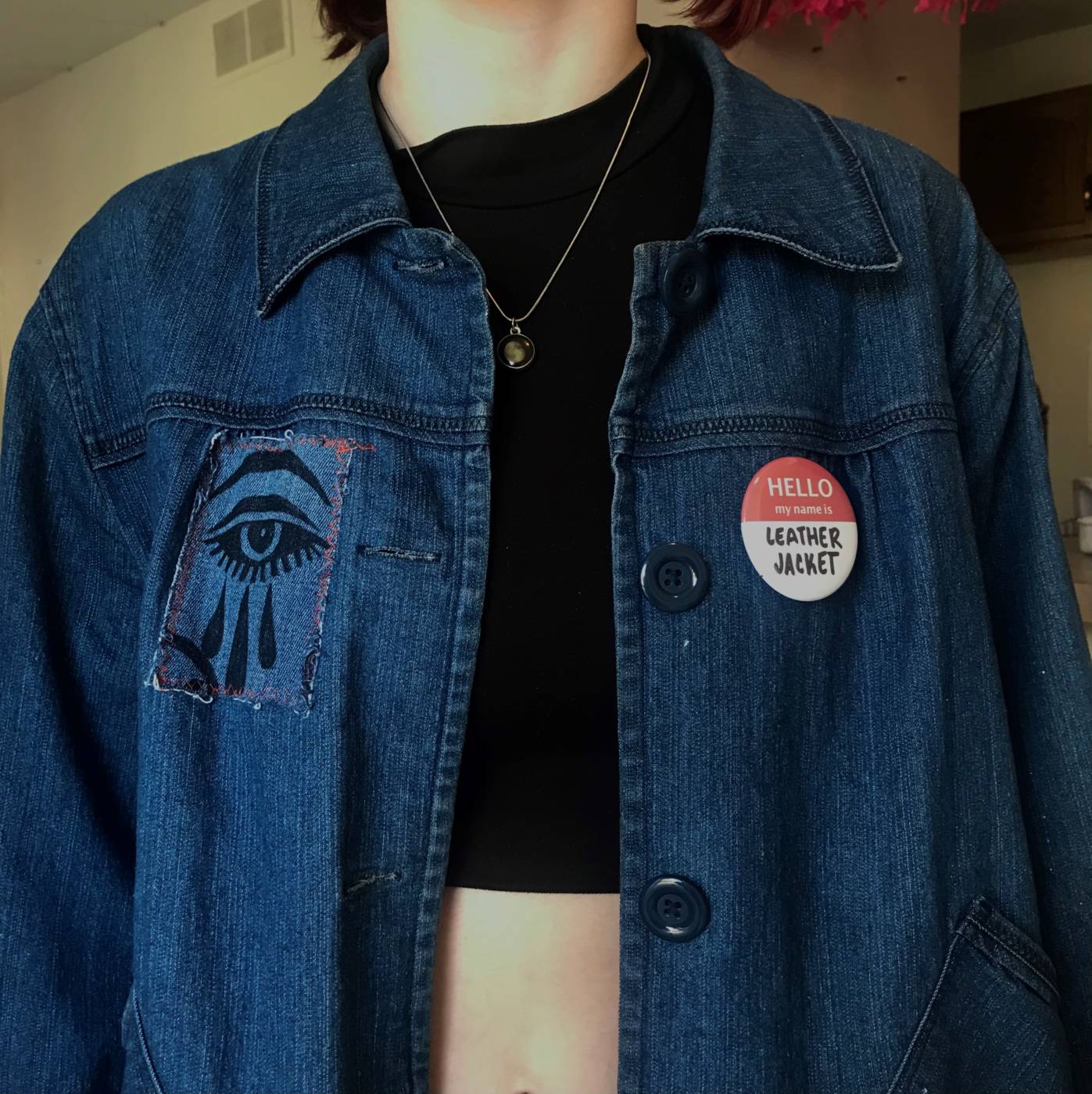
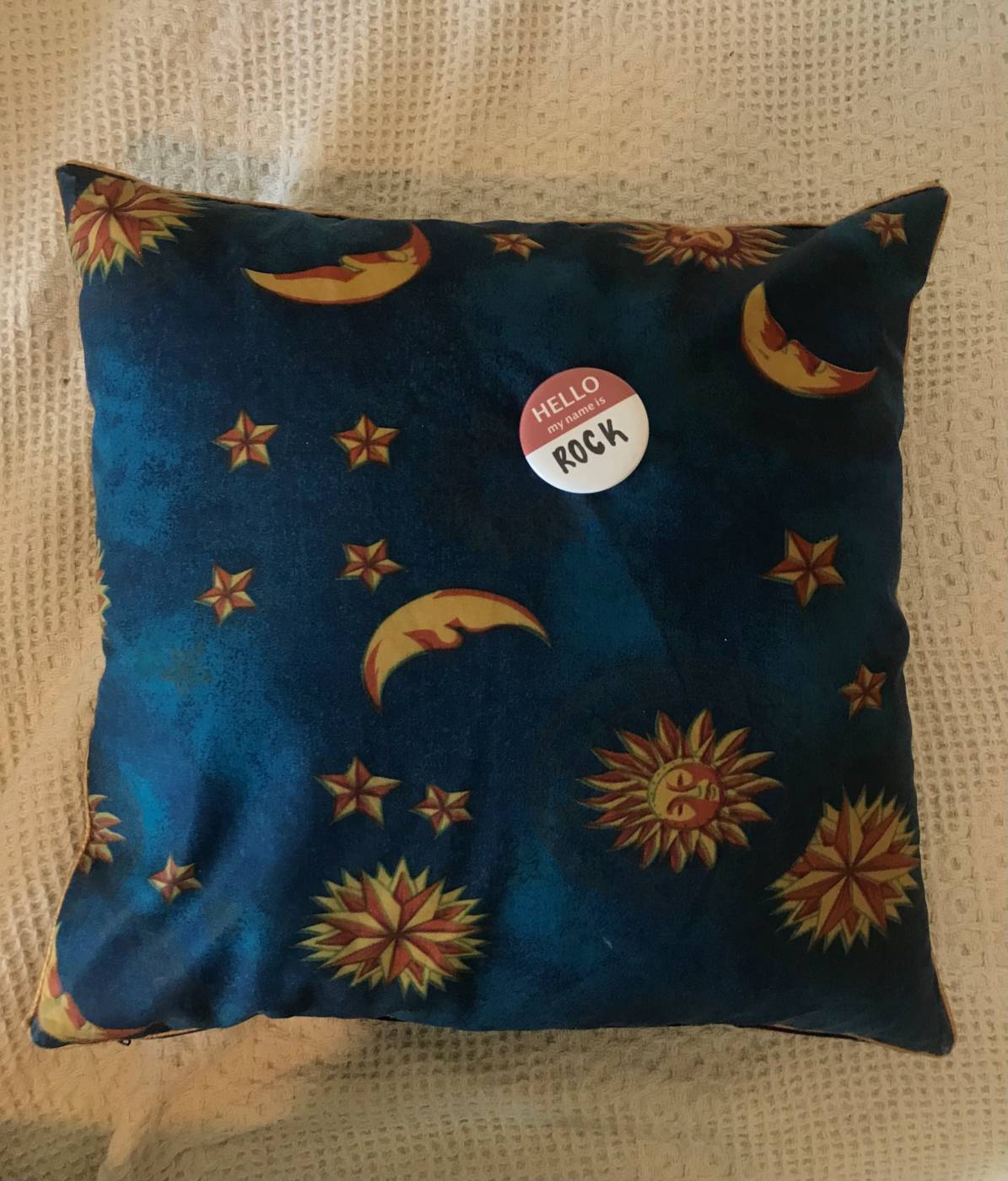
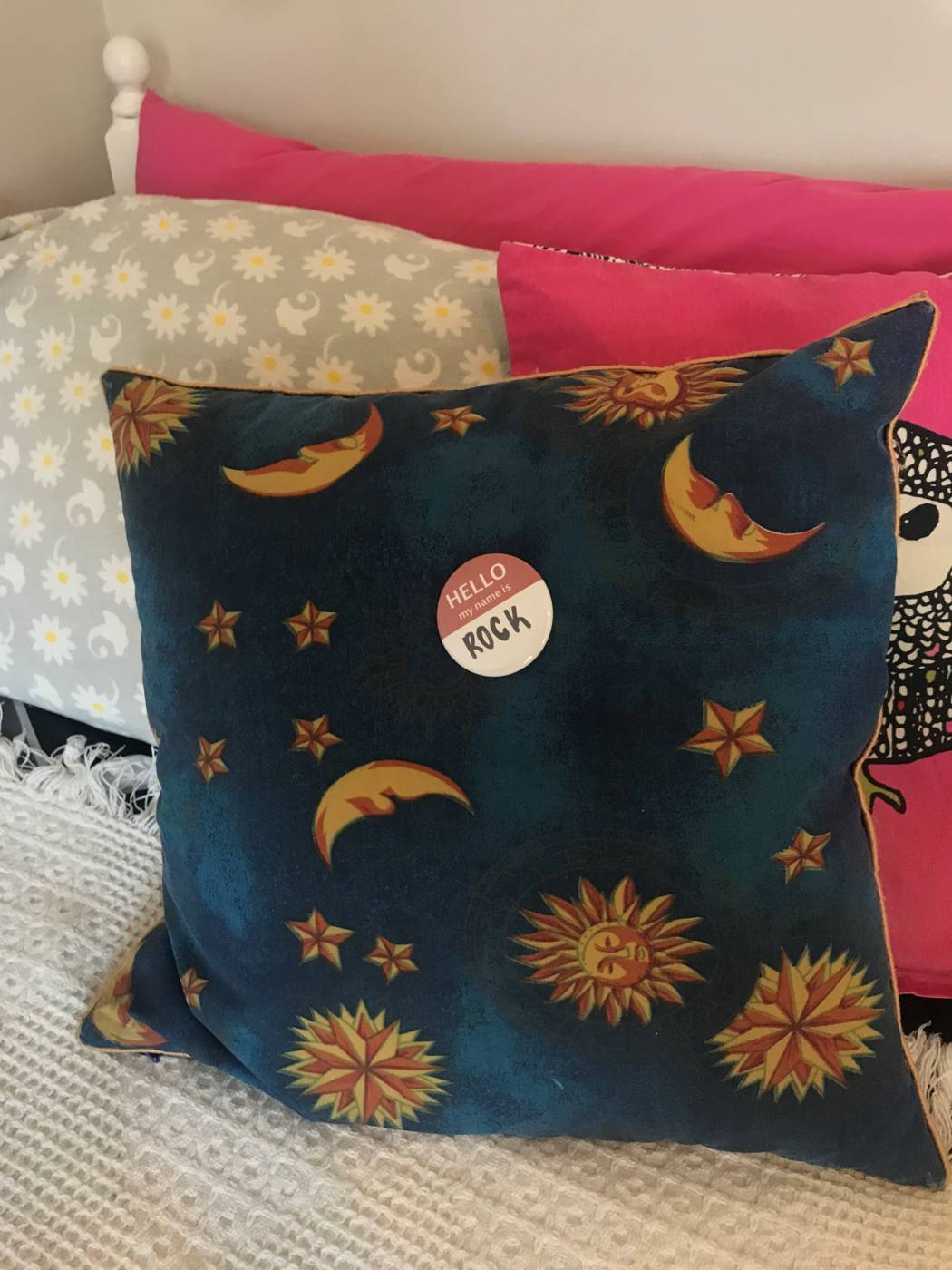
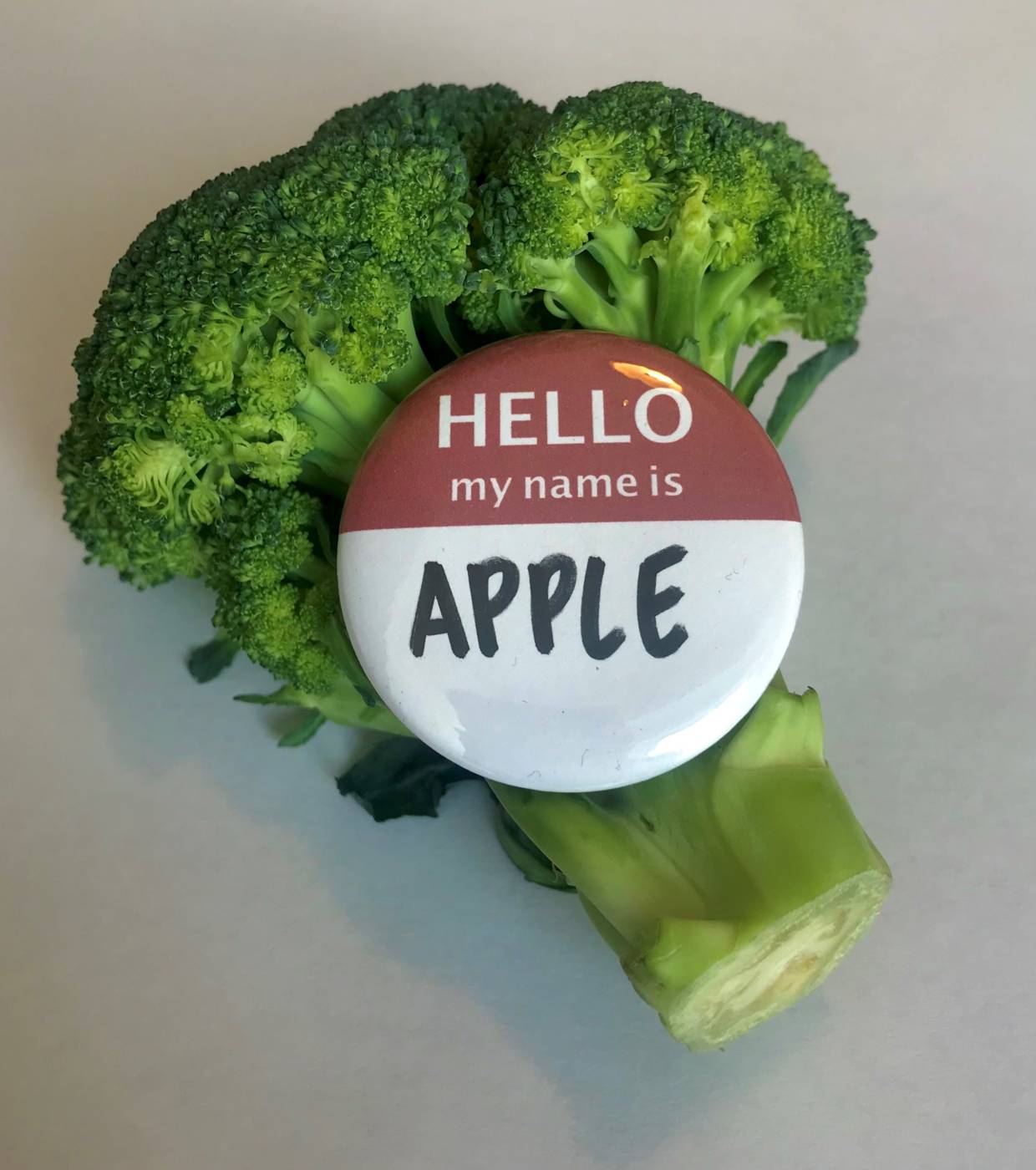
Our class + others wearing their buttons out in the world:
So far, my buttons have mainly been worn as name tags or pinned onto bags, which makes the most sense as these are the typical ways that buttons are used. I have found that when they are worn this way, they maintain the ability to get people to question the connotations associated with specific objects and the way these connotations shift when they are placed in an unusual context. People that have worn my buttons out have said that they made people do a double-take, laugh, or question the wearer about the meaning of their button.
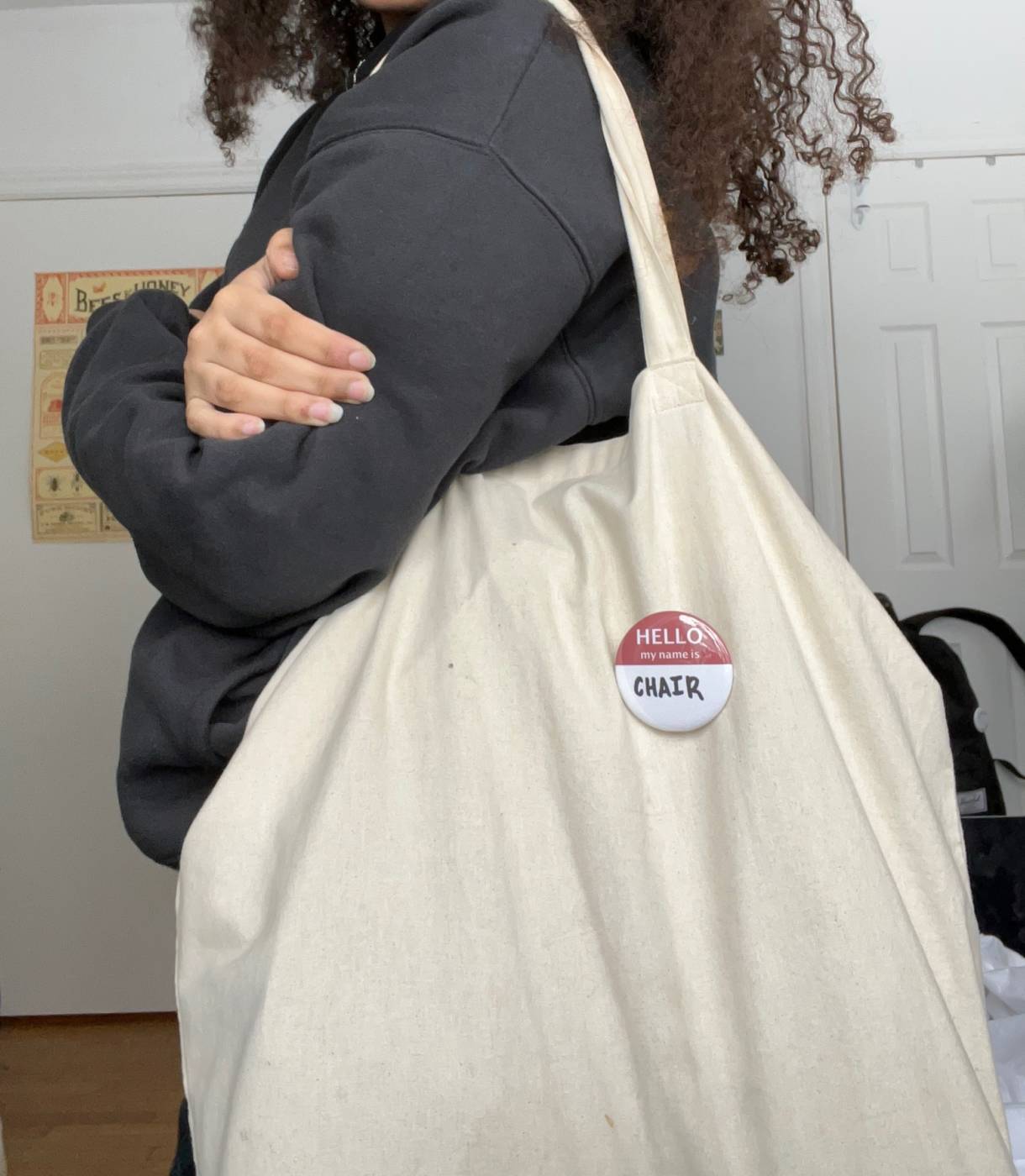
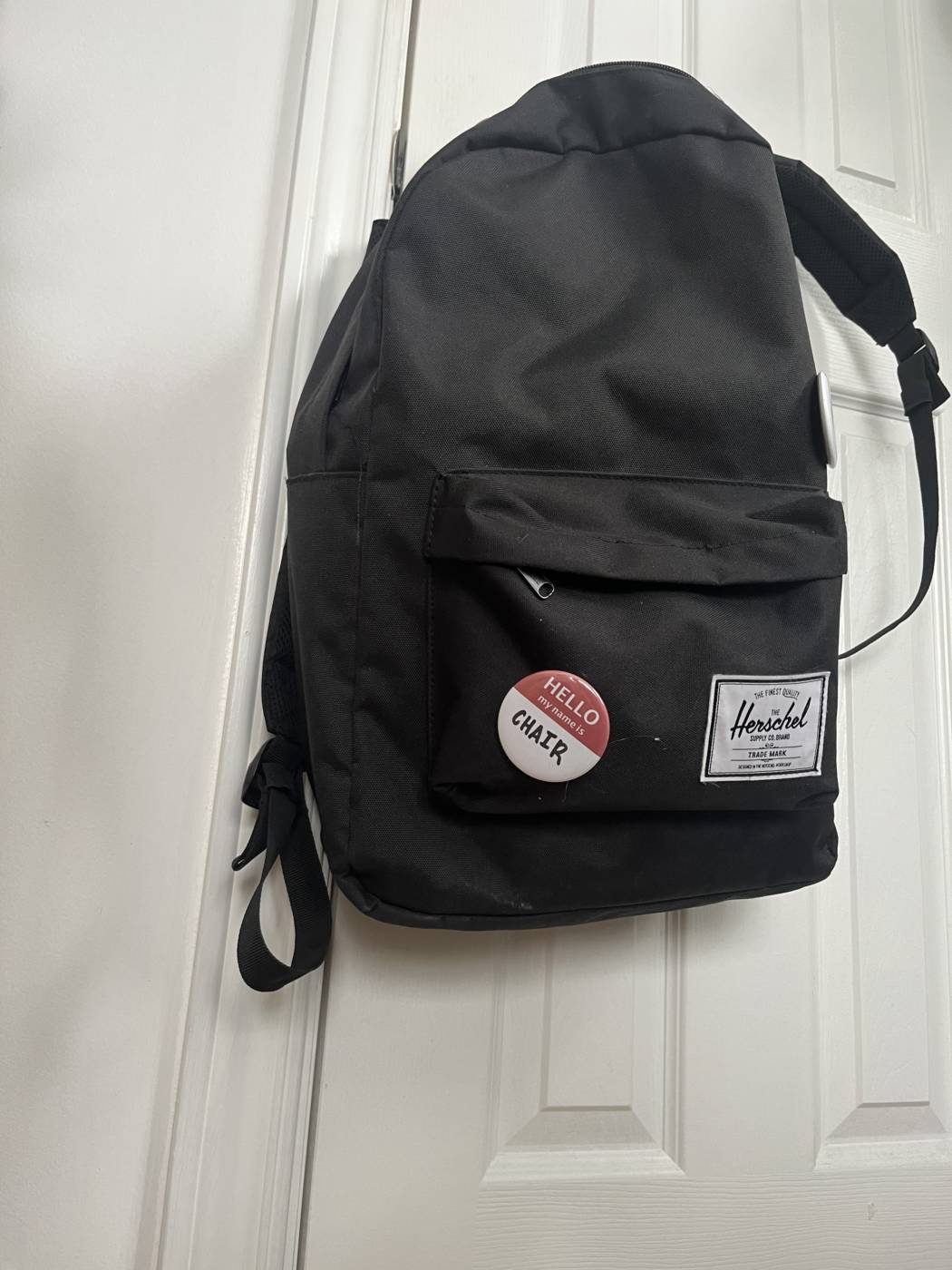
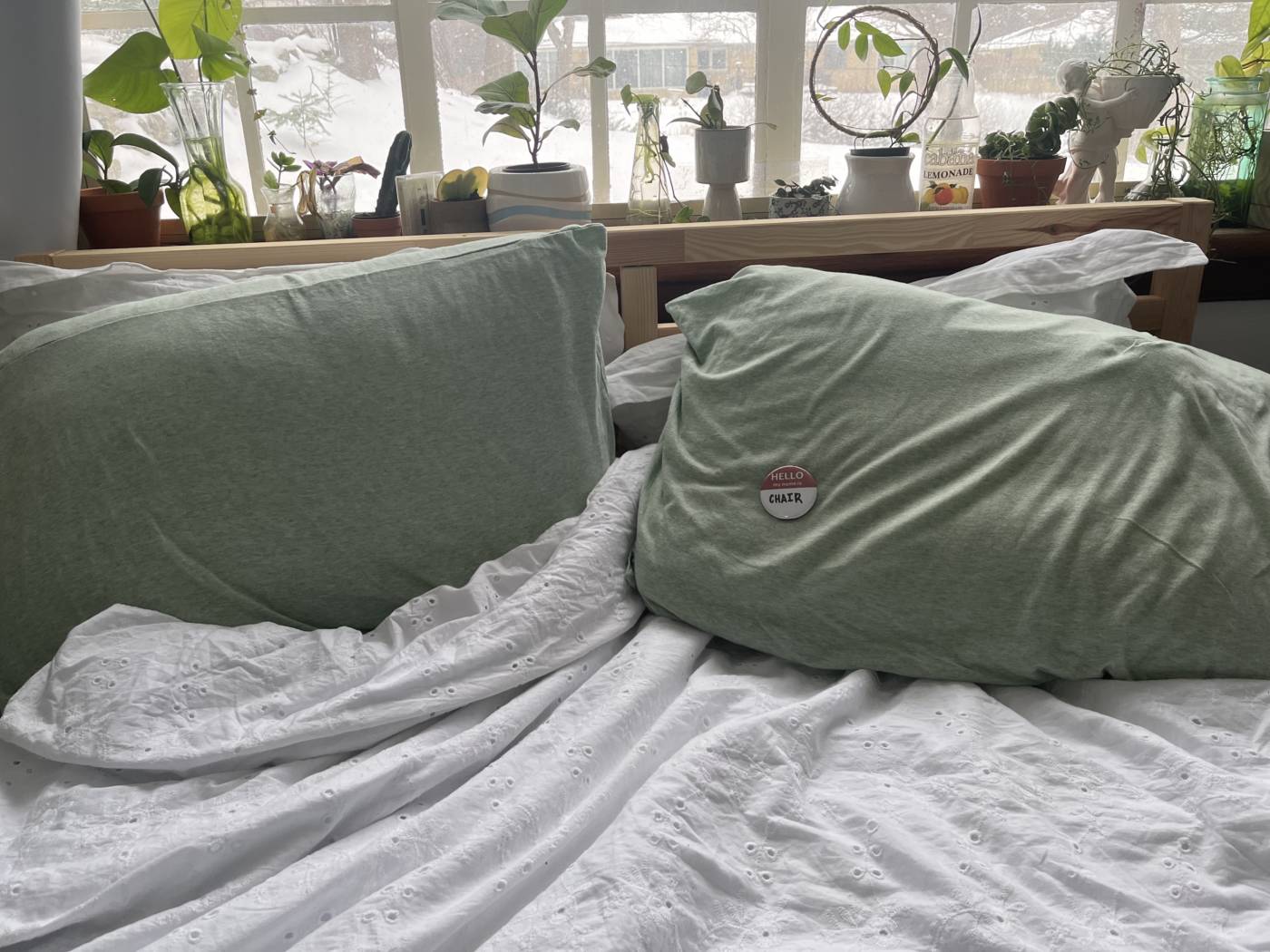
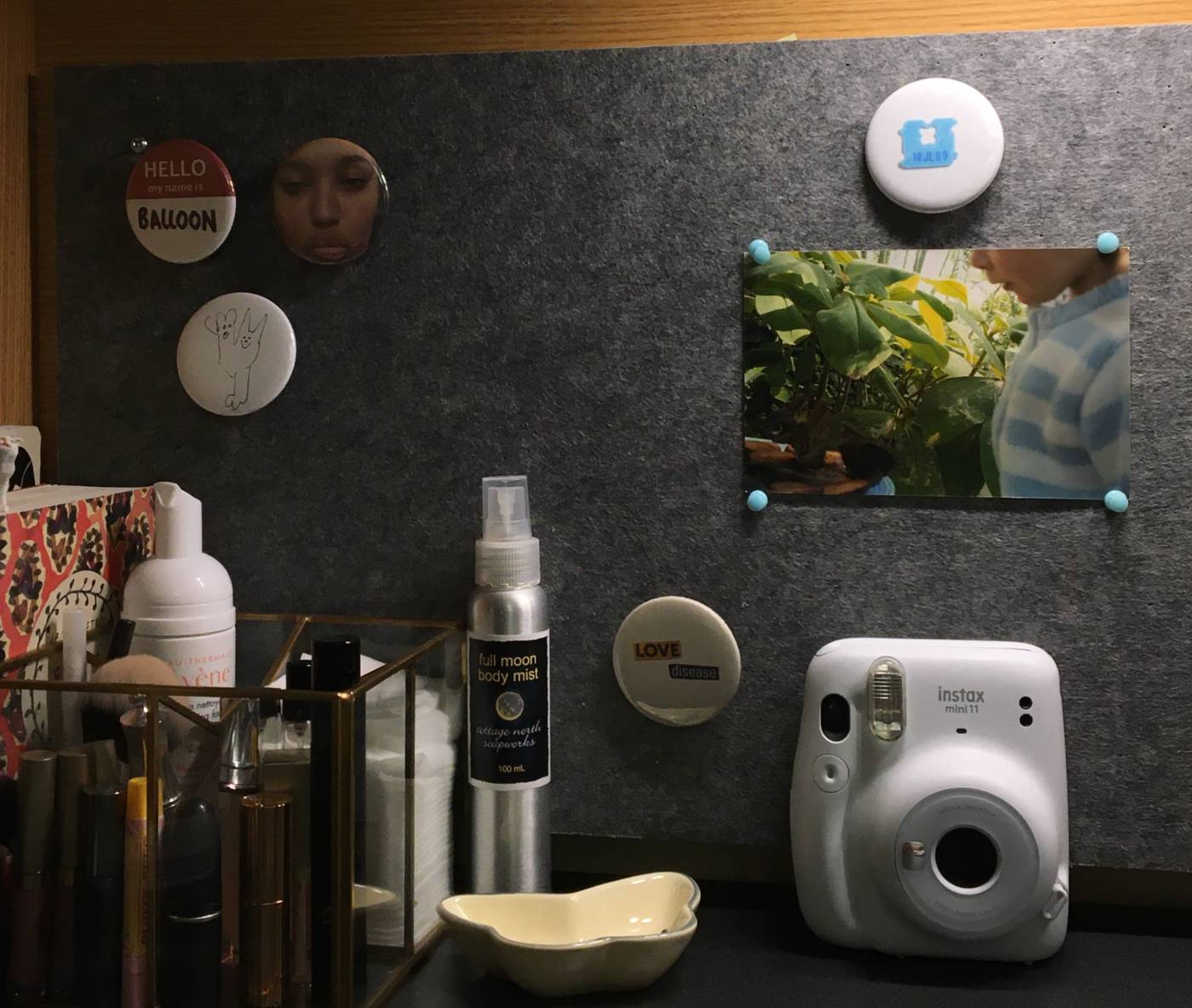
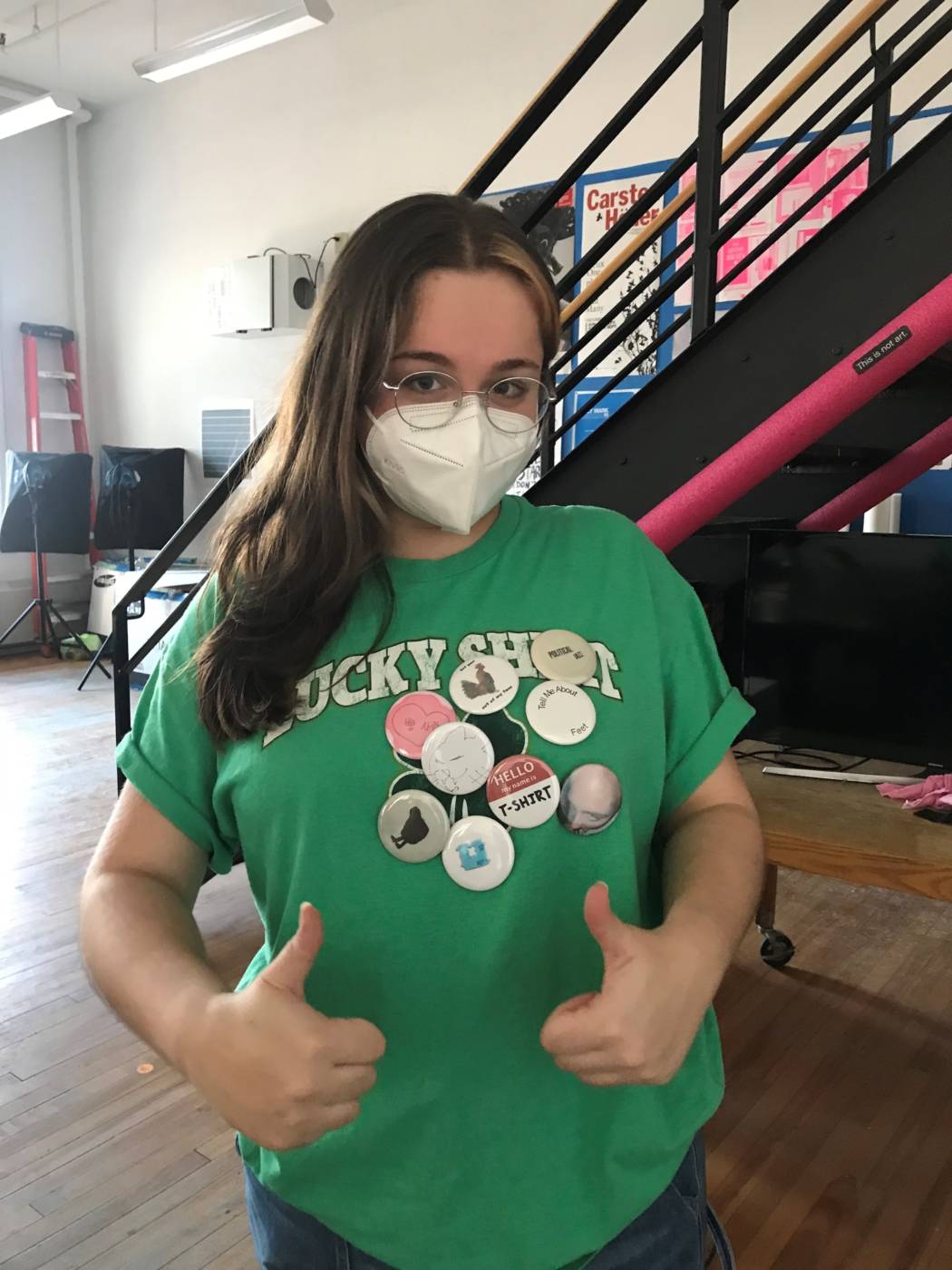
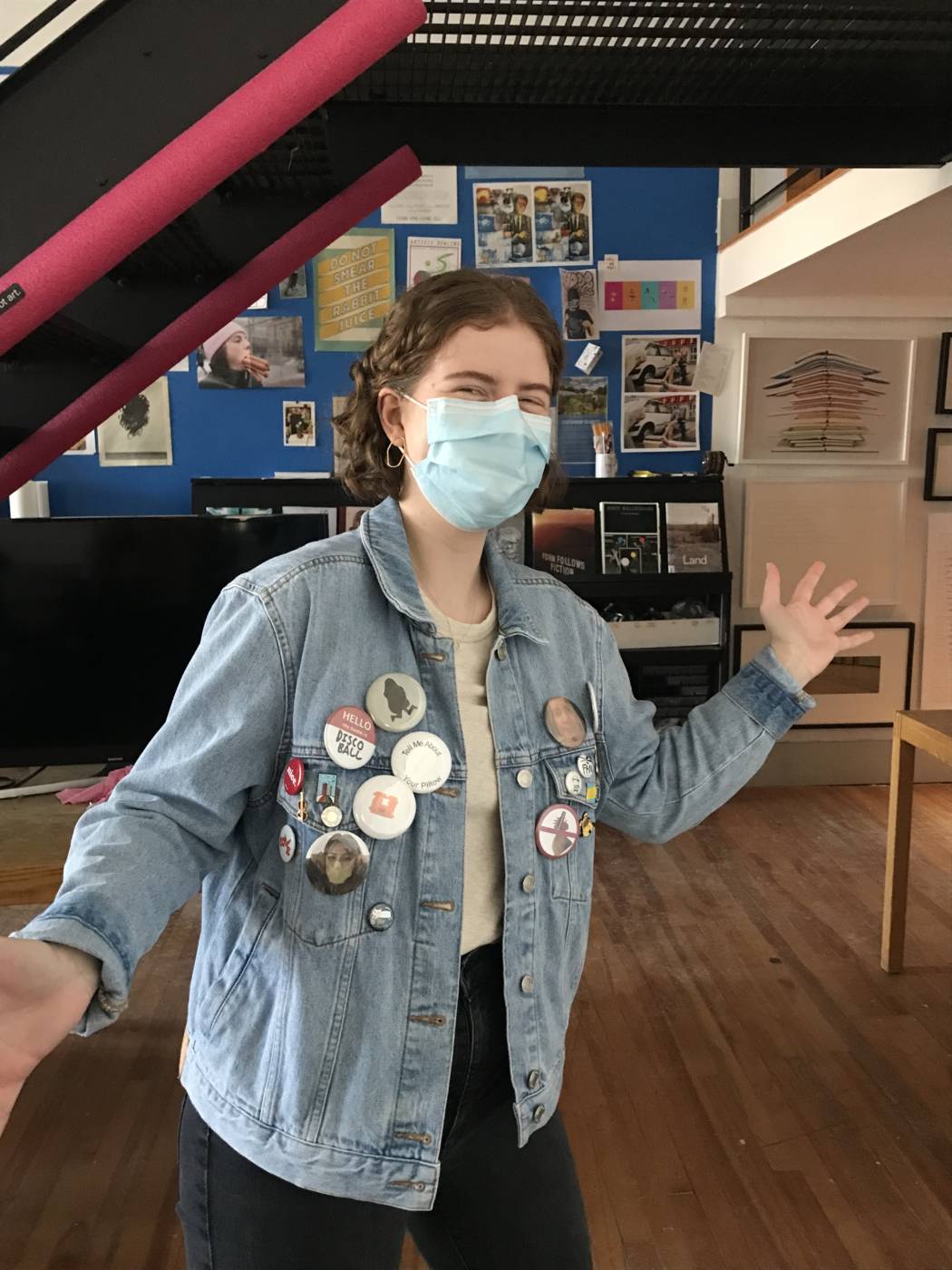
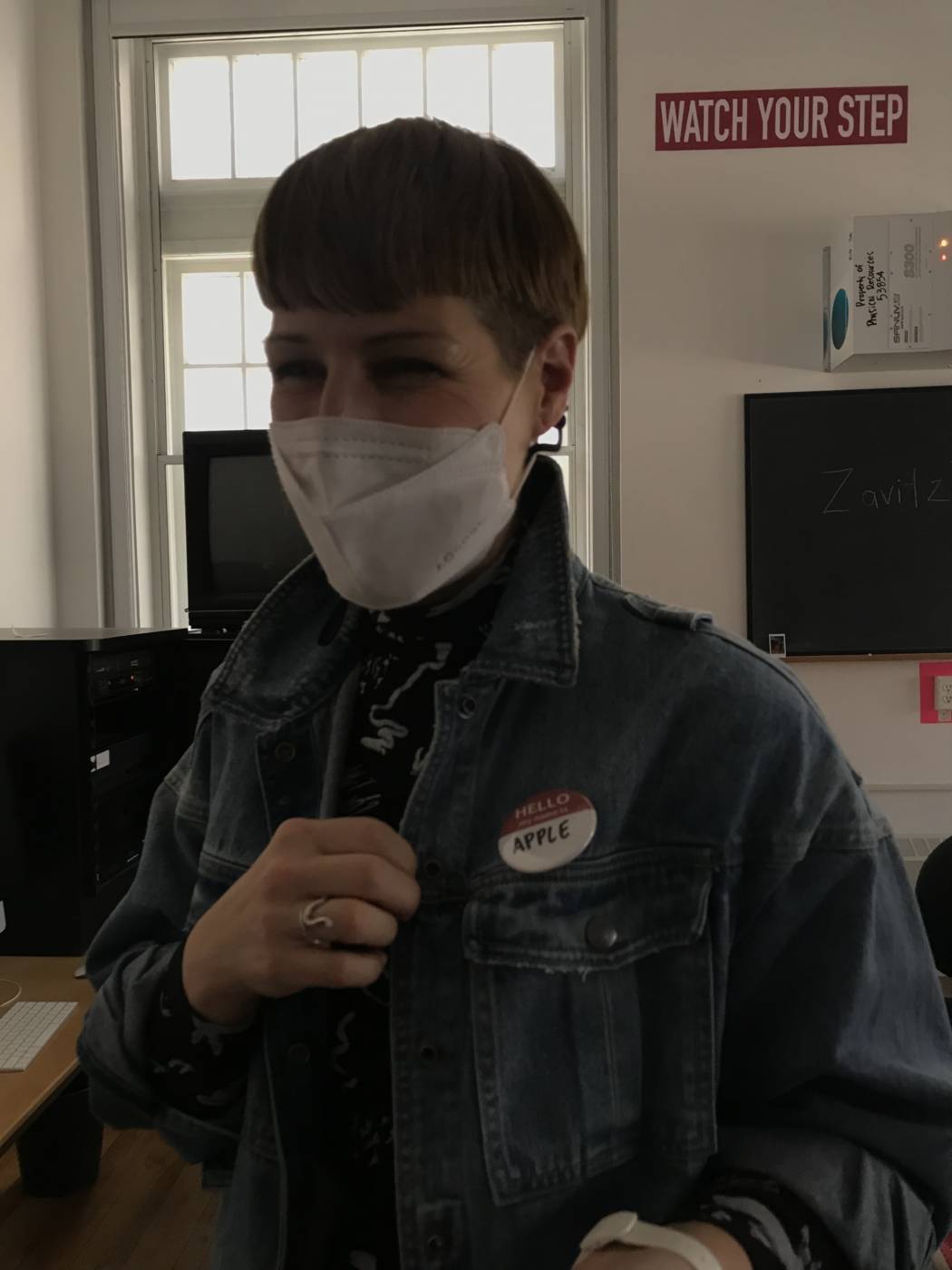
☆ Audio Art ☆
Brainstorming:
- an audio file of me learning to tap dance (as someone who has done tap once in their life) or improvising a tap dance with no experience
- inspired by the idea of creating music without any experience but applied to a style of dance I have no experience with
- a compilation of people doing their best tap dance or making a rhythm with their feet
- 15 seconds per person – get 4 people to dance
- could also have 10 seconds a person and get 6 people to dance)
- titles: “do your best tap dance” “show me your best tap dance” “6 tap dance improvisations”
- meant to capture a sense of the person’s personality in the way that they approach the tap dance prompt
- make a song from the scraping of my annoying desk chair
- a narration of every move I make for the span of an audio piece
- speaking every thought that comes to mind for the duration of an audio piece
- a list of every question I ask myself or others in a day
- audio portrait of the sounds of getting ready for a party/to go out
A Pre-Party Audio Portrait
Of the two audio works I completed, this one feels the most resolved because it has a clear beginning and end. In one take it captures the relatable experience of getting ready to go out and functions not only as a portrait of a moment before a party, but also as a self-portrait through the sounds of the products I used, the music I listen to, and the way I include my own voice.
5 Tap Dance Improvisations by 5 Individuals
Each ‘tap dance’ acts as a portrait of the person performing it, giving us a sense of their personalities through their improvisations.
This piece doesn’t feel fully resolved yet. After critique, I’ve thought about it more, and I do feel that the lack of tap shoes captures more of a sense of amateurish feel that aligns with the quality of the dances that I recorded. I believe it could be beneficial to announce each improvisation (i.e “Improvisation 1”) to make the work campier and comedic rather than ambiguous as the audio I currently have recorded would be more successful in this context.
☆ Conceptual Portrait ☆
Inspired by Sophie Calle’s work Take Care of Yourself, I wanted to create a conceptual portrait based on the concept of closure, working from a personal experience where a close friend of 12 years left me in nearly complete silence after the pandemic hit and we graduated high school.
I first thought about making posters that read “in search of closure,’ or printing out a letter to this person and posting it around Guelph (as we have coincidentally ended up in the same city) in hopes that they might see it.
Instead of passively sitting and having the signs search out closure for me, I decided it would be beneficial to act out the closure that I truly wanted in this situation. Even before starting this piece, I always pictured that I would run into this person on the street one day, and finally have the chance to tell them how truly upset I was but also to thank them for the lessons I was able to learn from the way they treated me. A phrase that I always pictured myself saying (even though I don’t think I’d have the guts to say this in person) was “fuck you but thank you.” Working with this phrase, I took all of the recurring thoughts I’ve had about our friendship since it ended, and organized them into a monologue that I performed and recorded. My performance acts as a conceptual portrait of the end of a friendship, of my perspective on the friendship, of myself, and of closure.
12 Years’ Closure
I feel that this video is the closest I can get to the proper closure I want to give myself without the presence of my friend. It is a reenactment of scenarios where I picture running into my friend in public, the only difference being that they aren’t there. I chose to film my monologue with a plain white background to communicate the way that I imagine this encounter happening in so many different locations, and to allow the viewer to add a bit of their imagination into the scene about where this one-sided conversation takes place.
12 Years’ Closure: Alternate Version
While this video is a less accurate depiction of the ideal closure that I’ve always thought about, I feel that putting the camera/viewer in the place of my friend who cut me off generates an interesting sense of confrontation and emotional intensity.
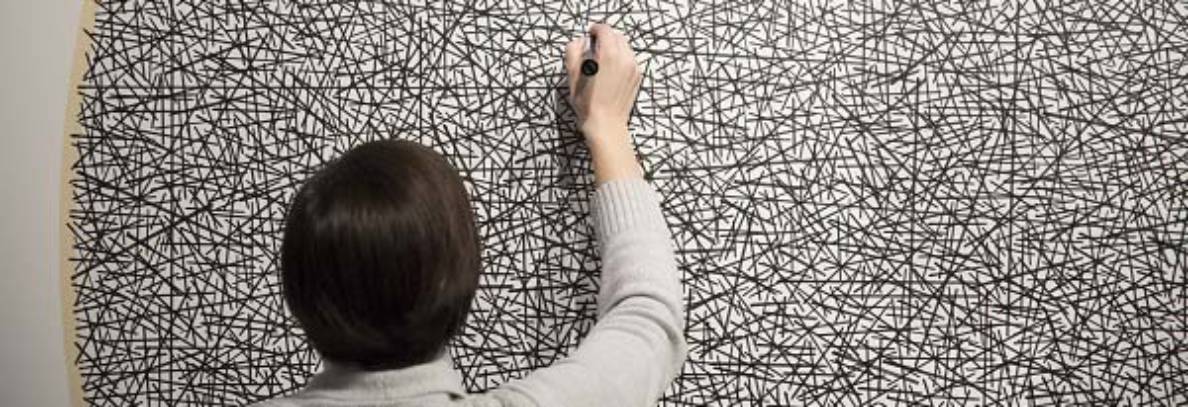
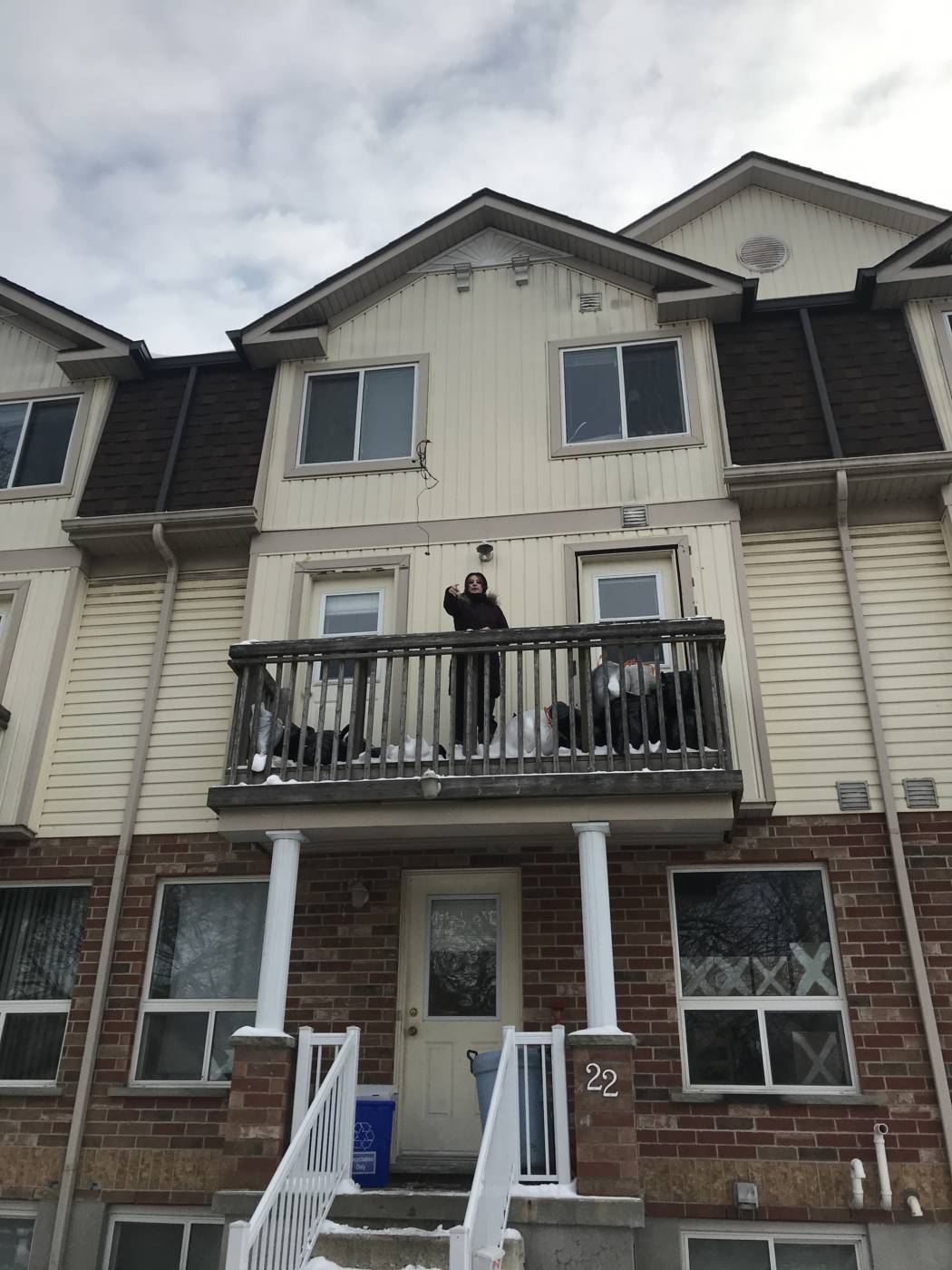
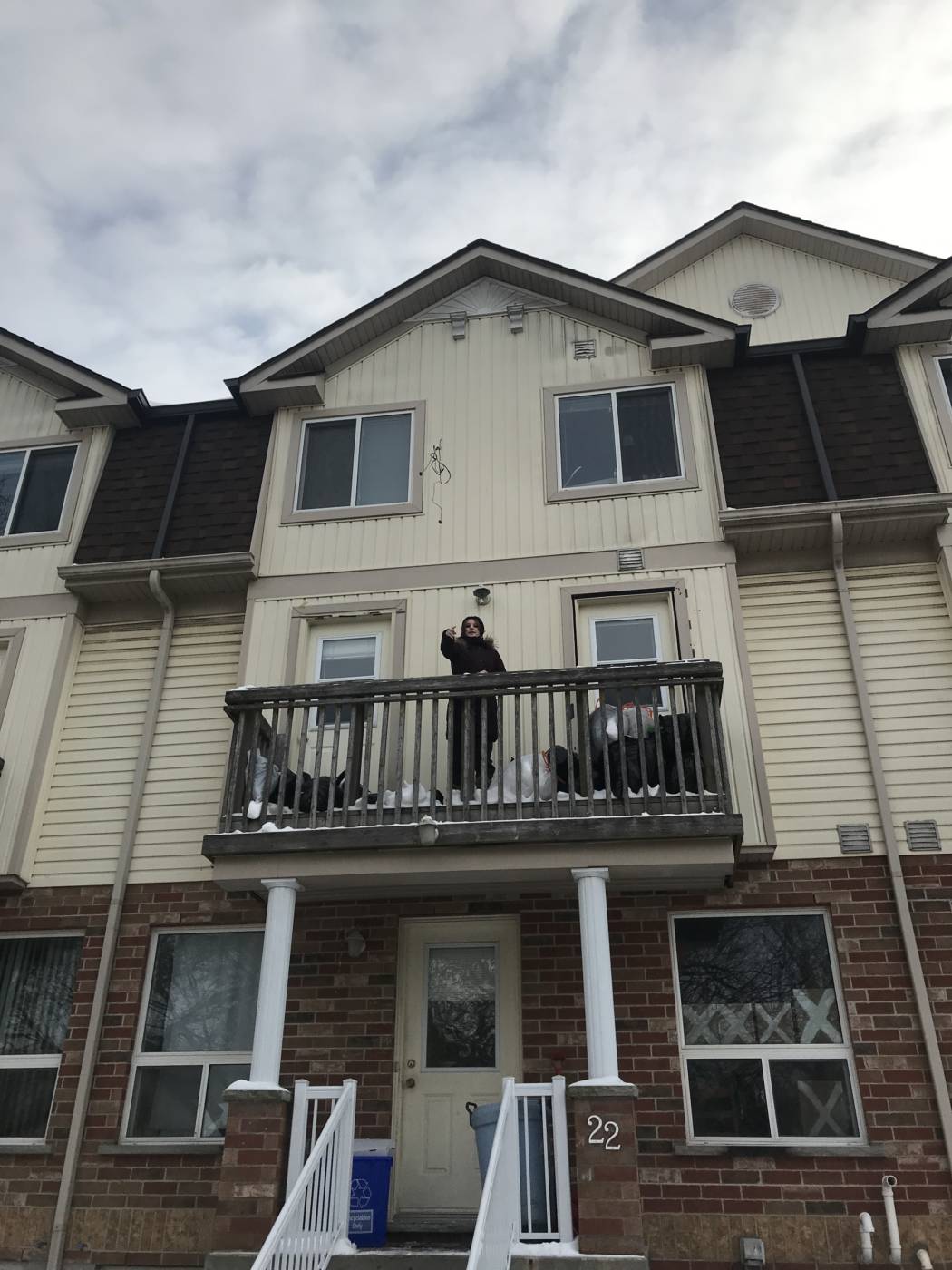
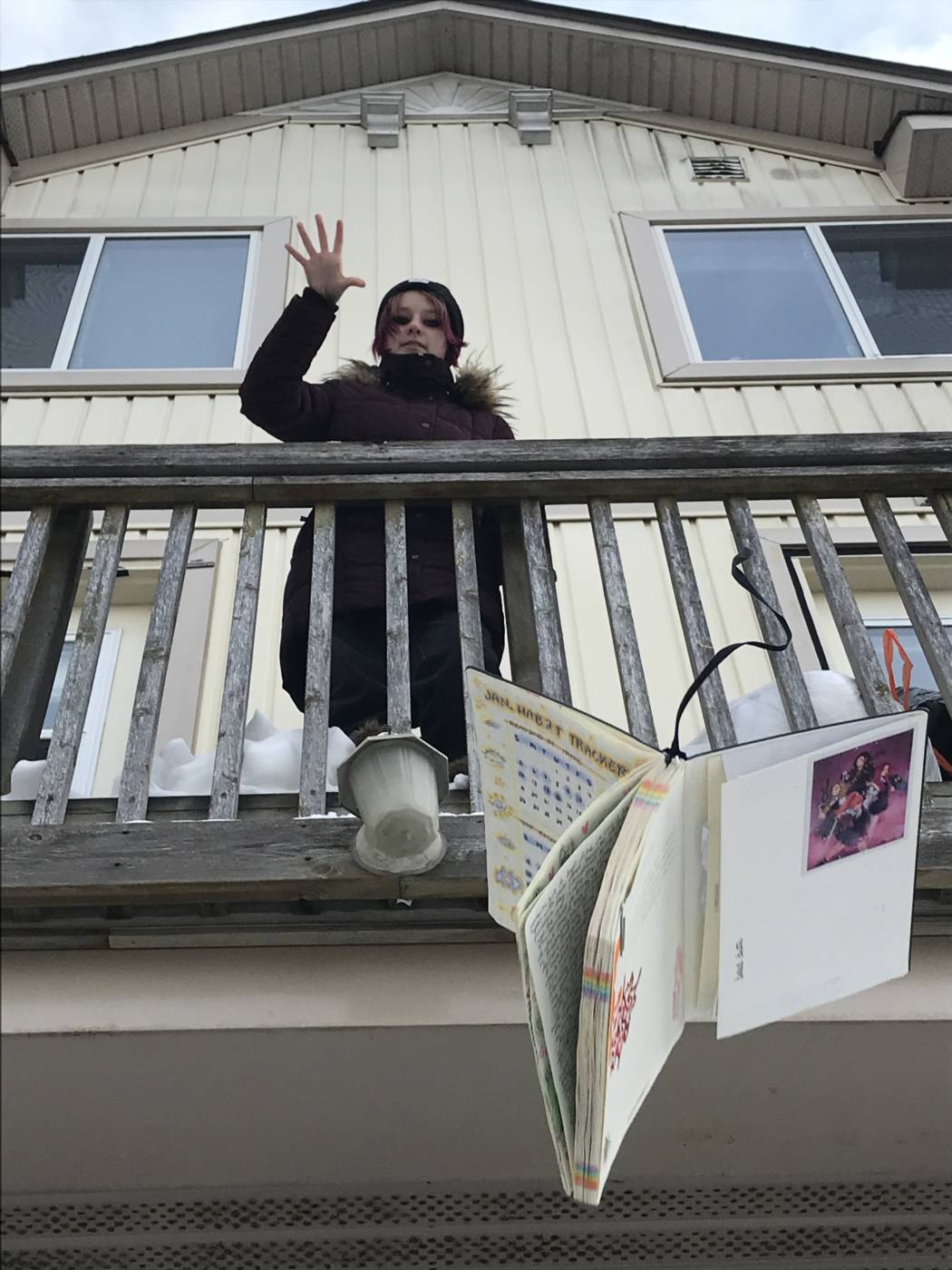
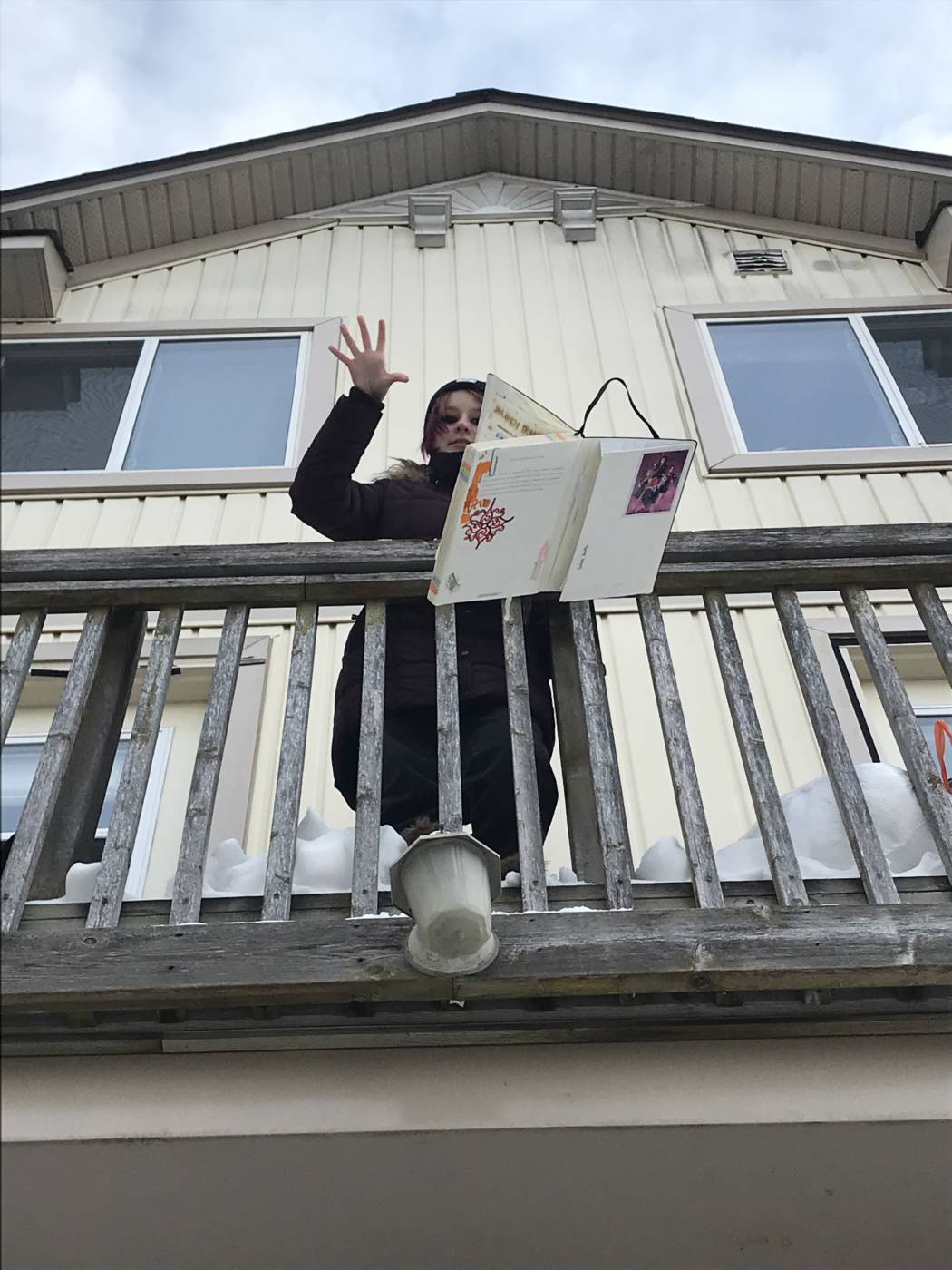



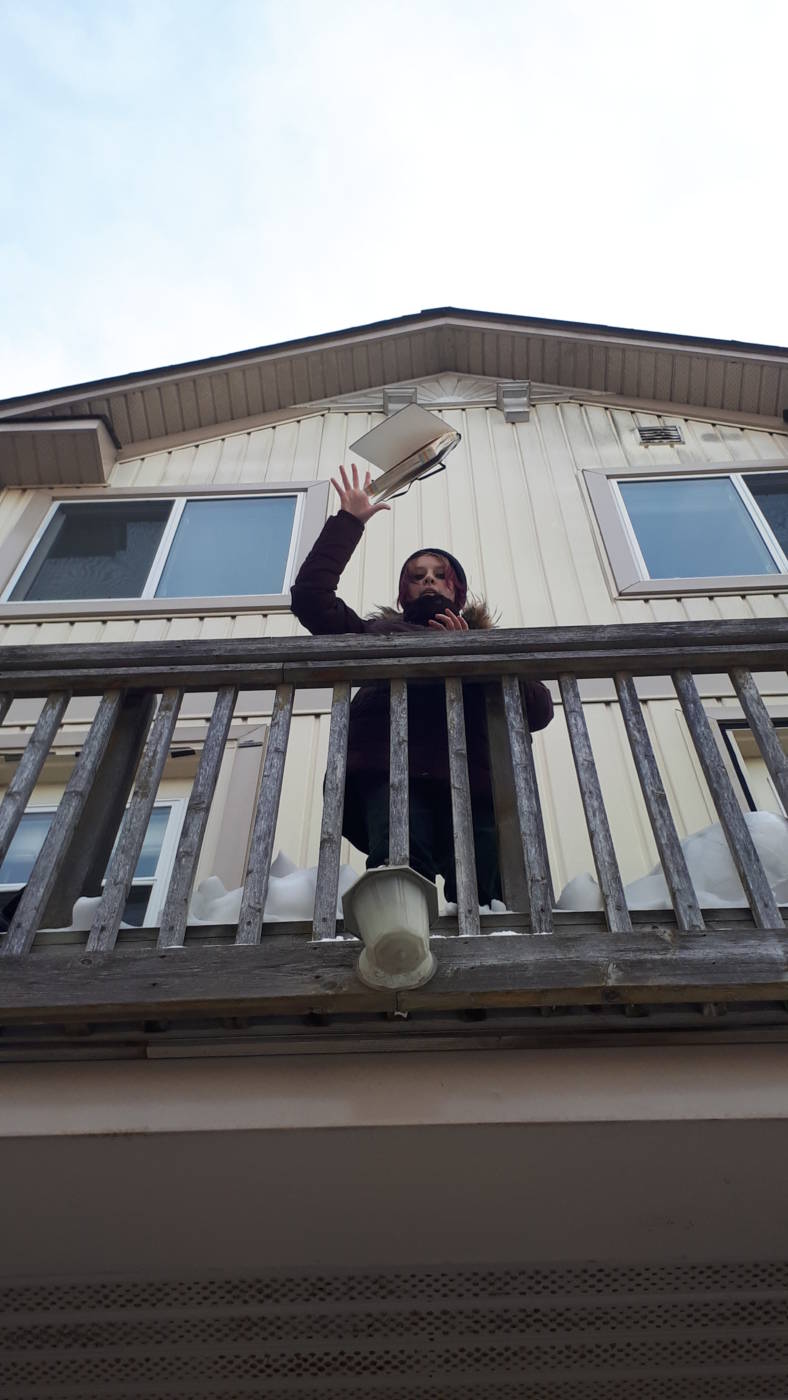


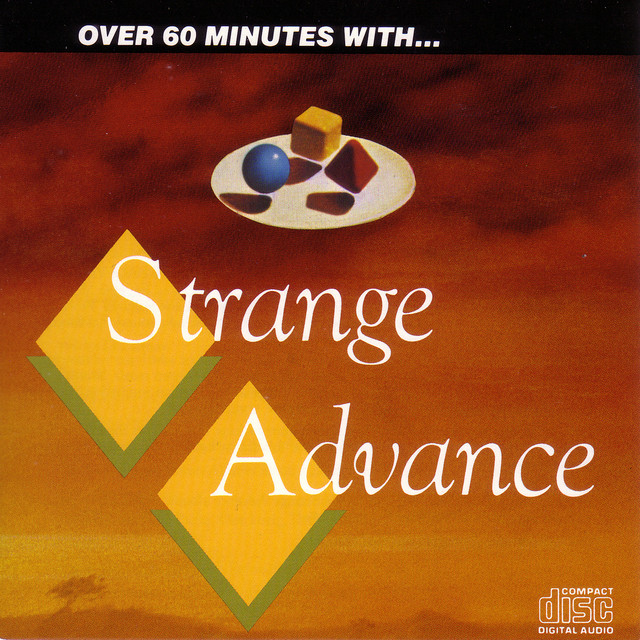





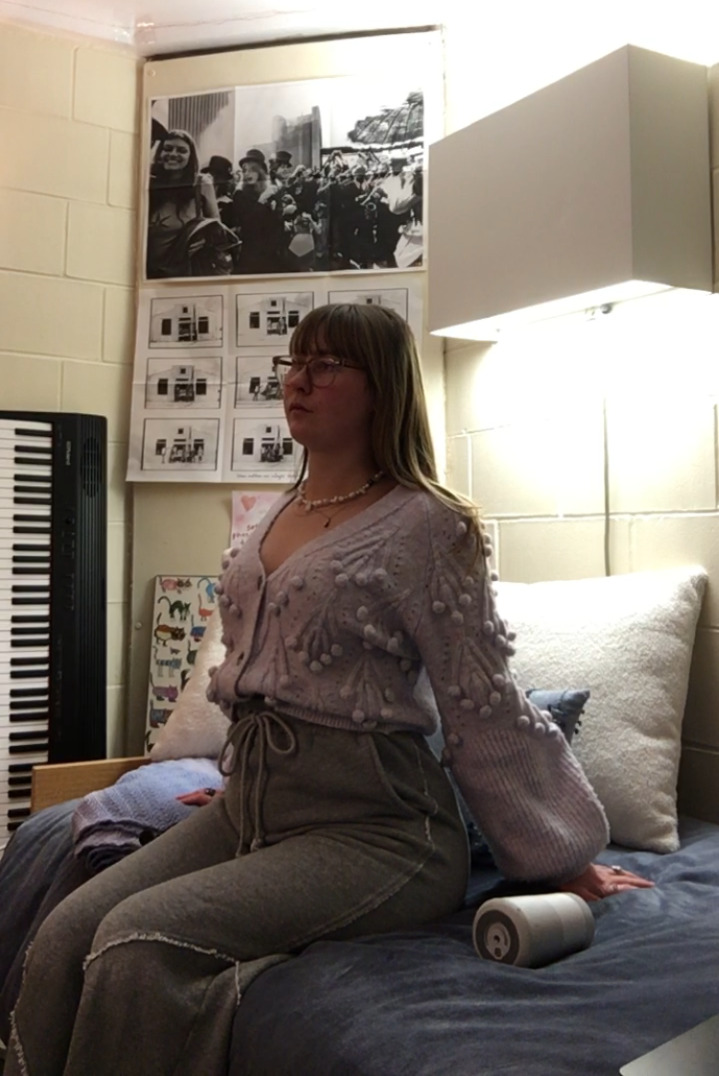
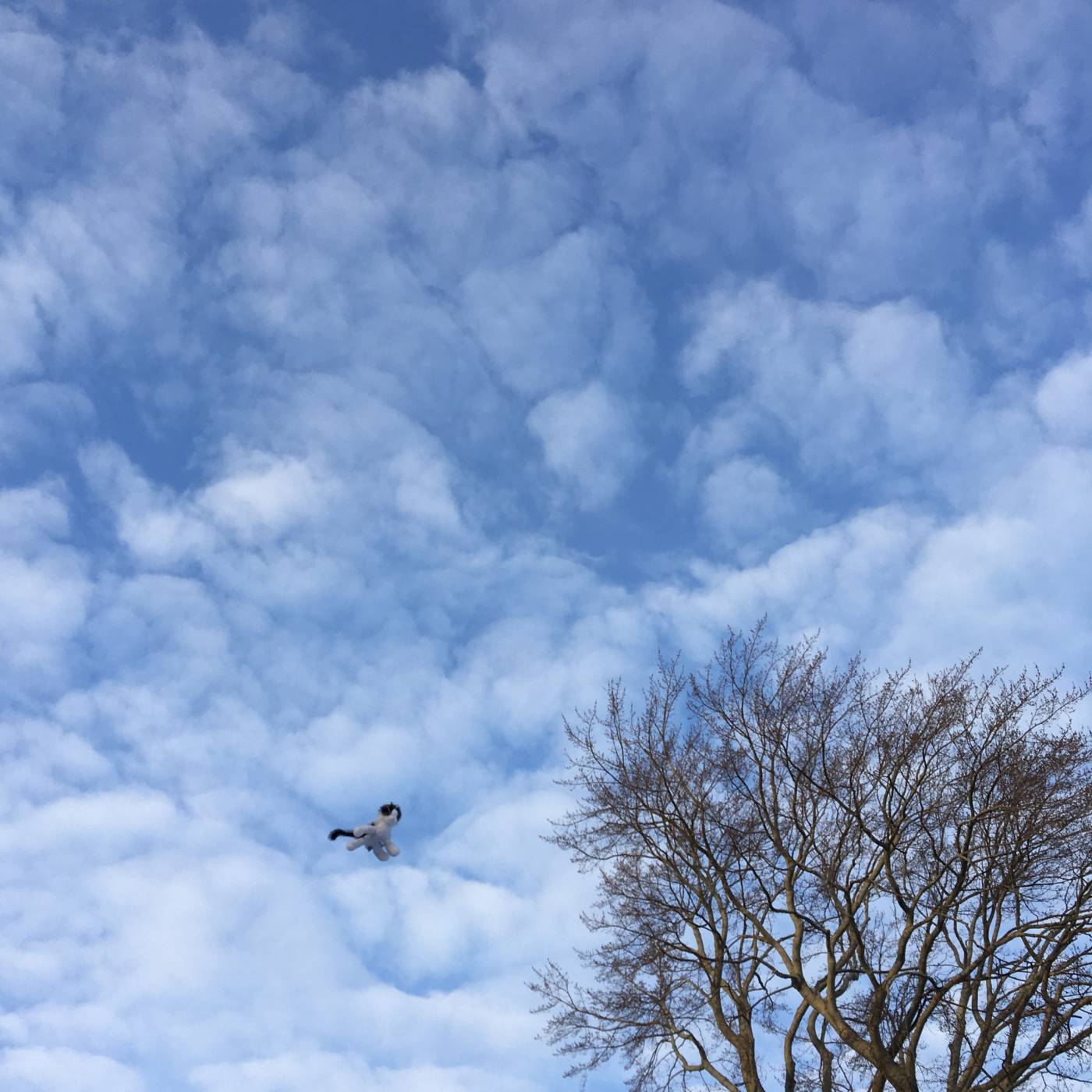
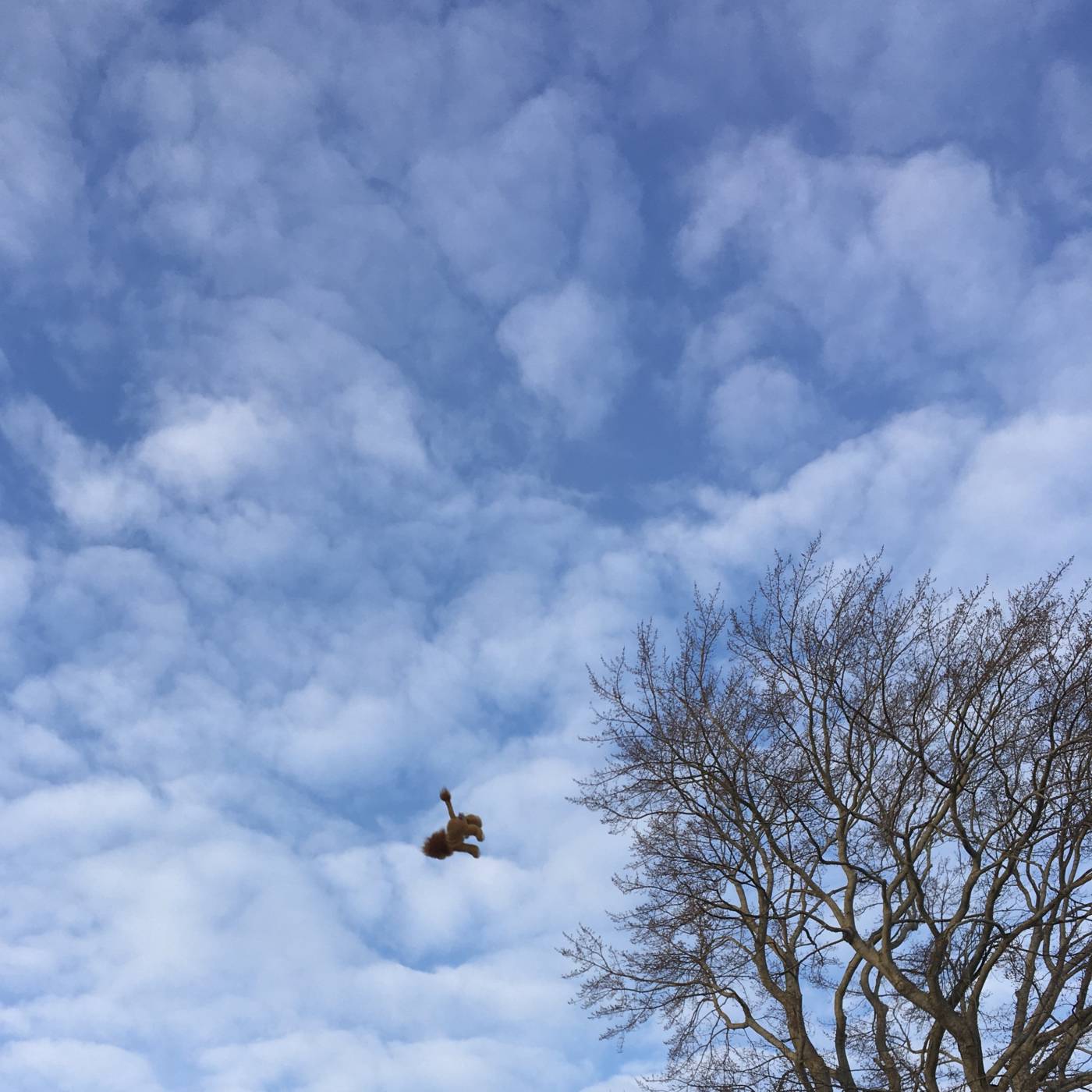
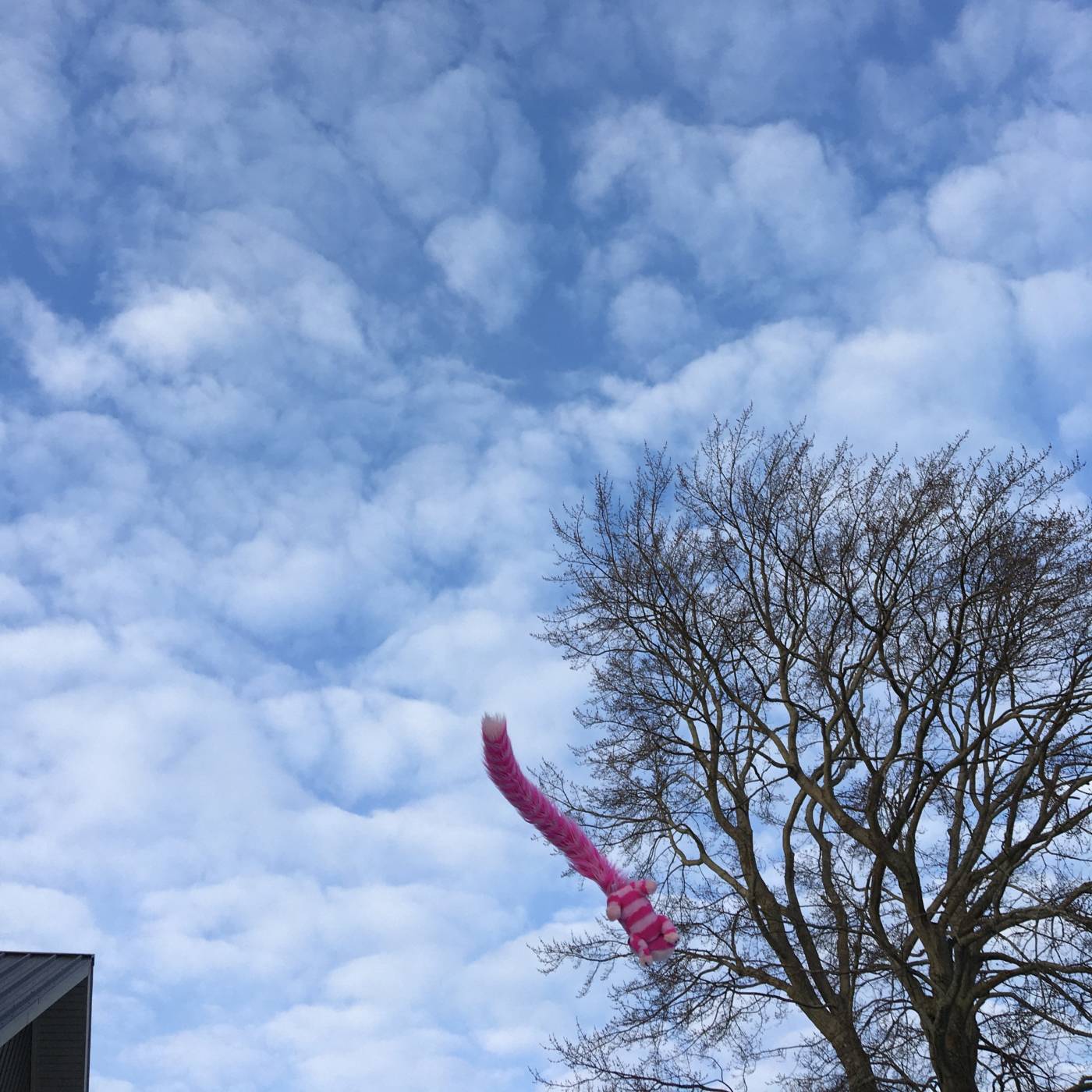
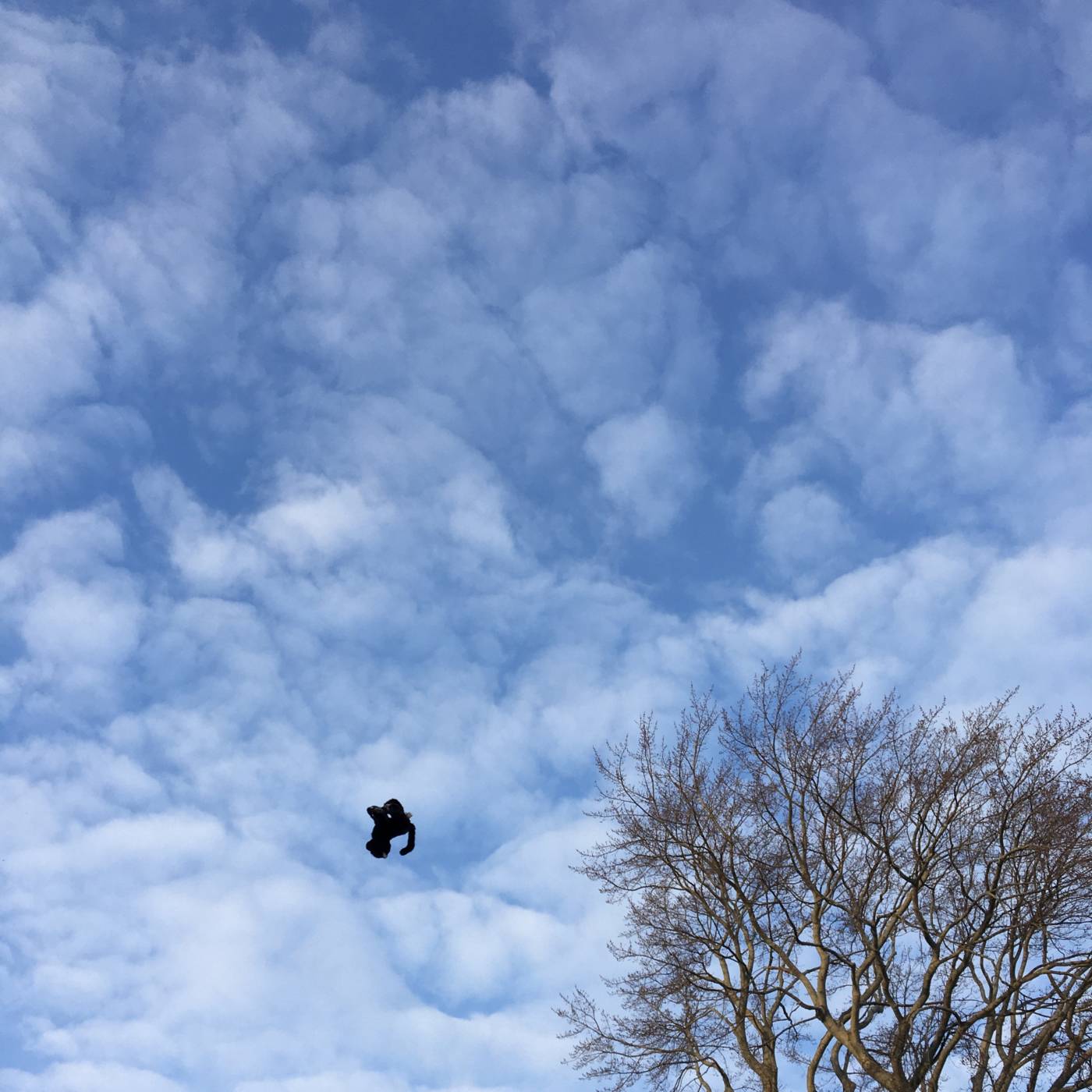
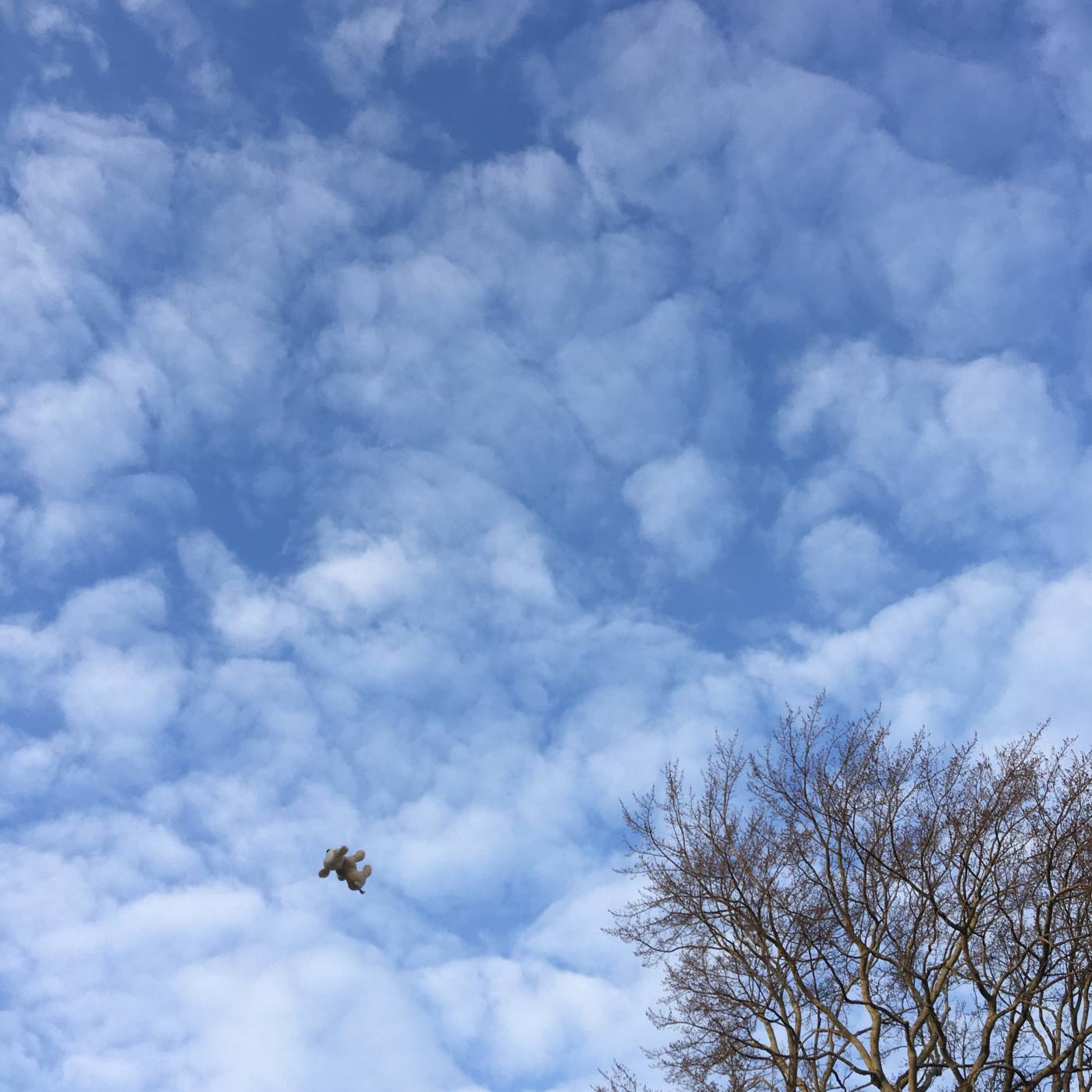
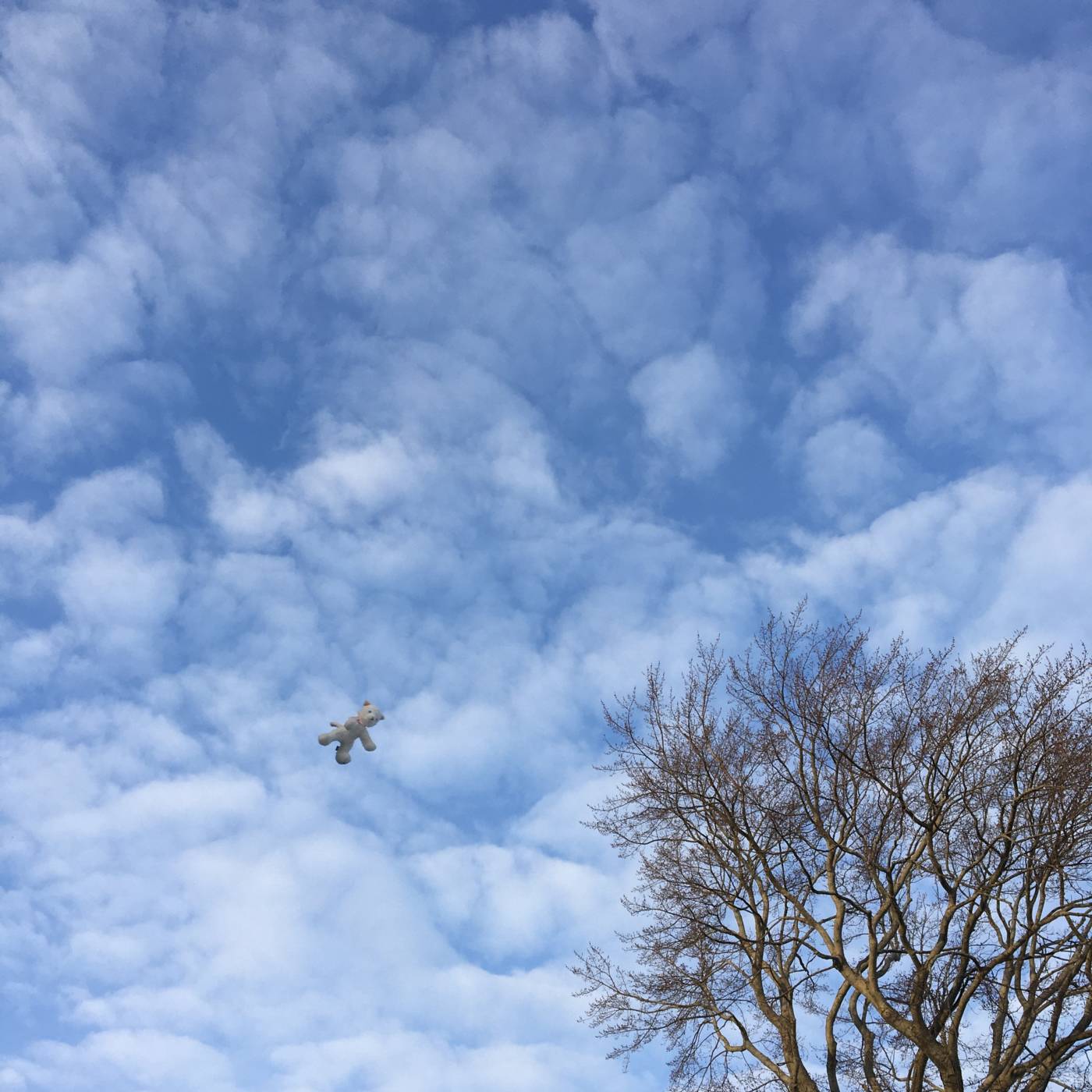
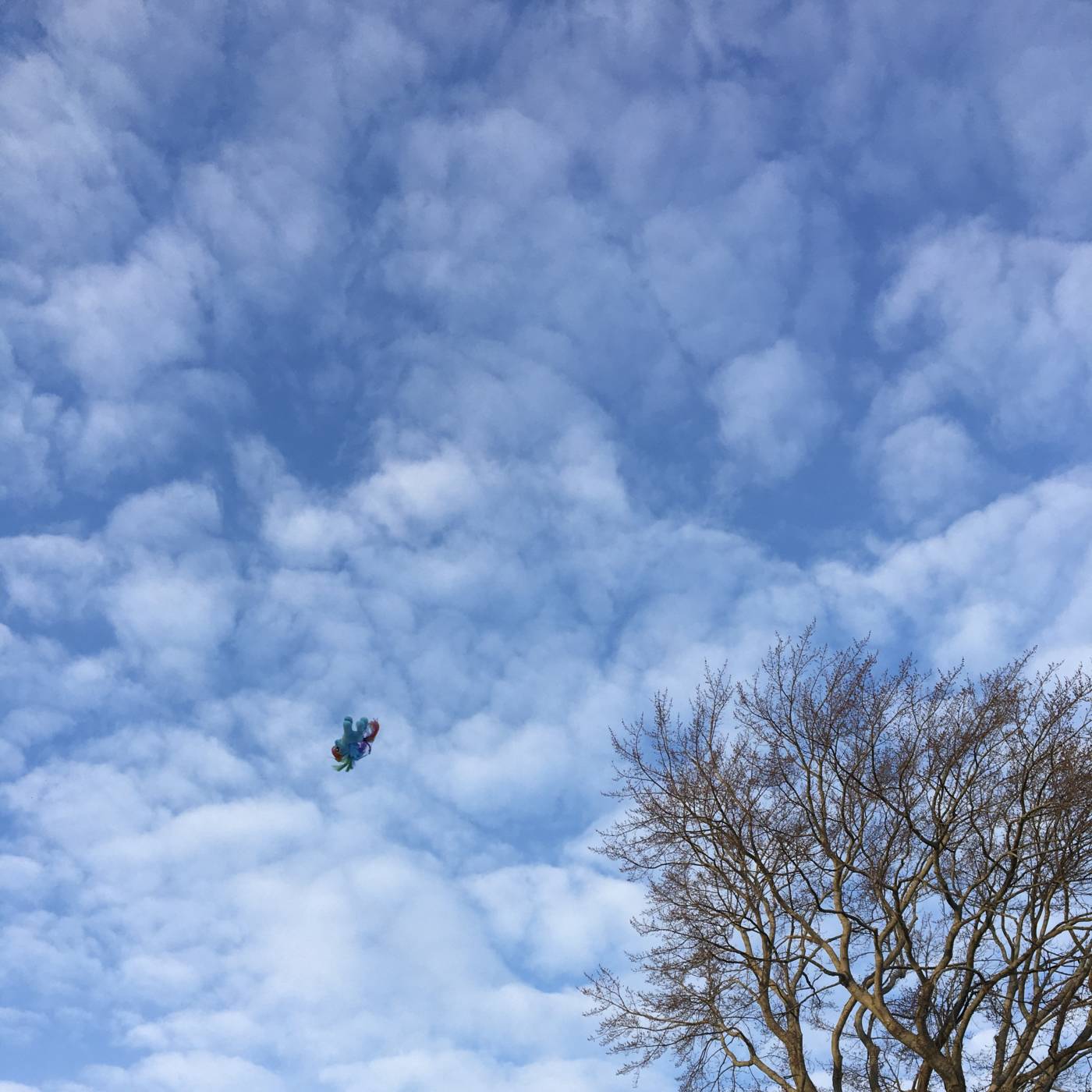
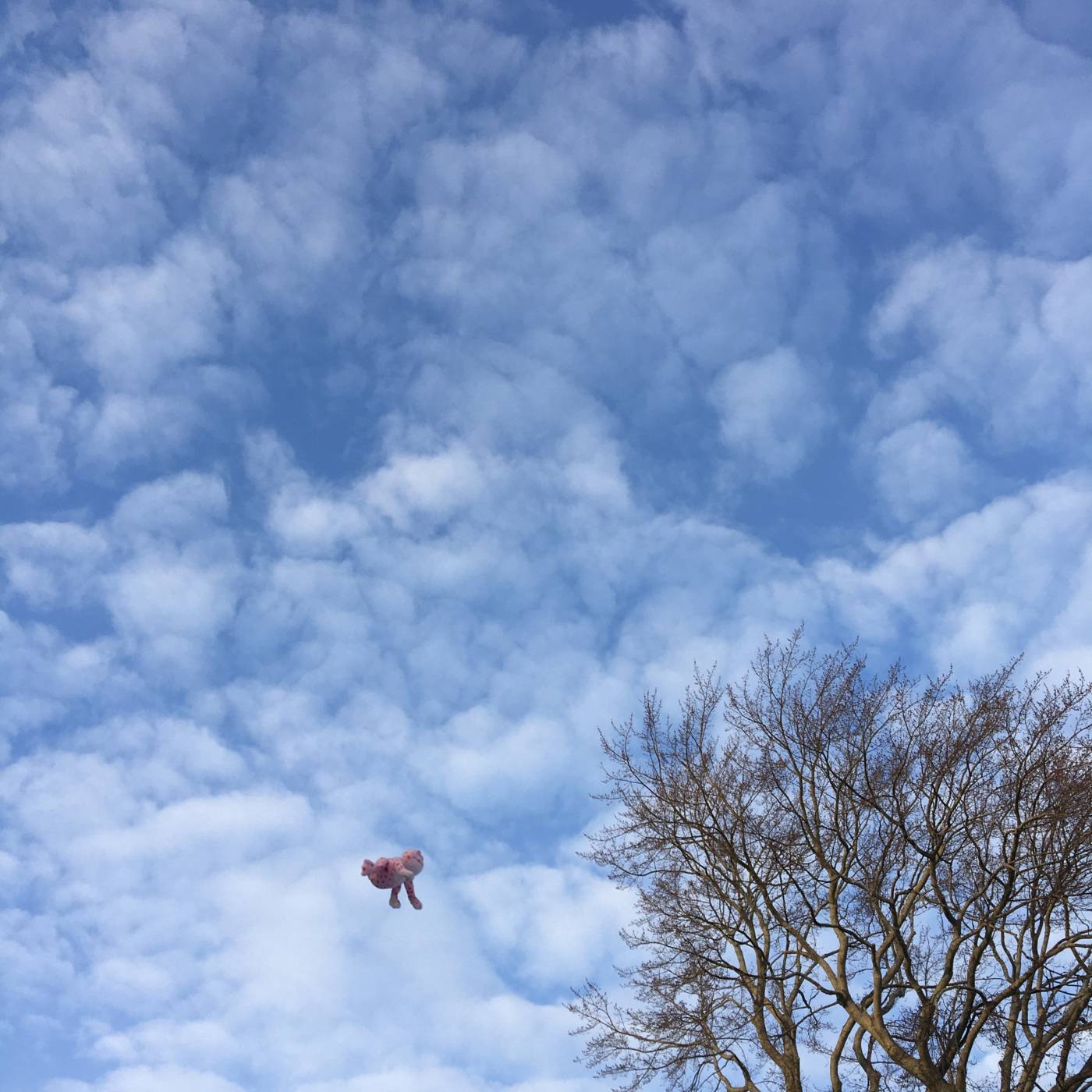
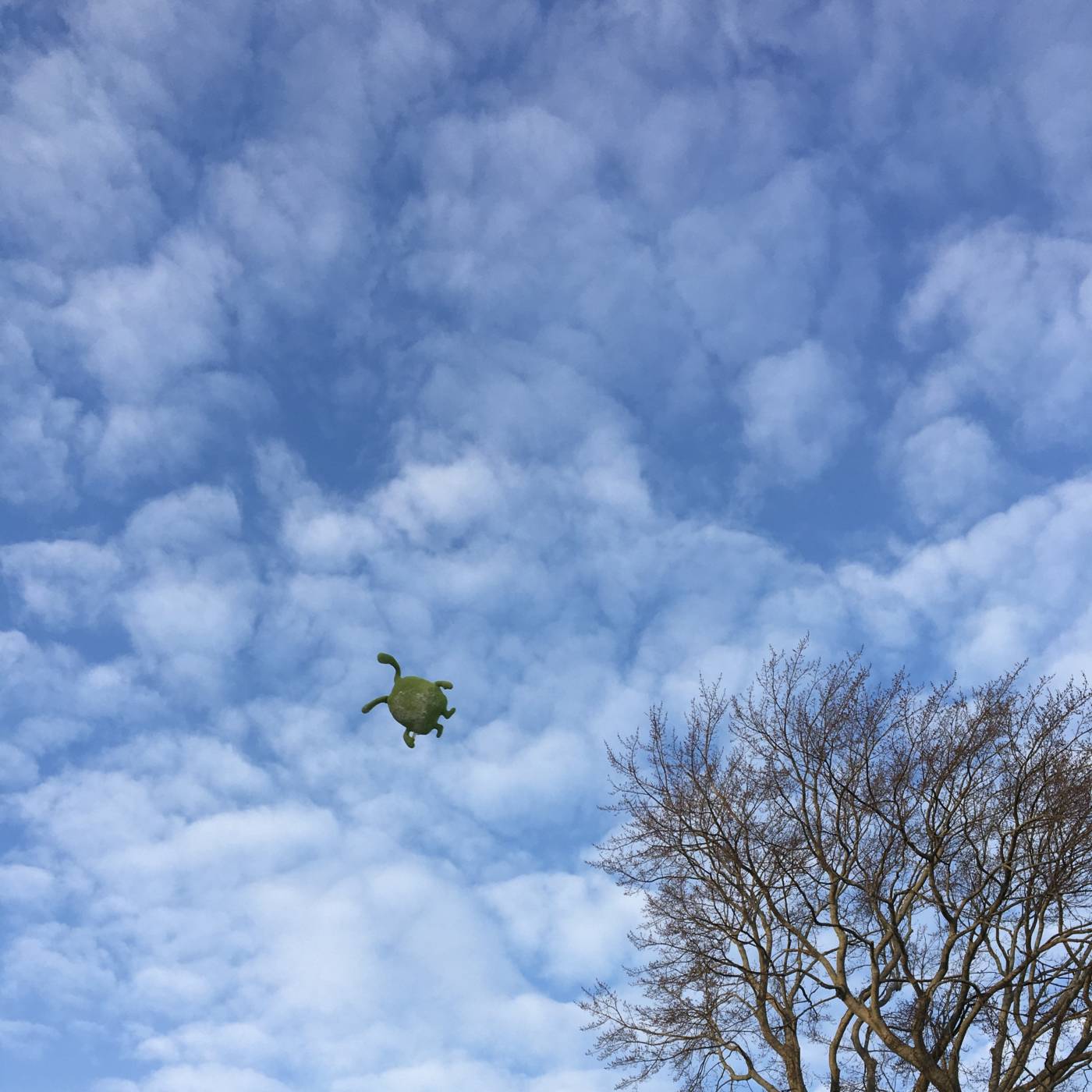
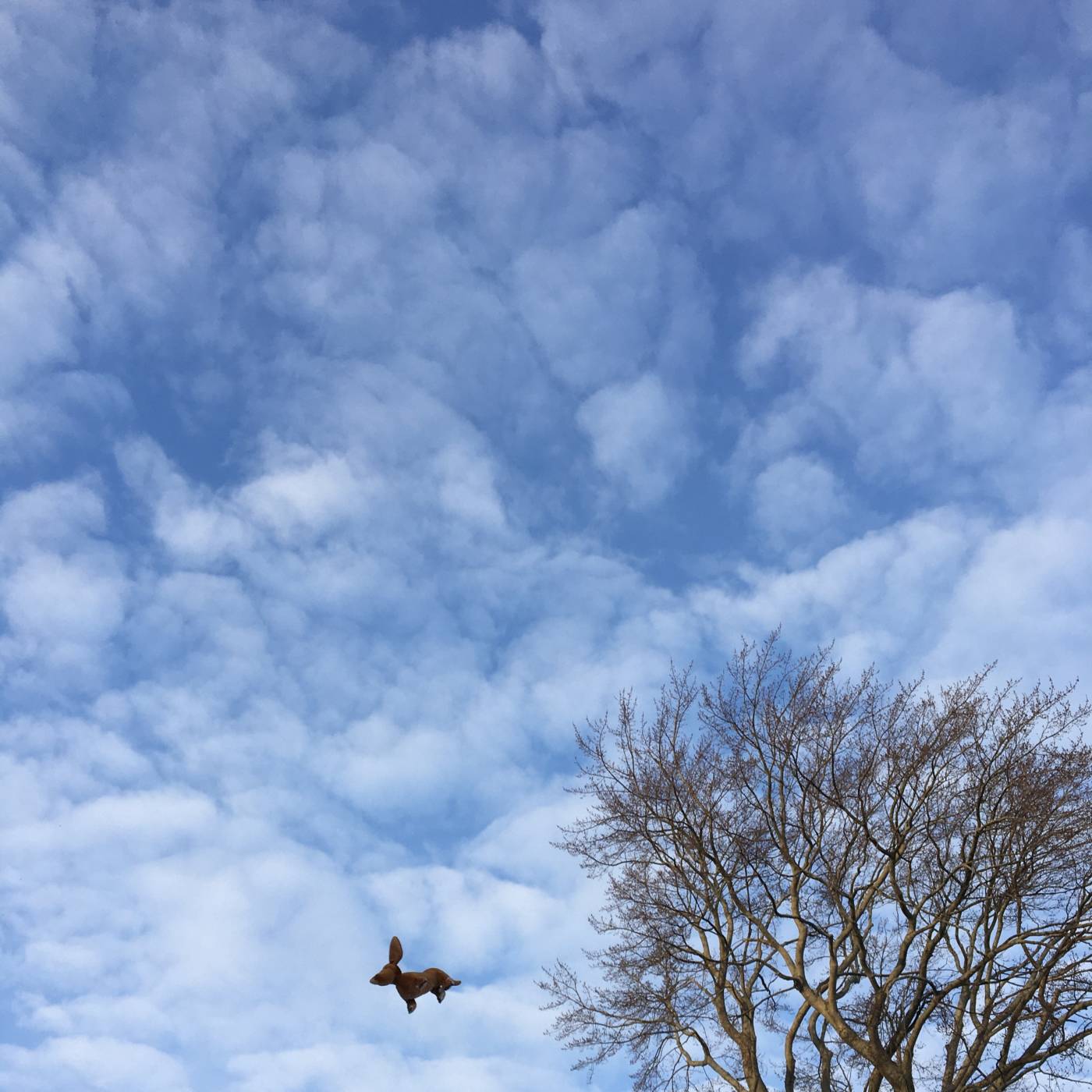
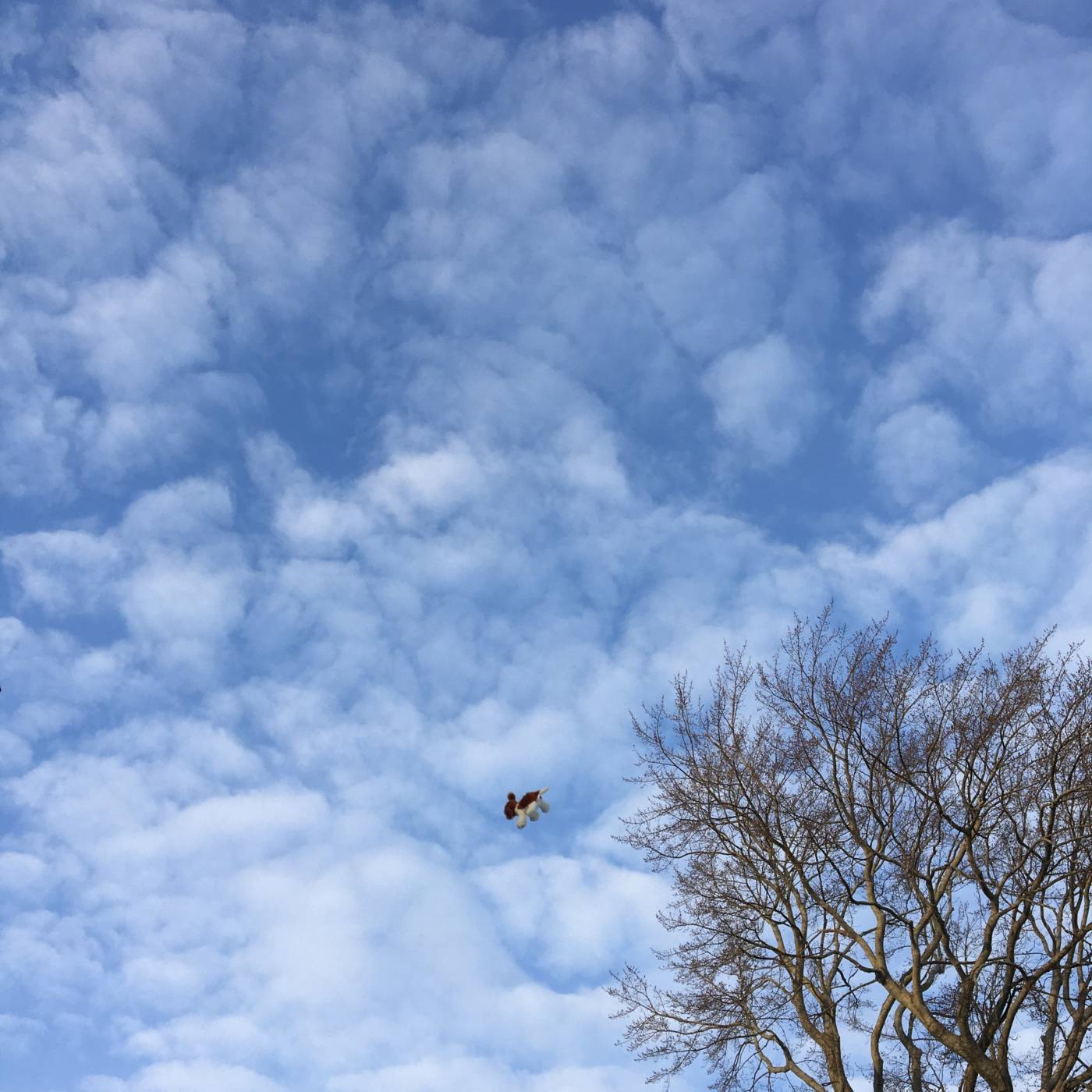
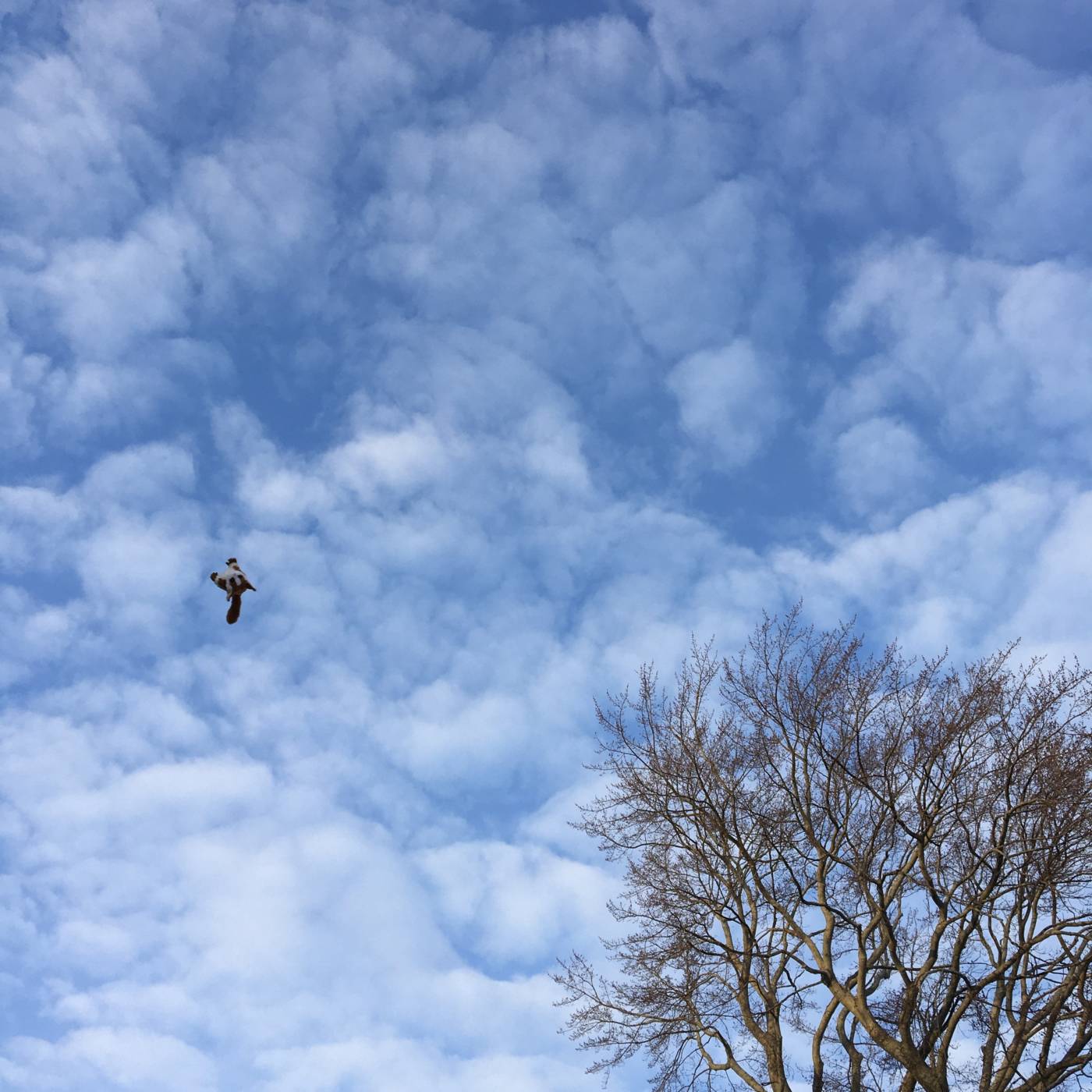
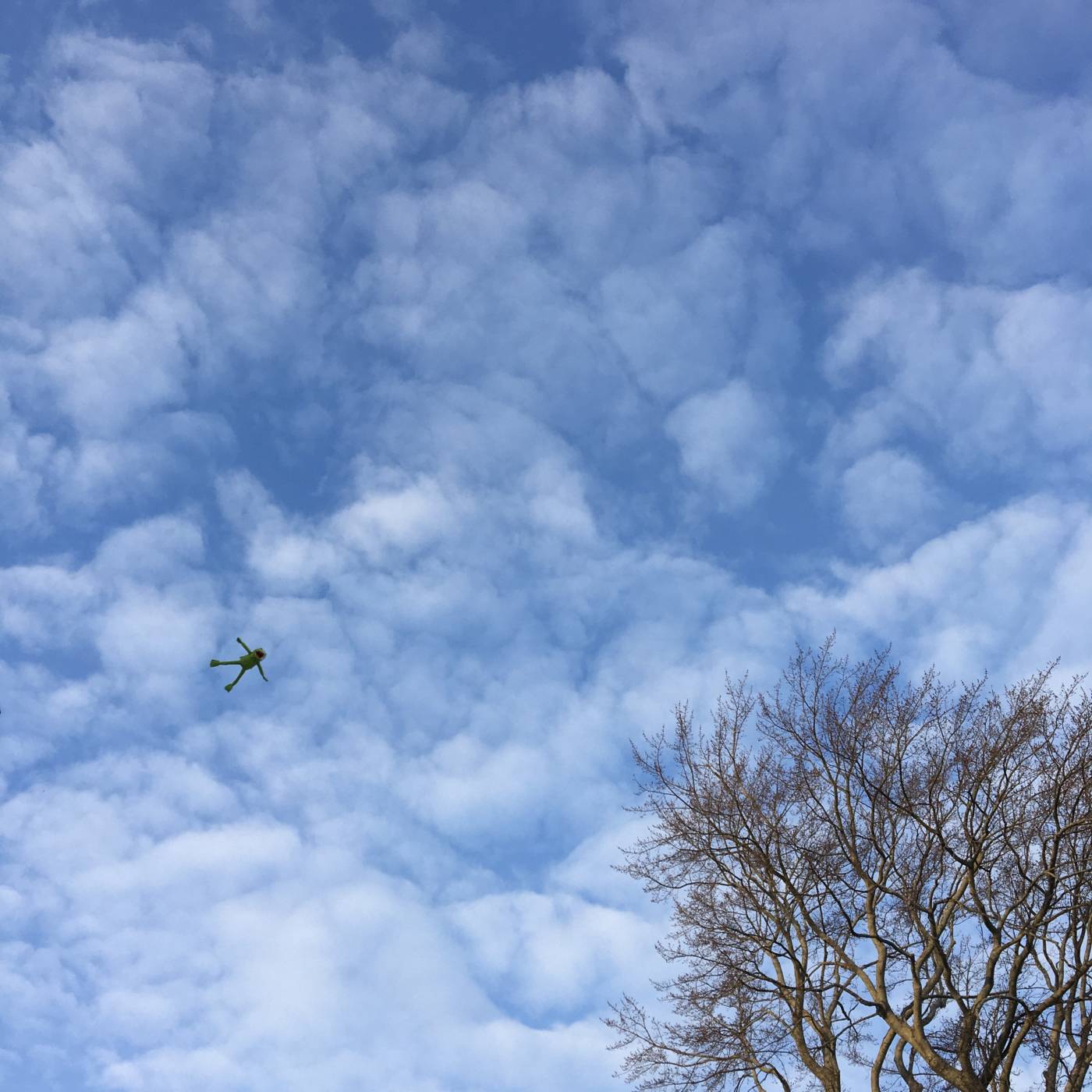
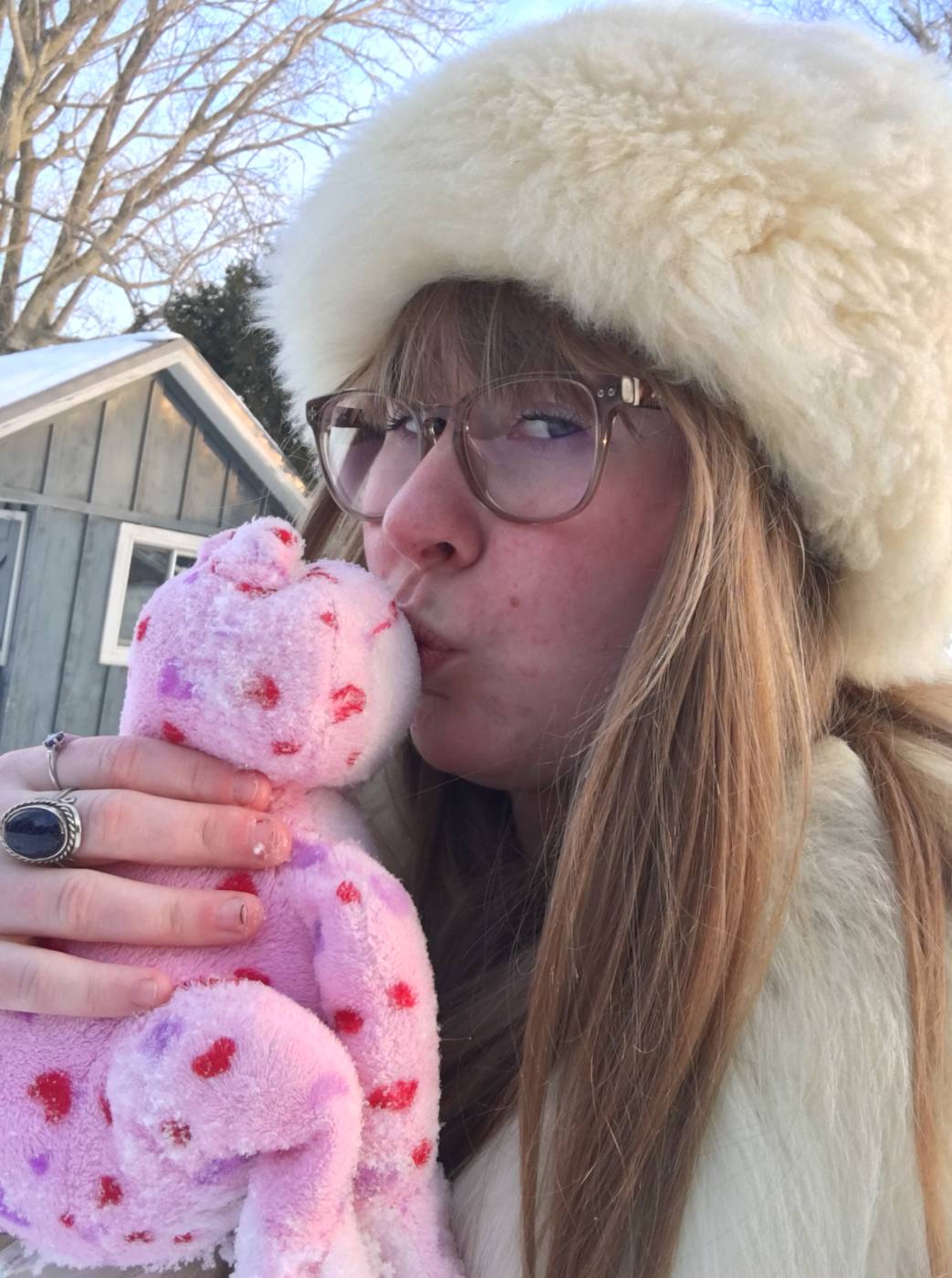
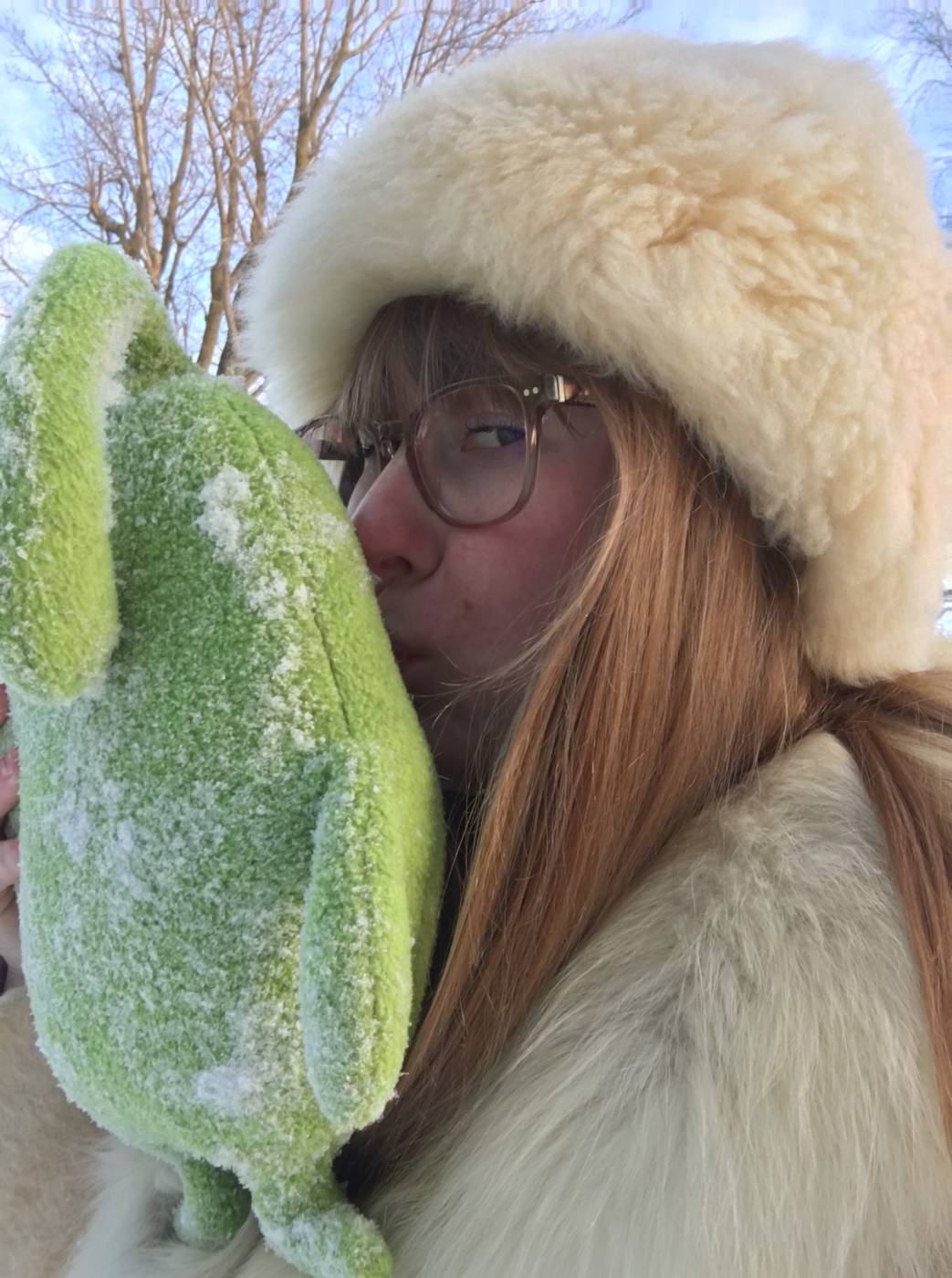
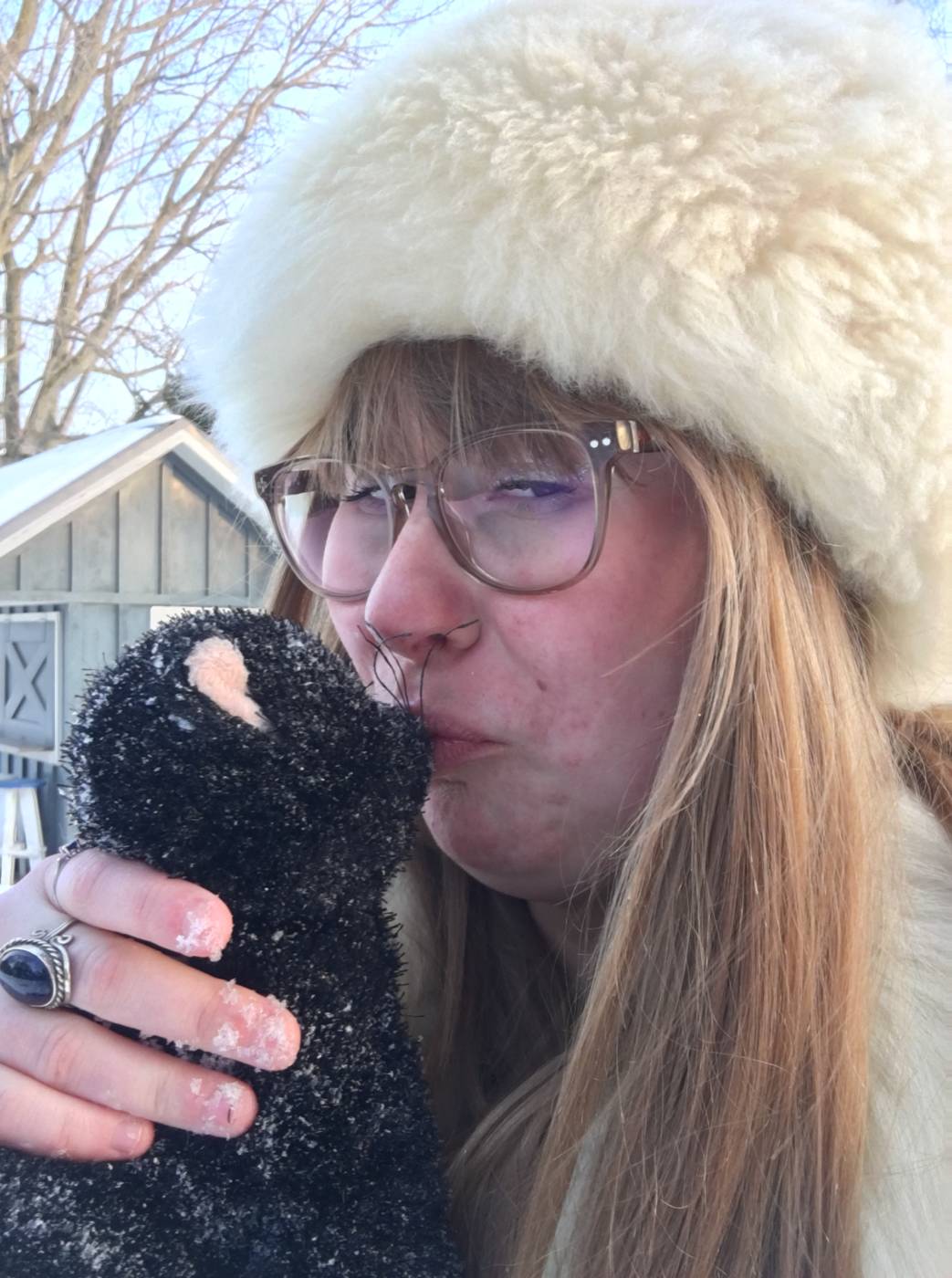
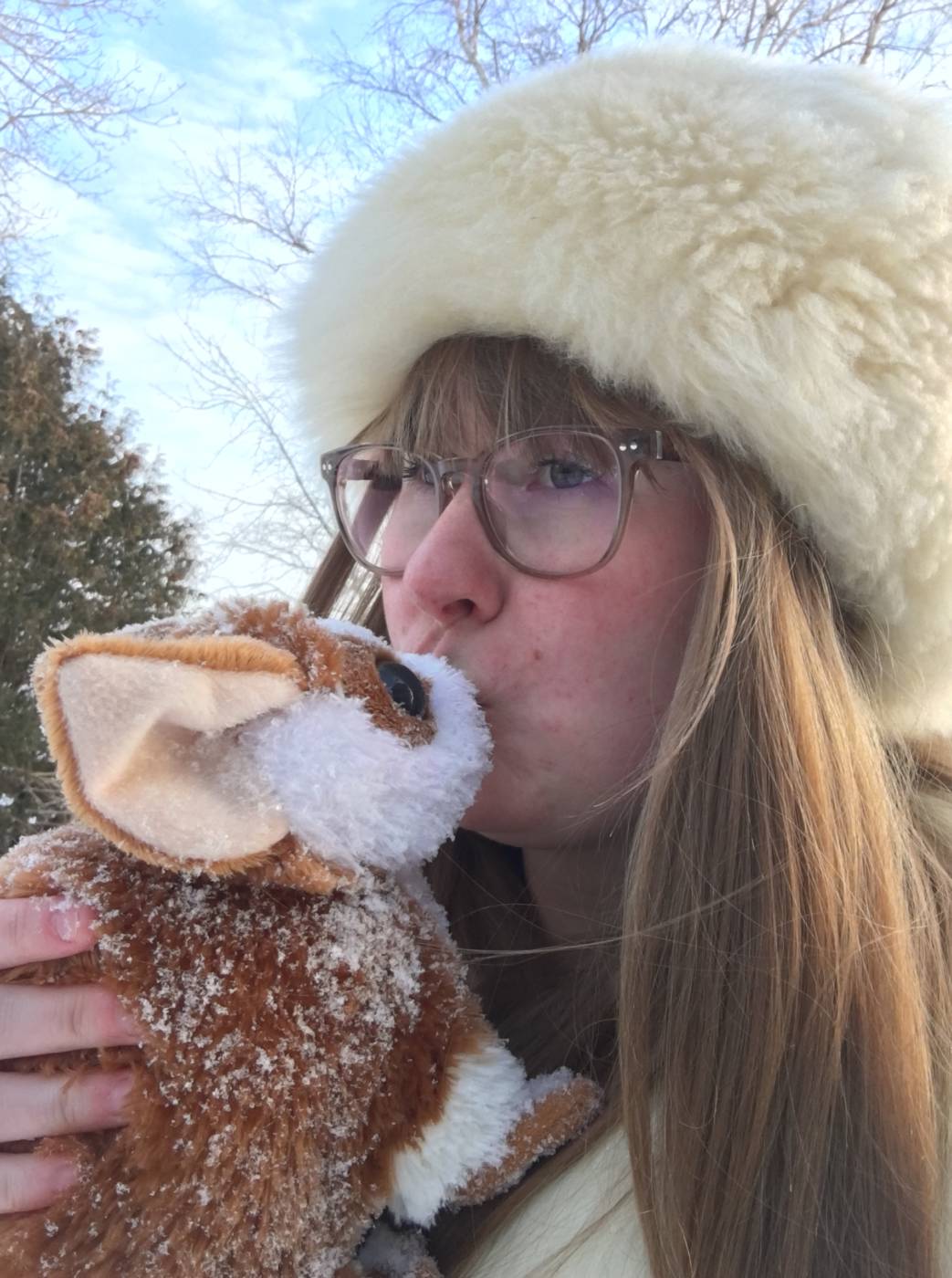
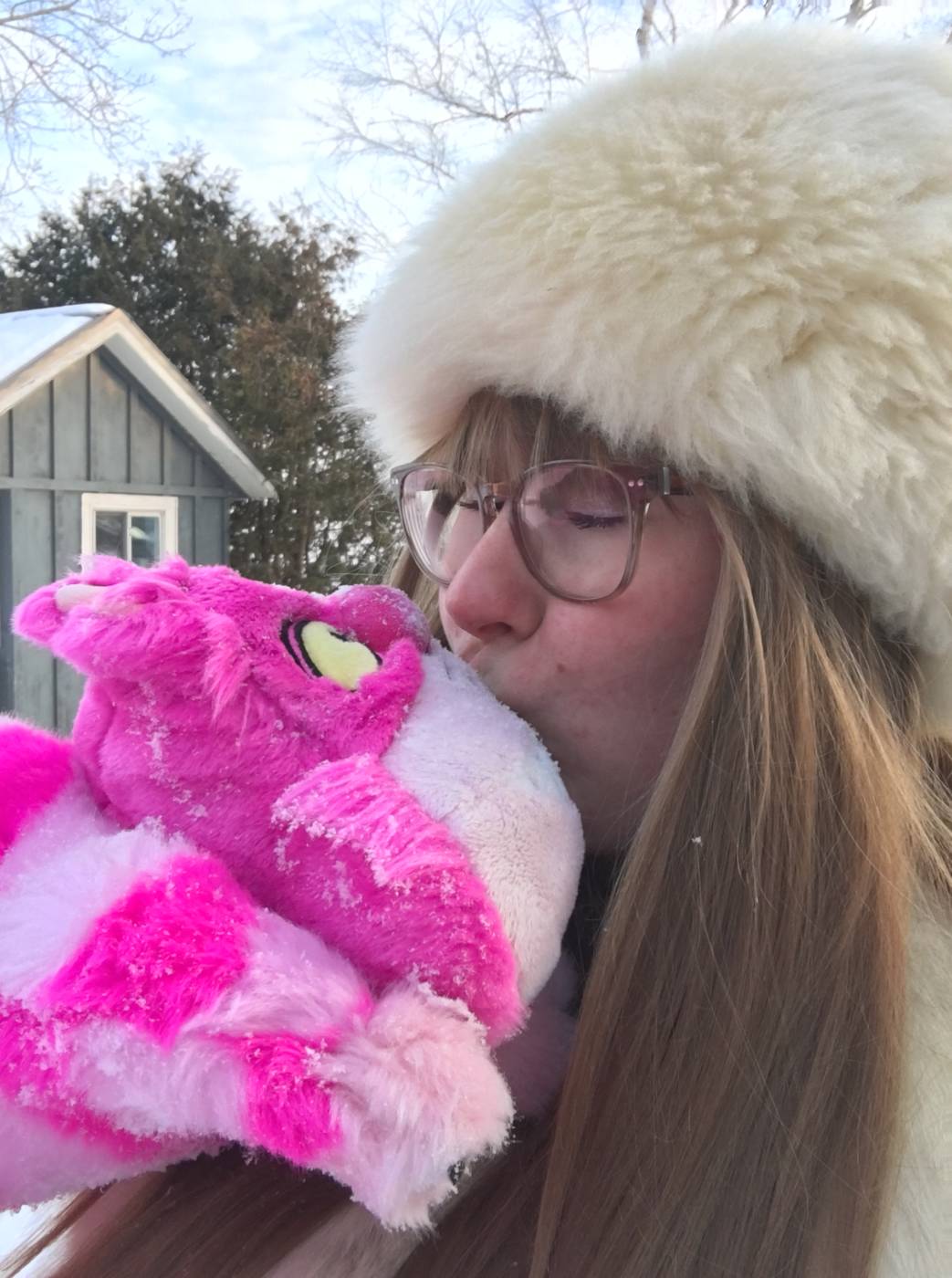
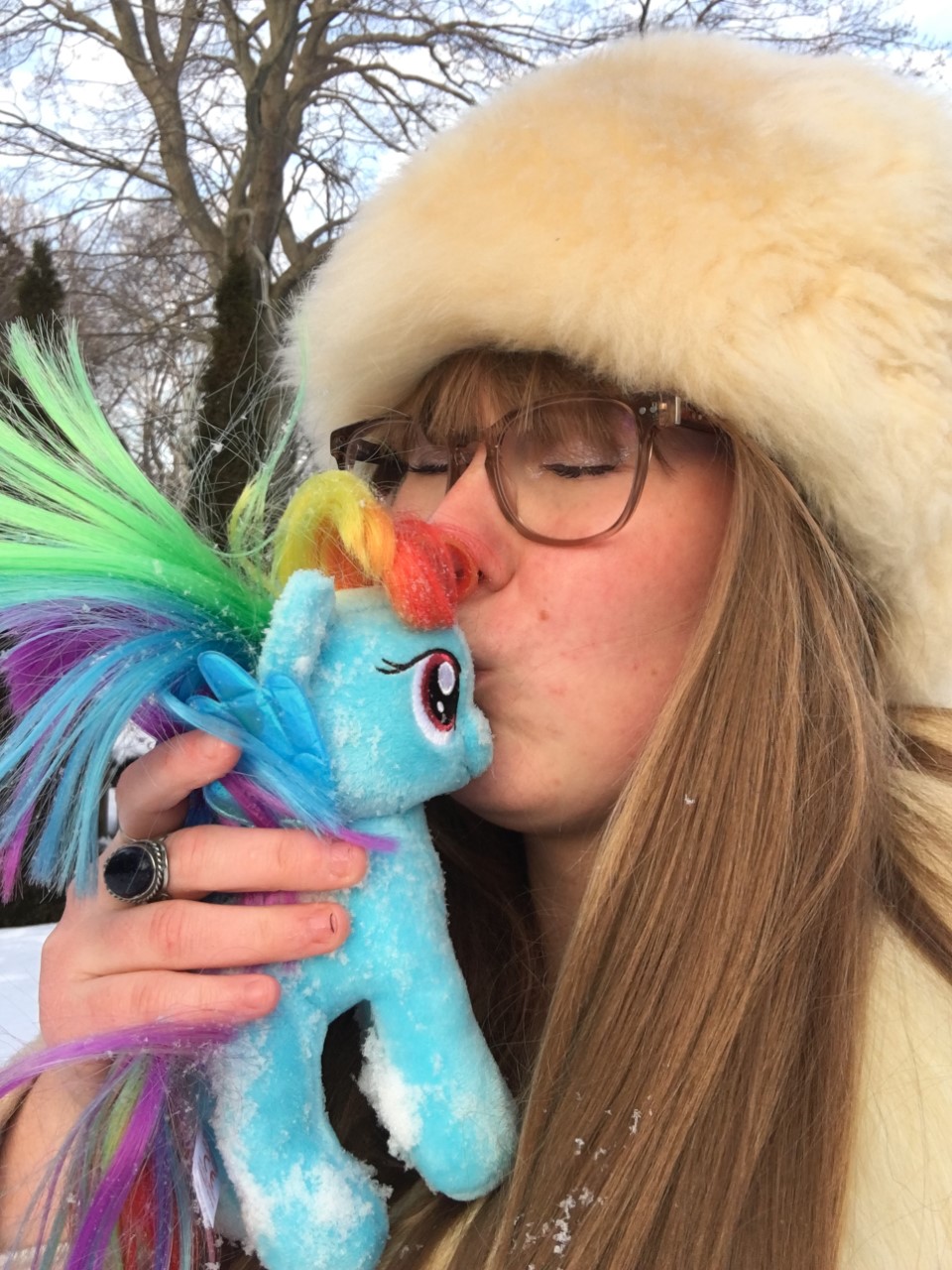
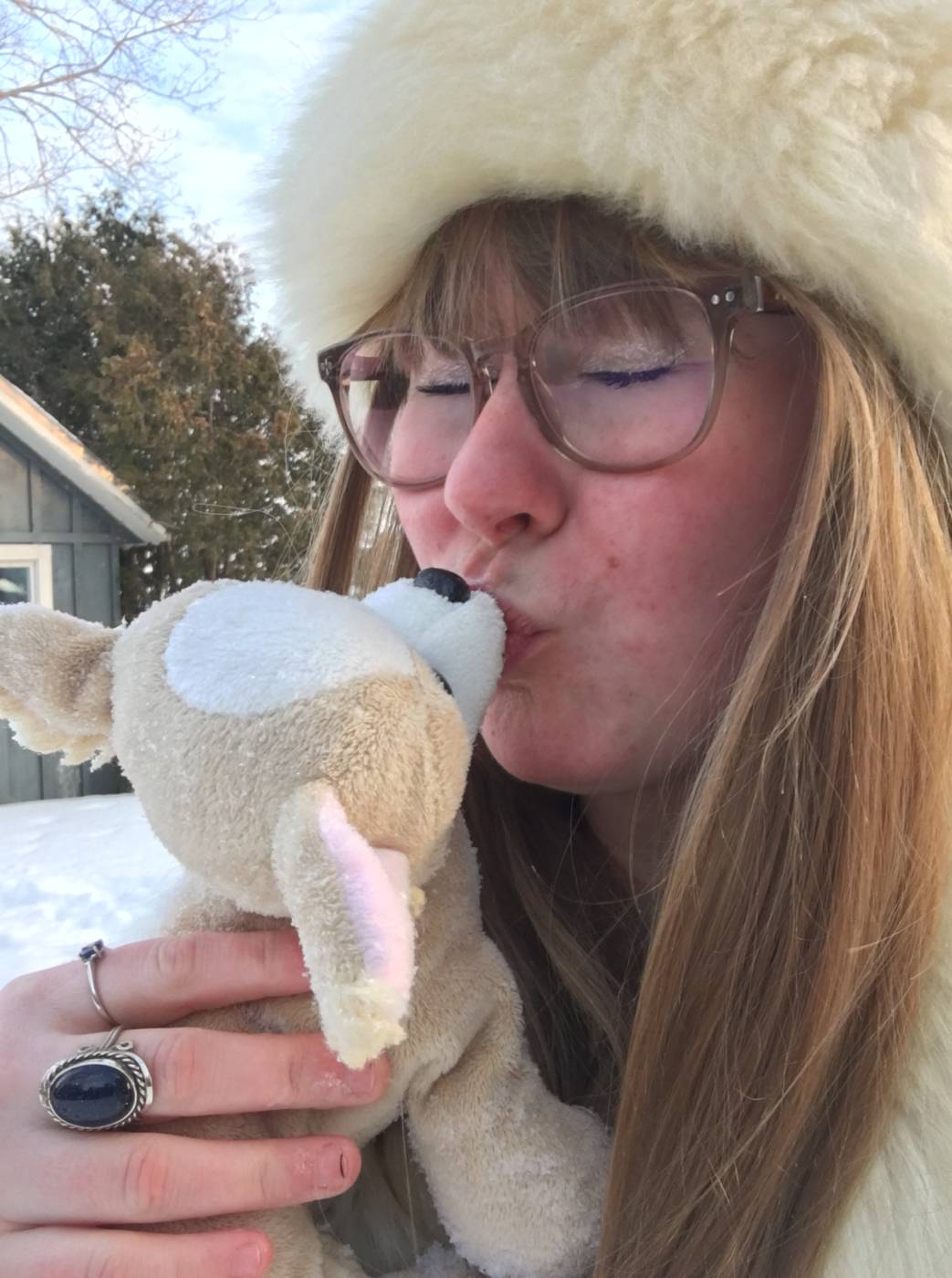
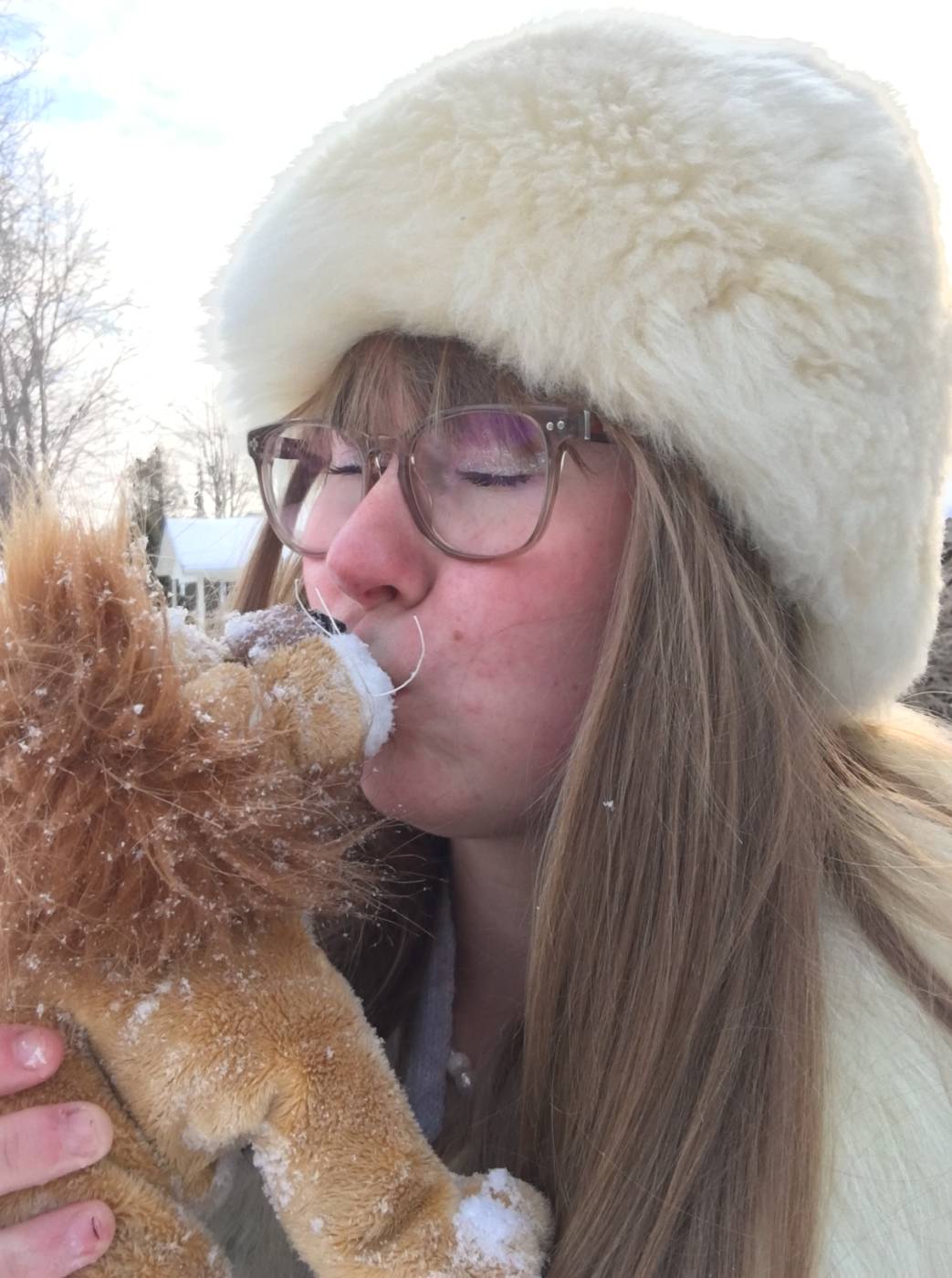
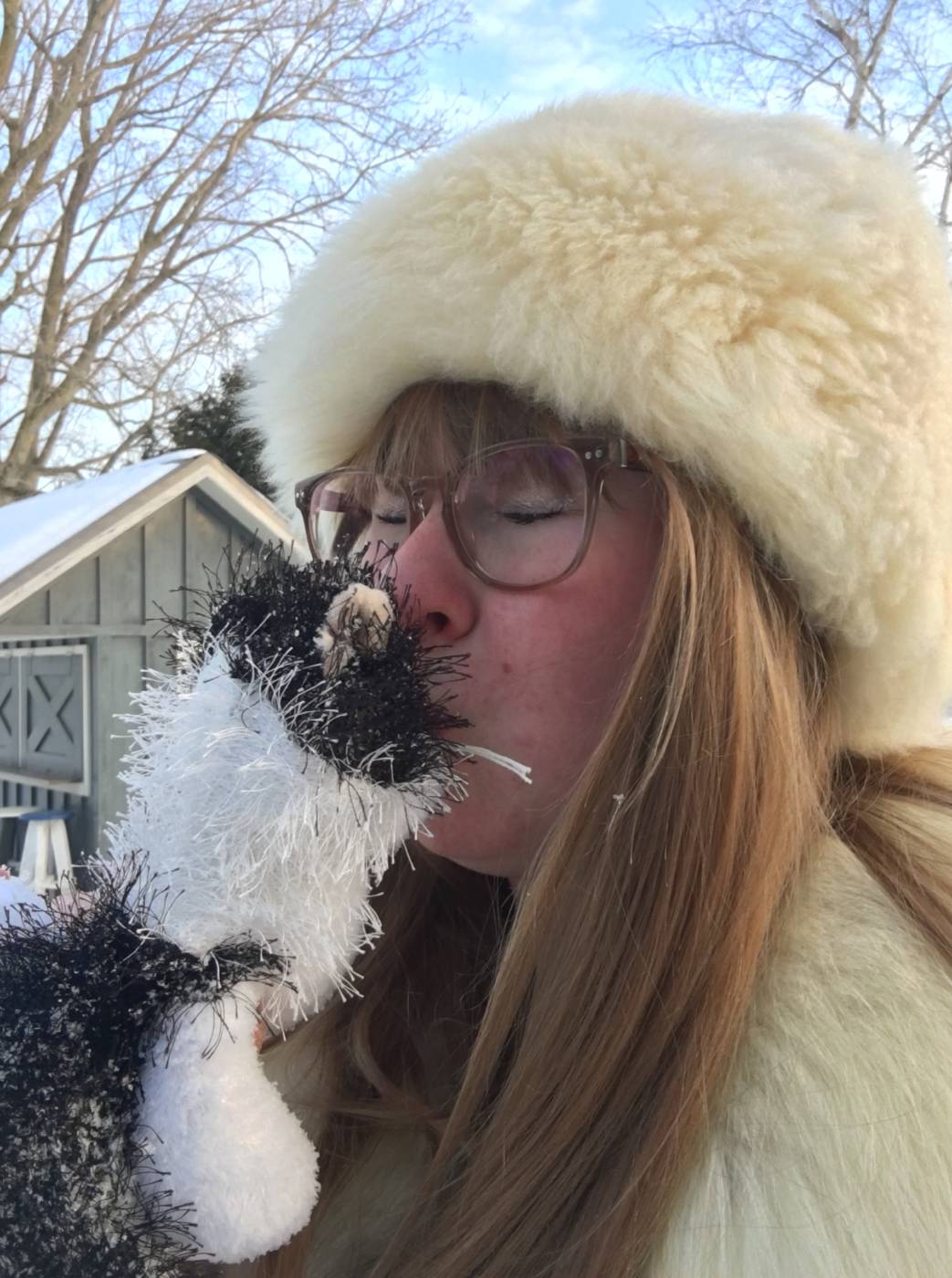
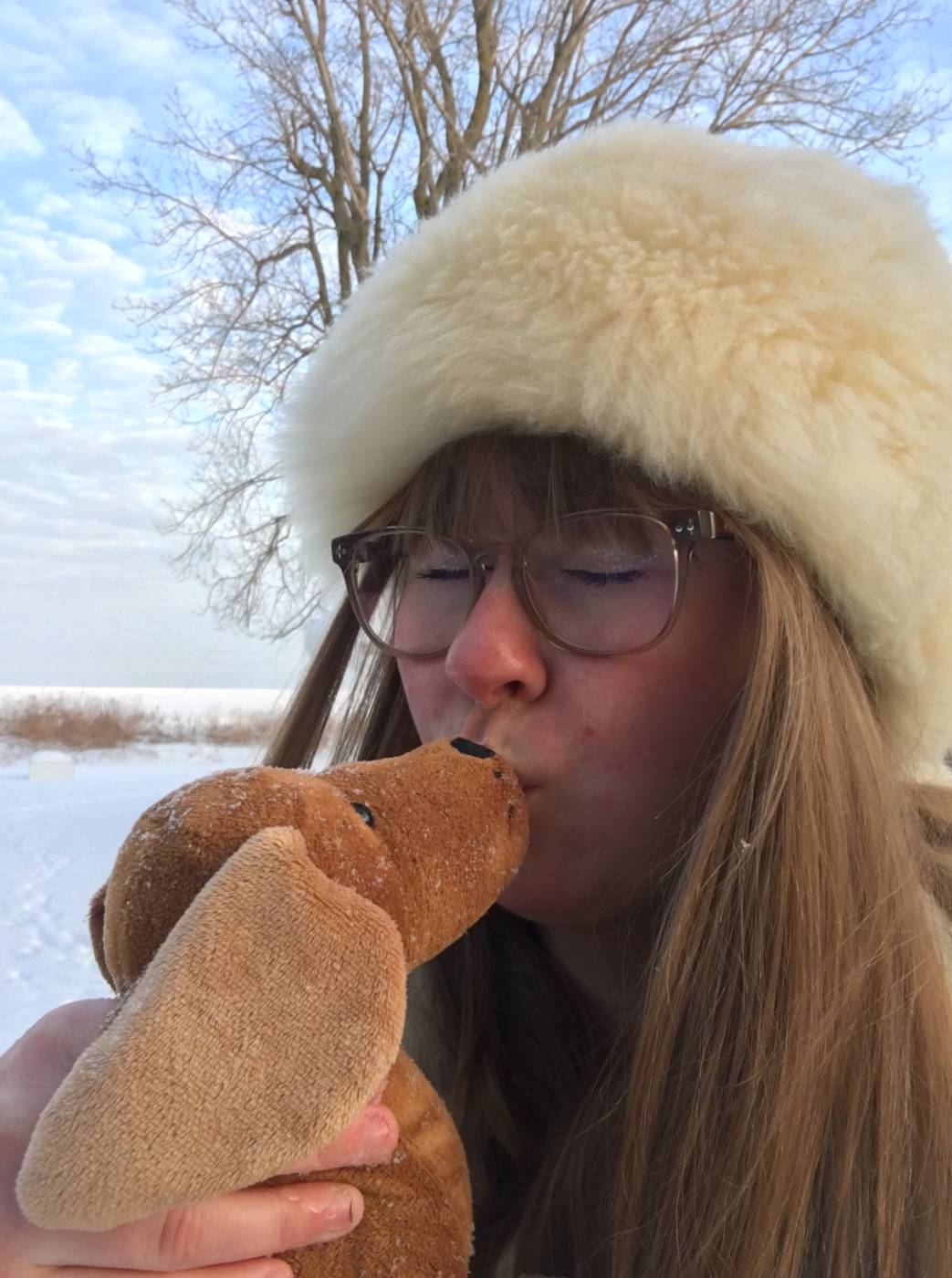
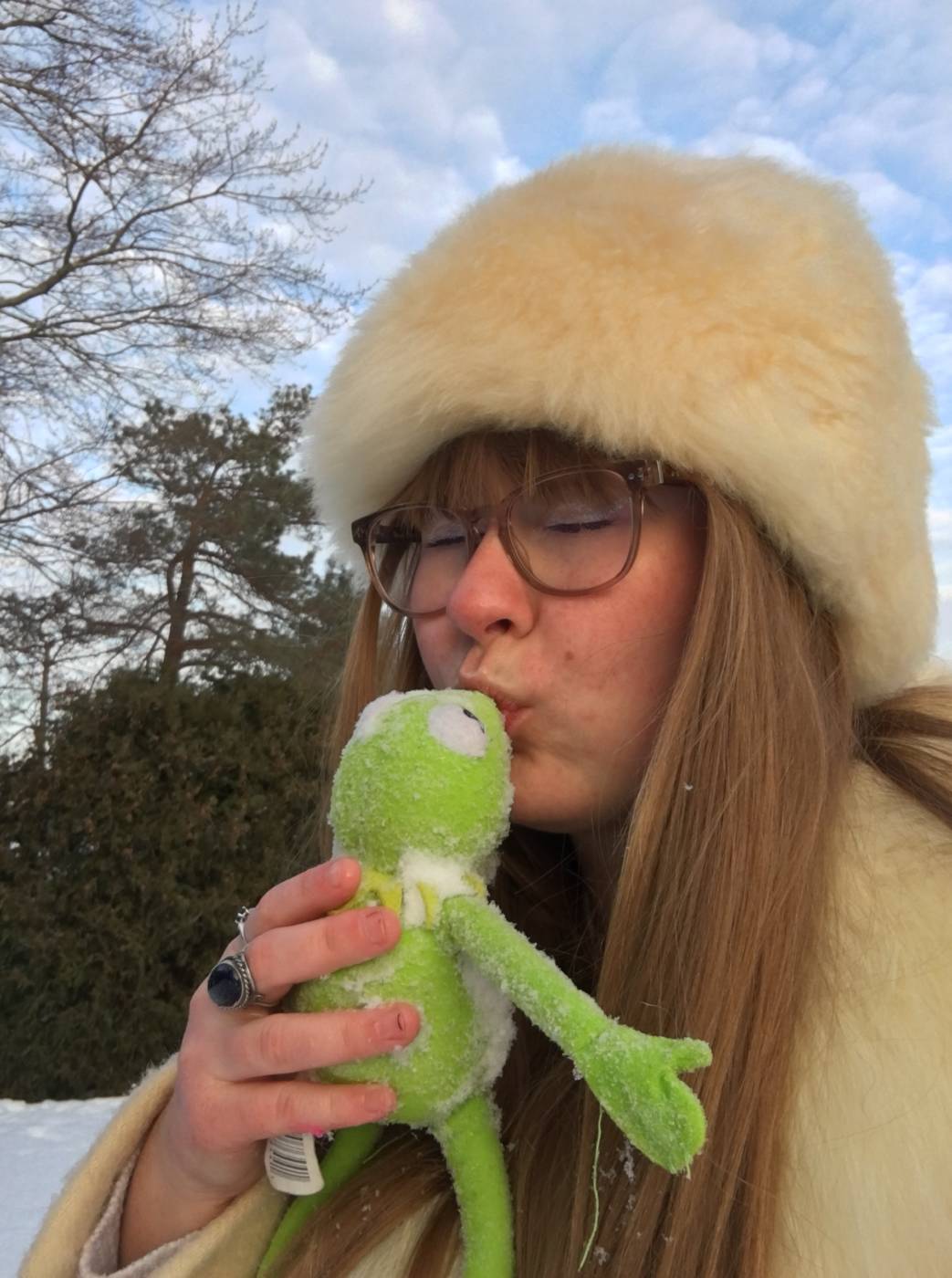
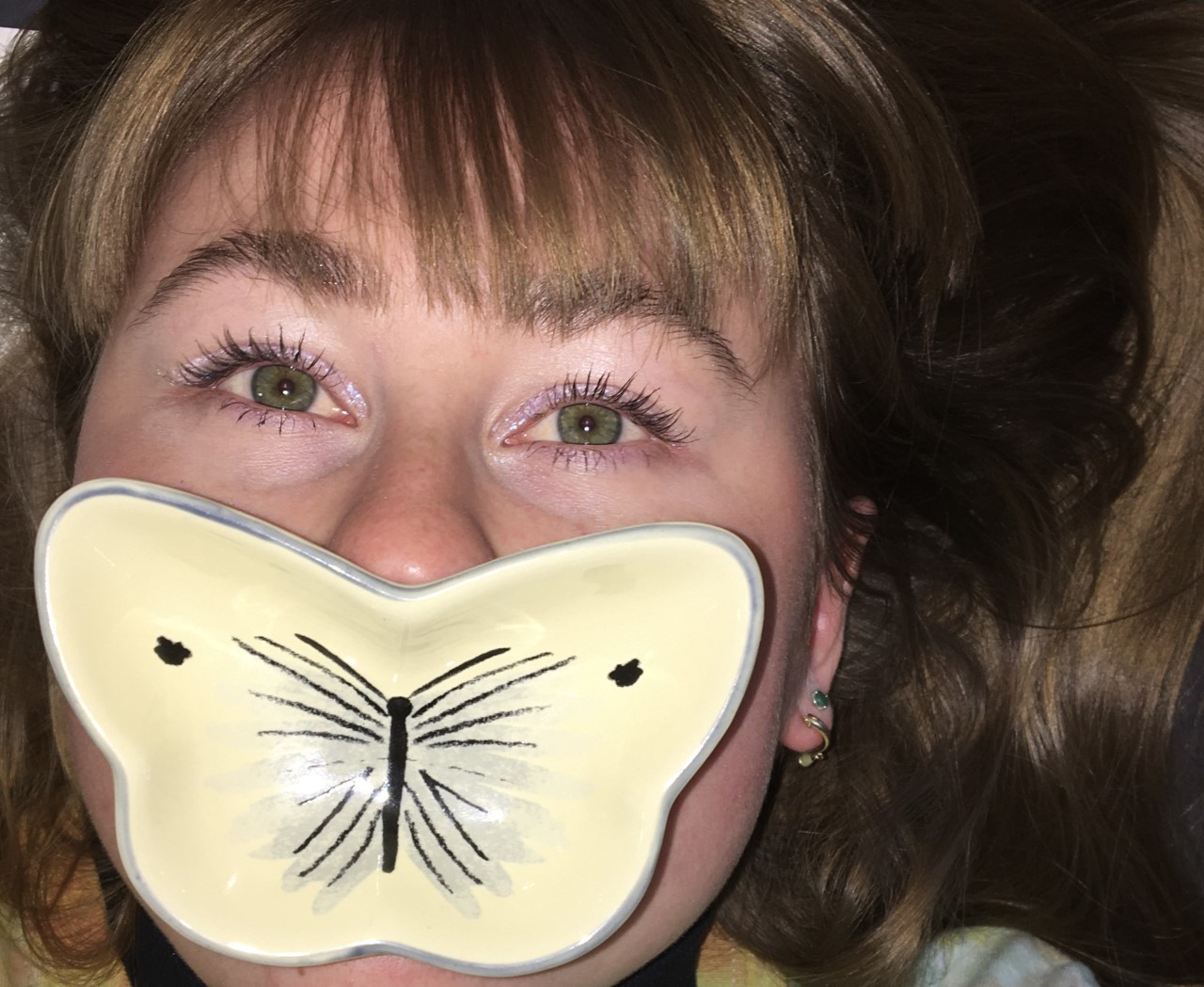

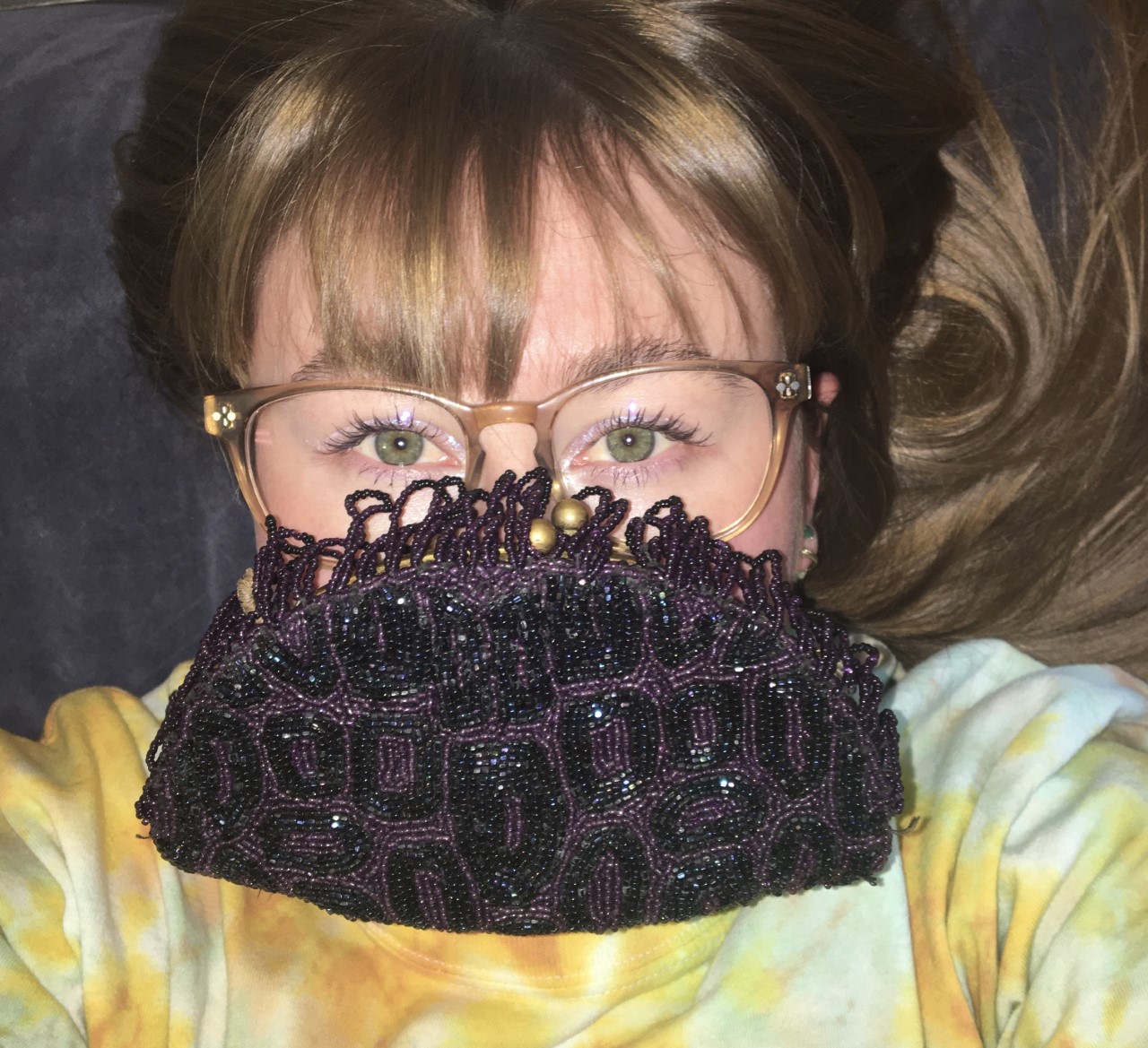
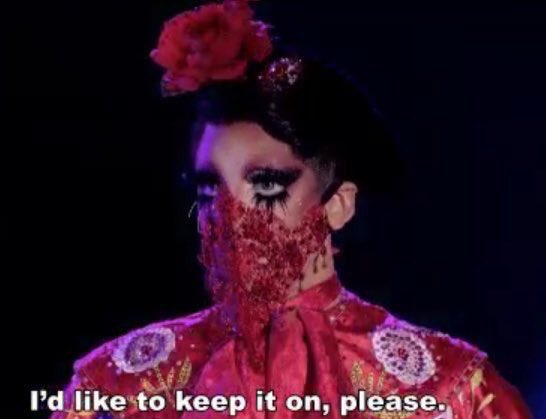
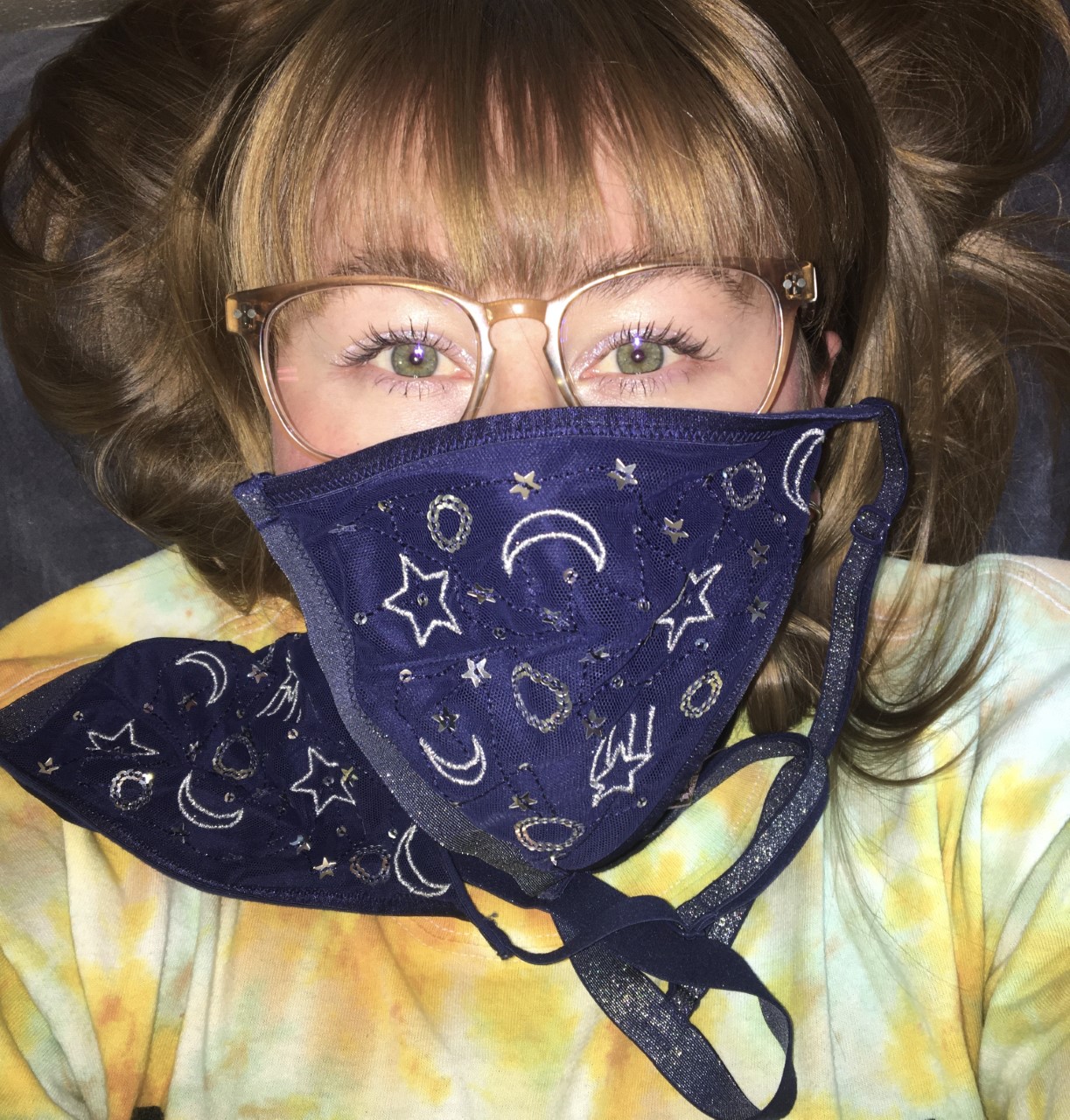
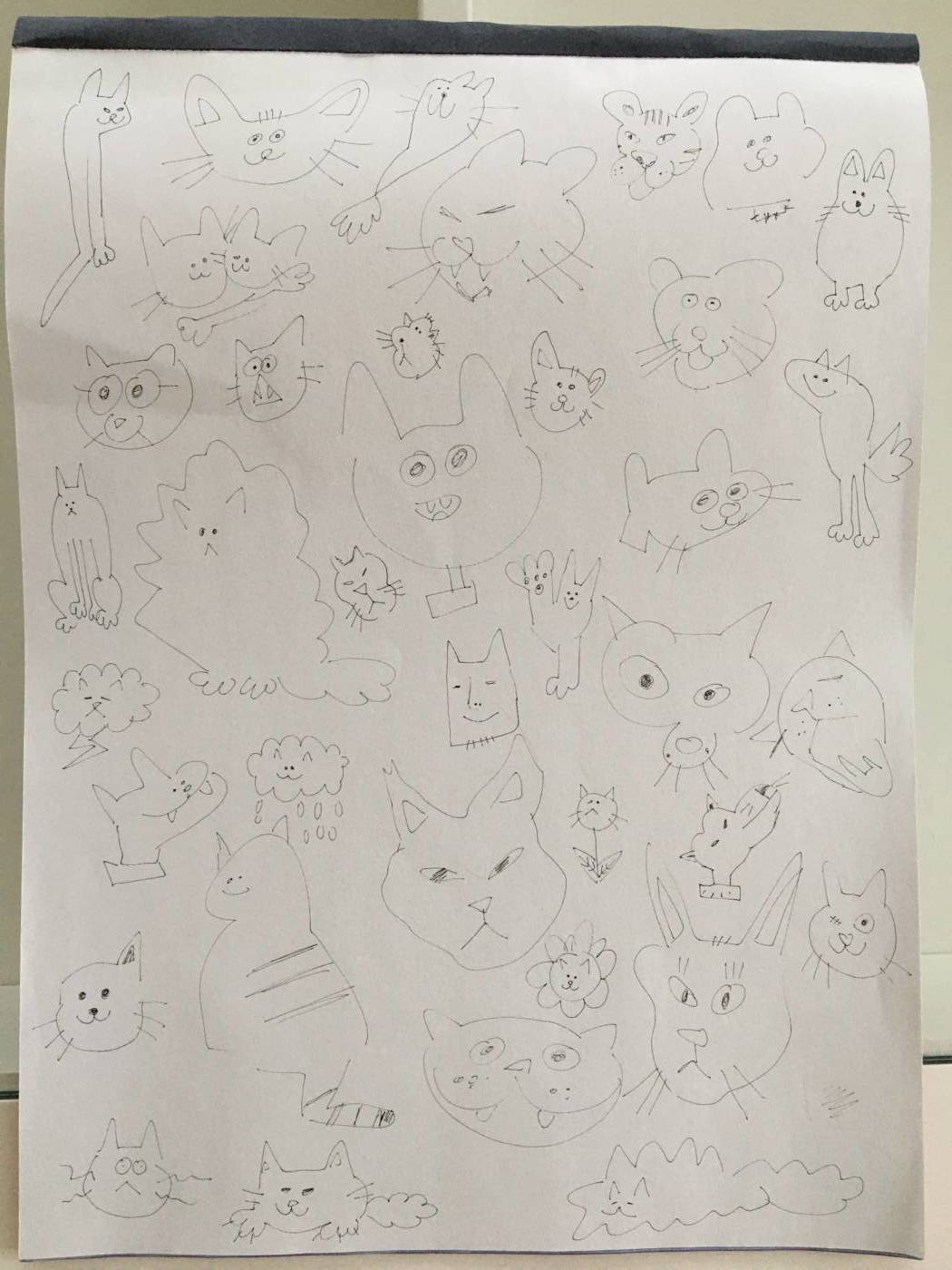

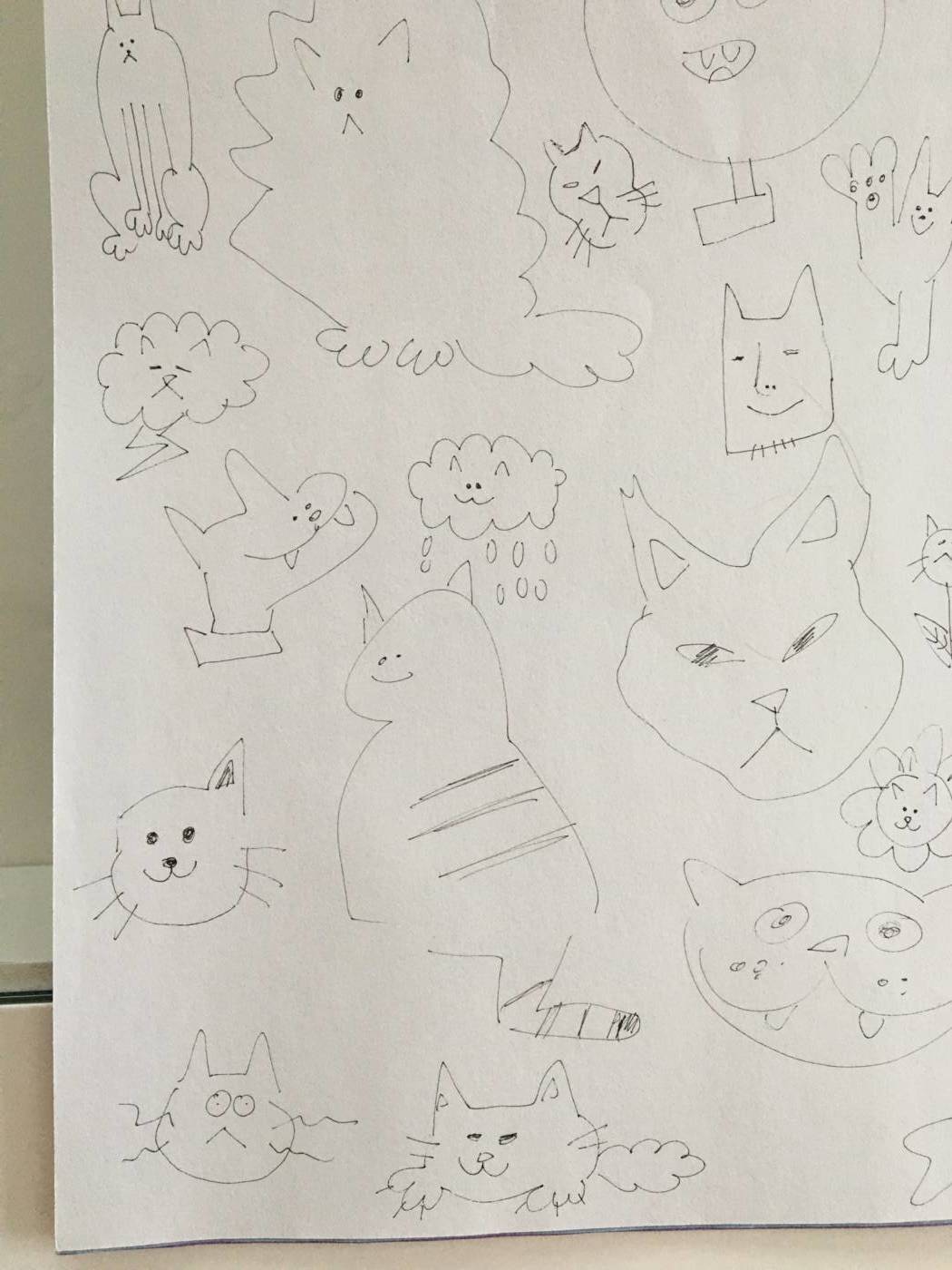
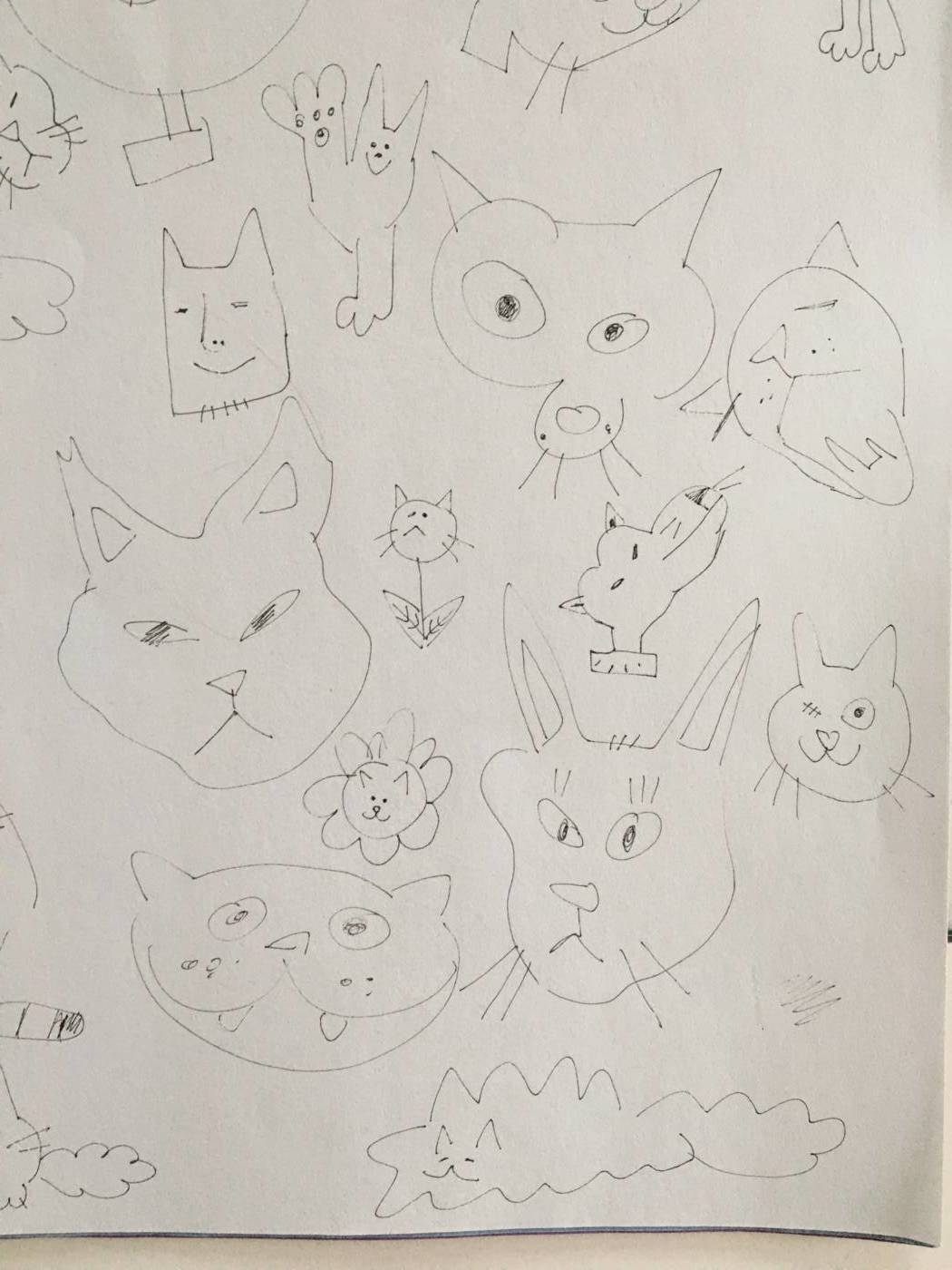
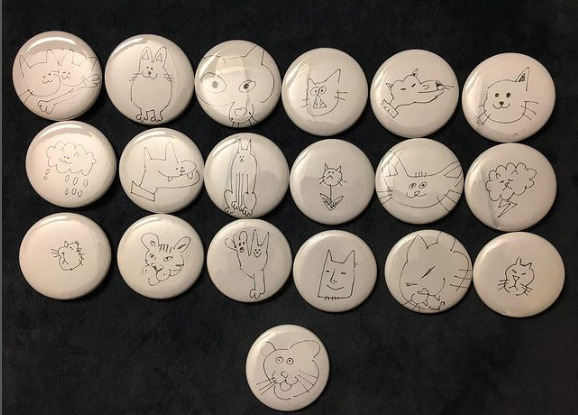
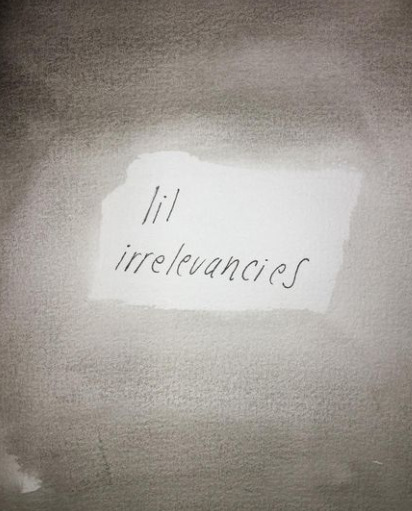
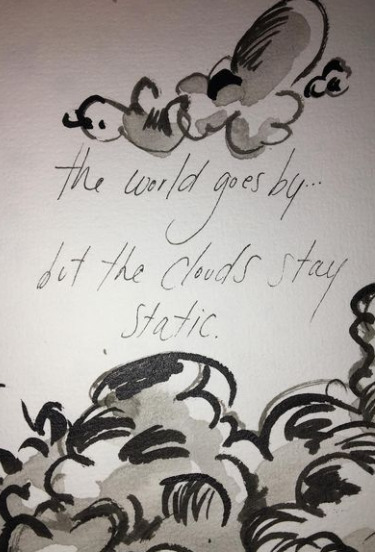

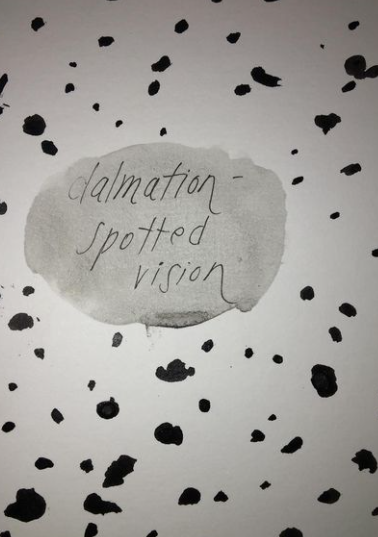

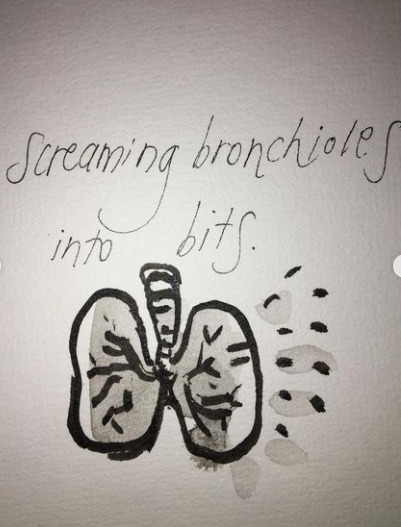
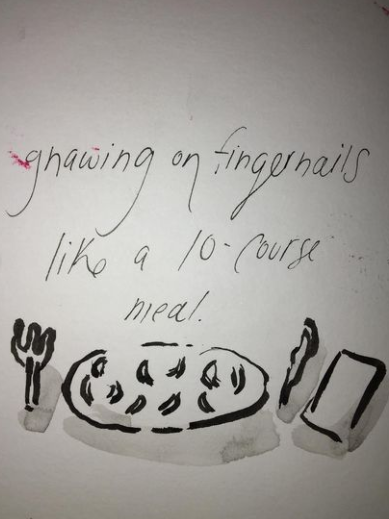
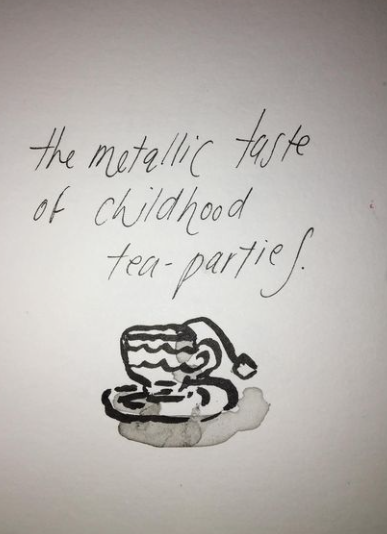

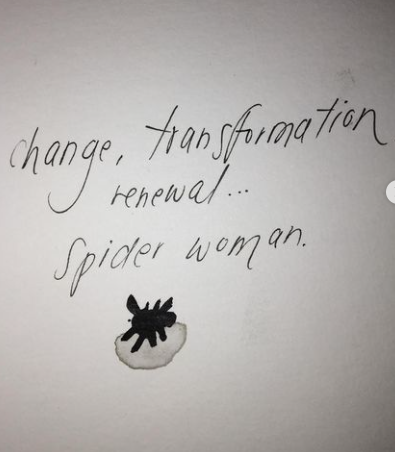



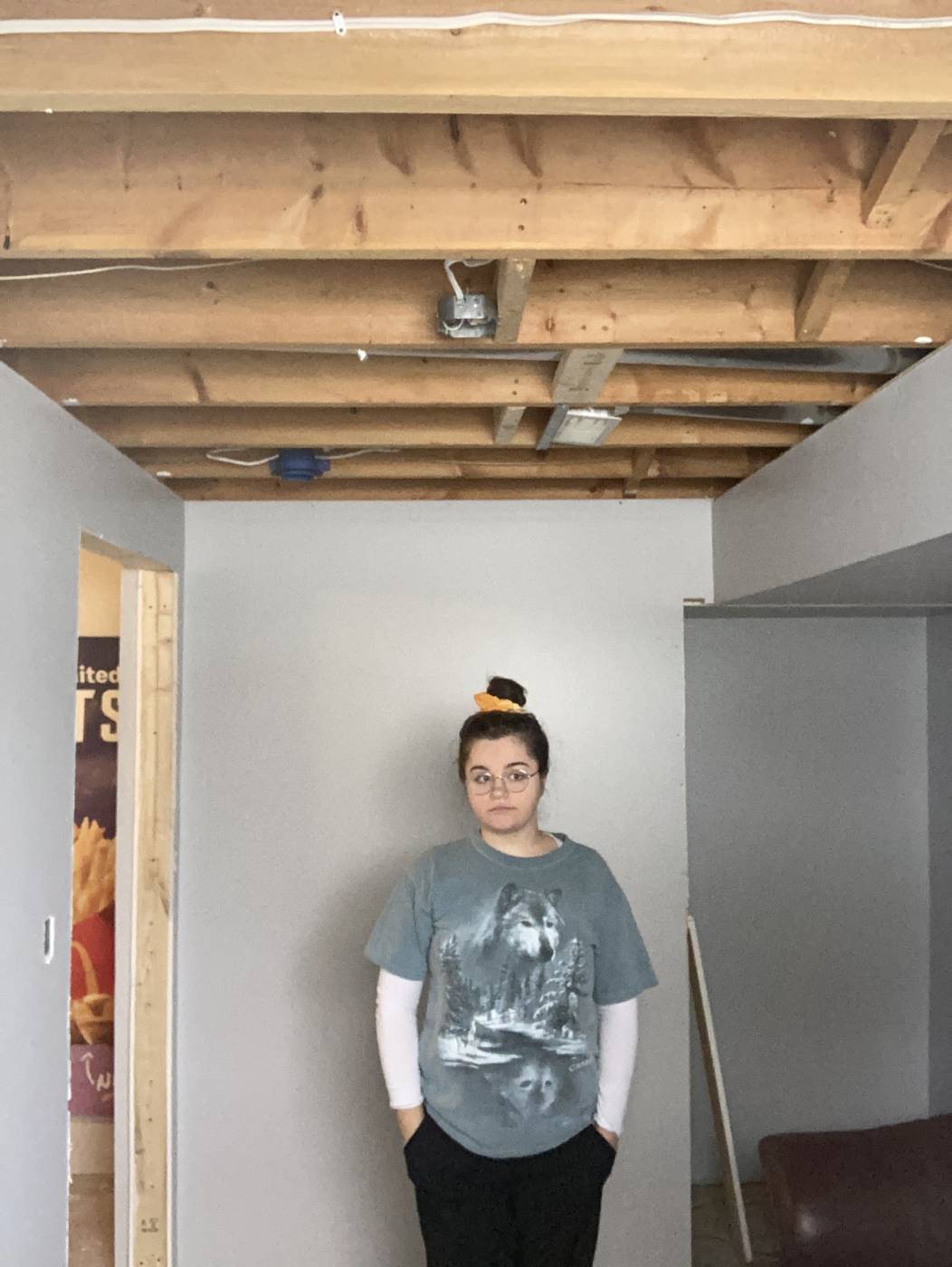




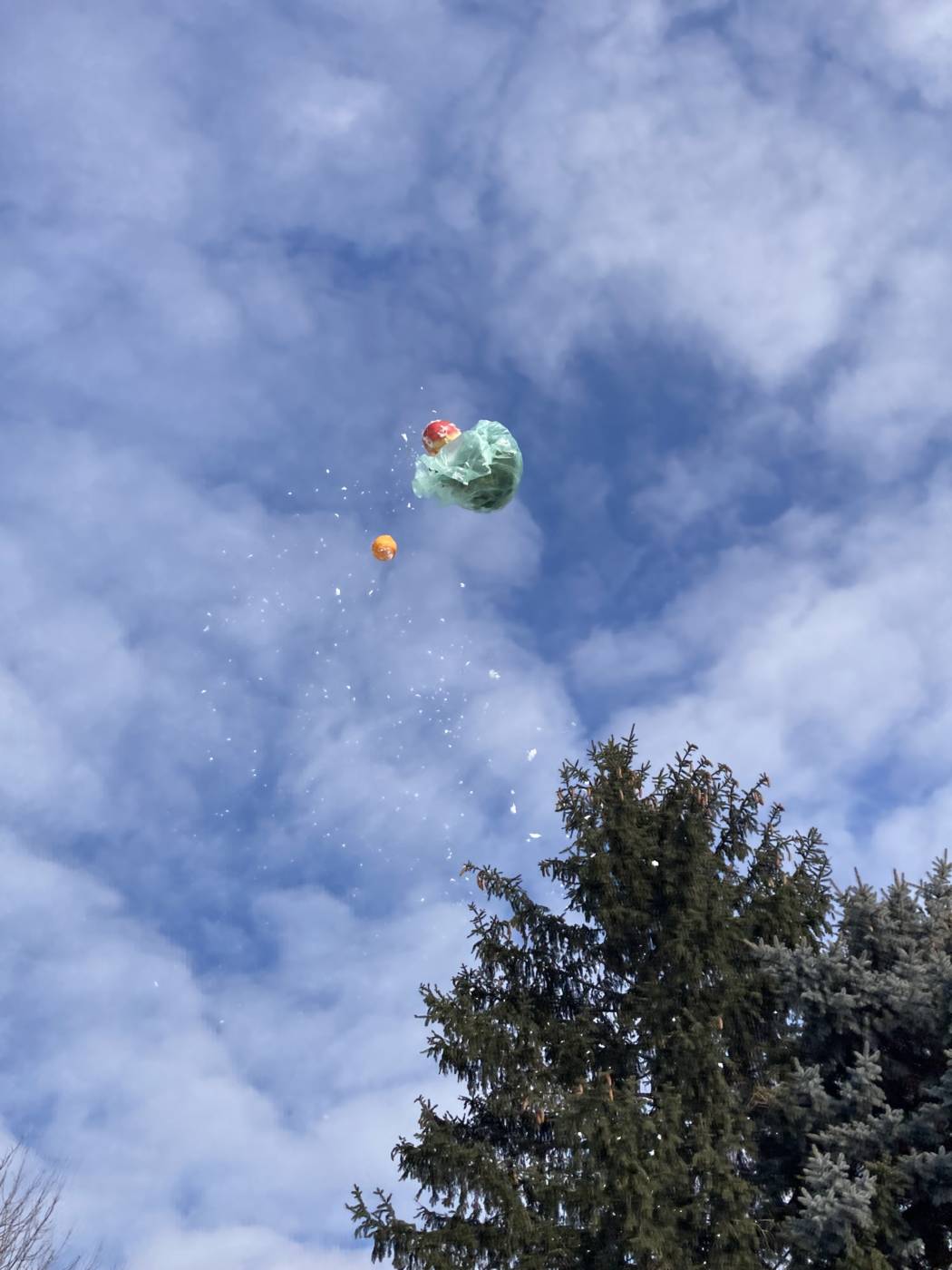
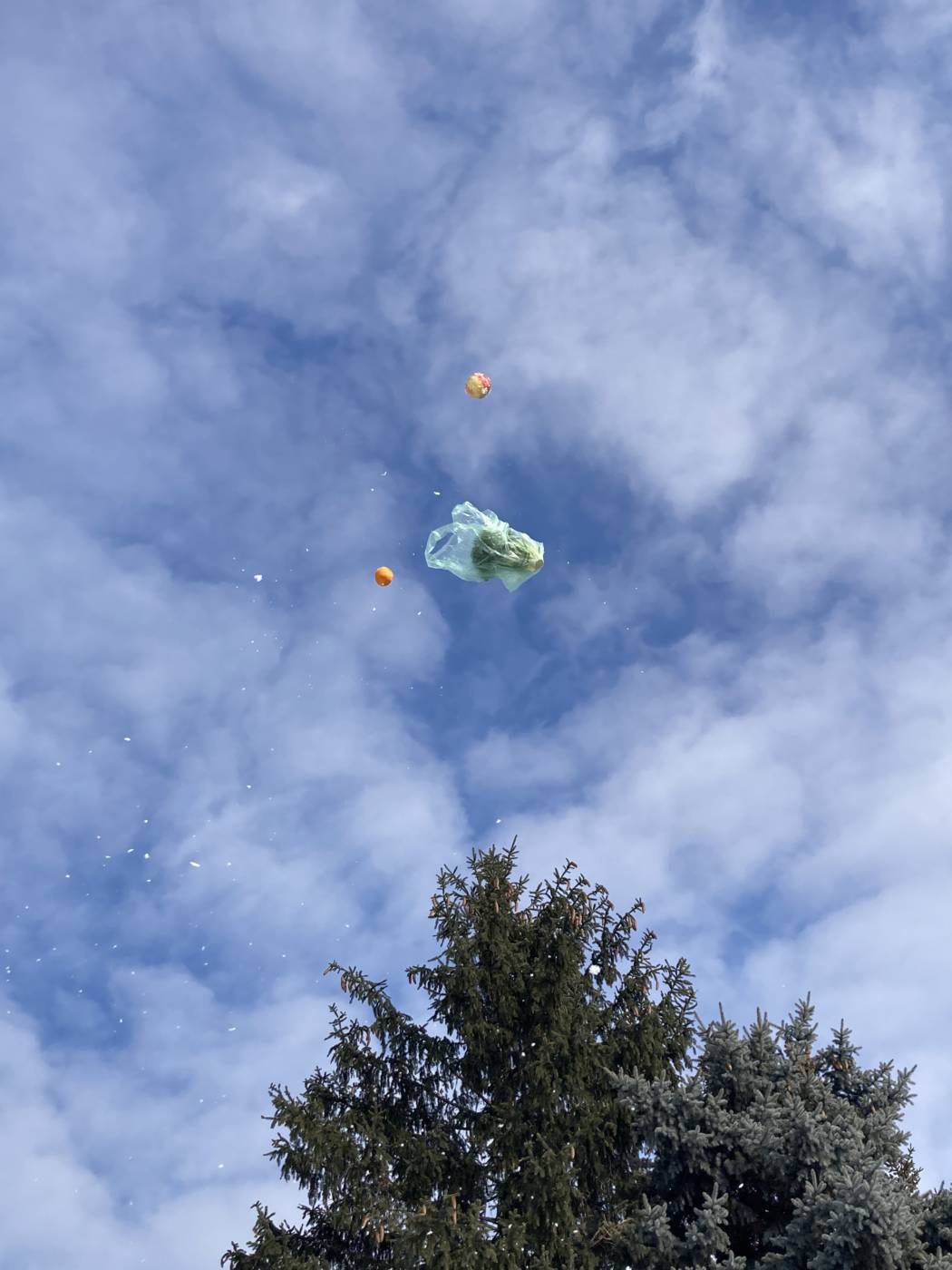
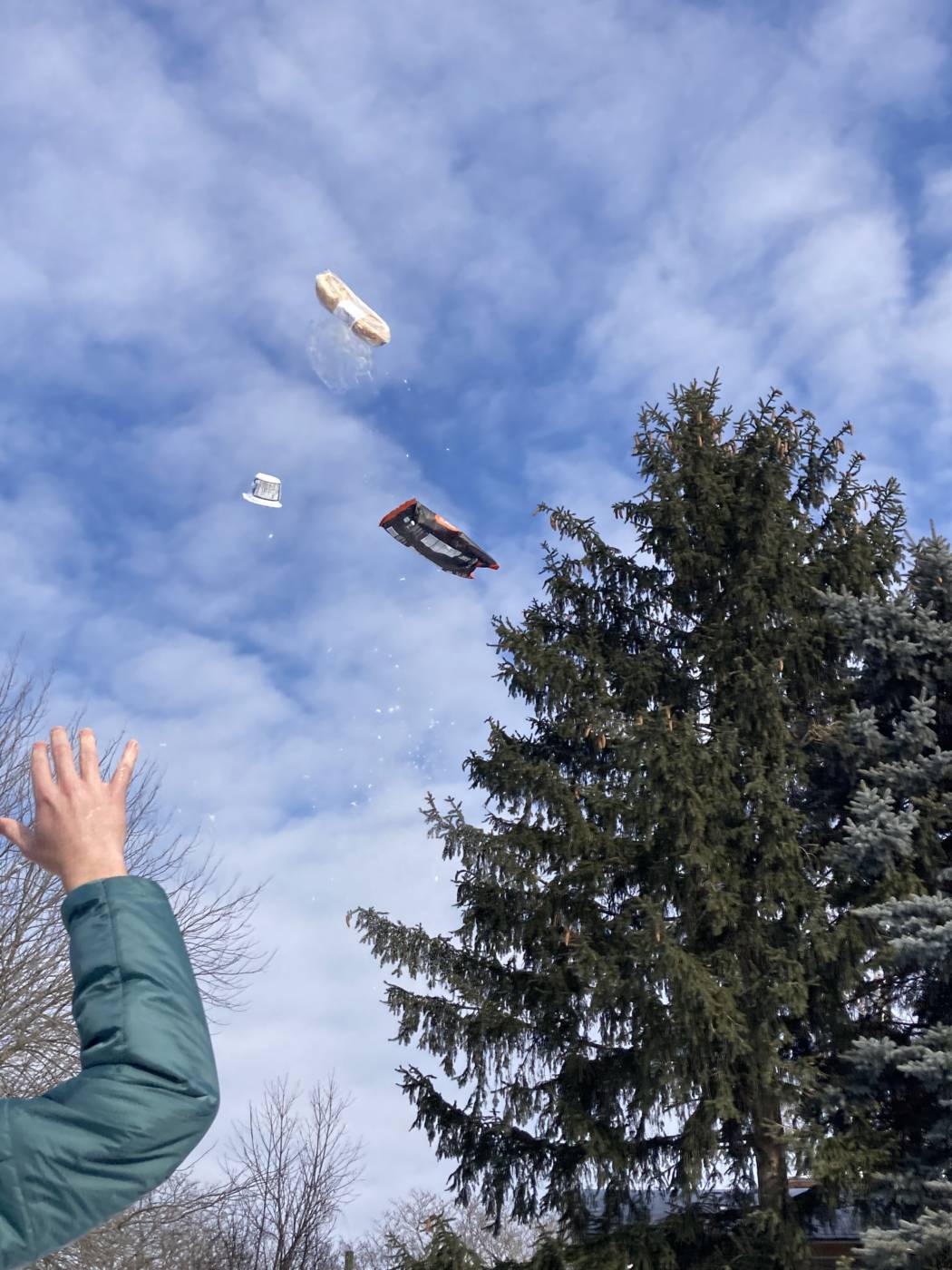
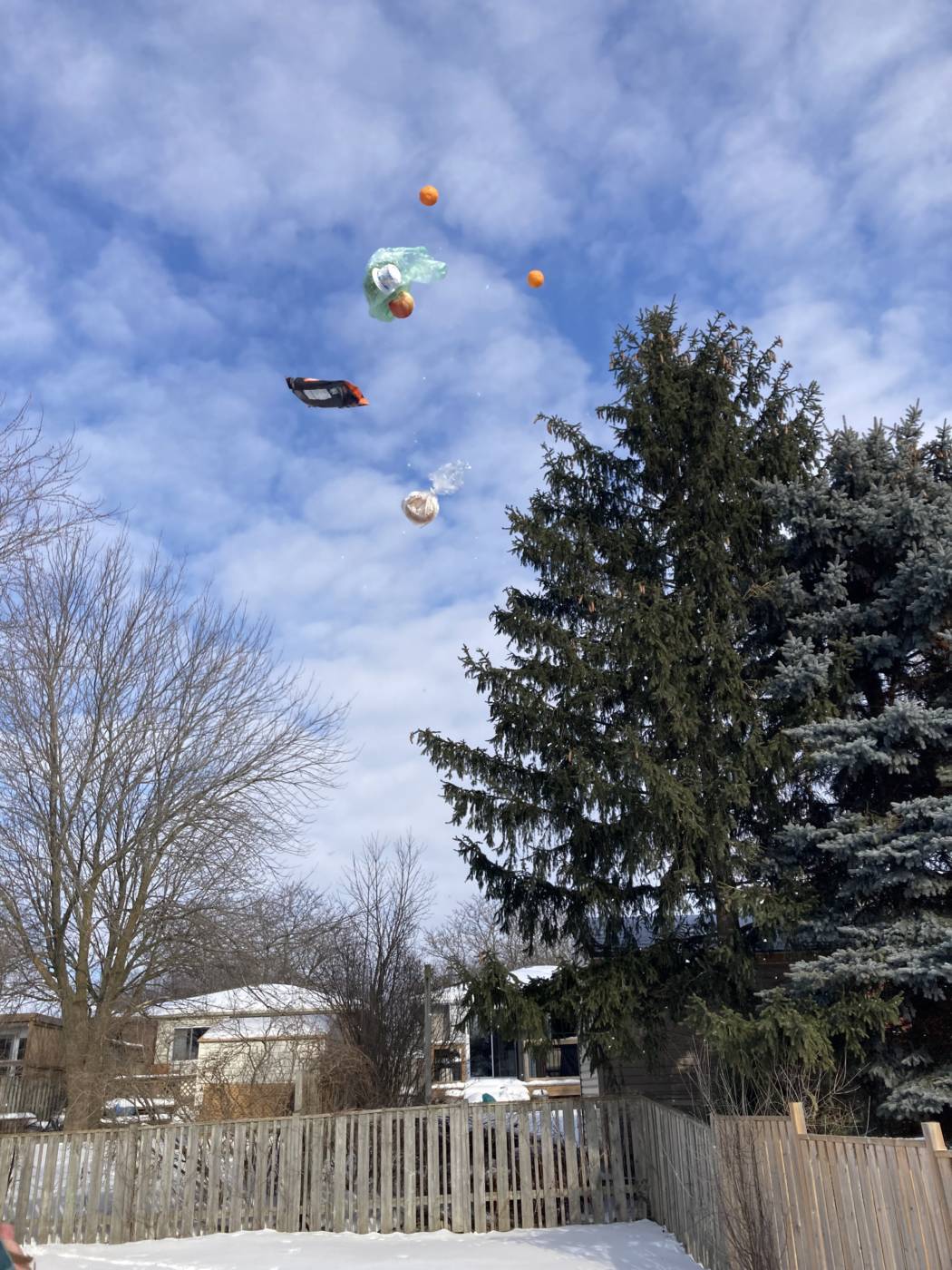

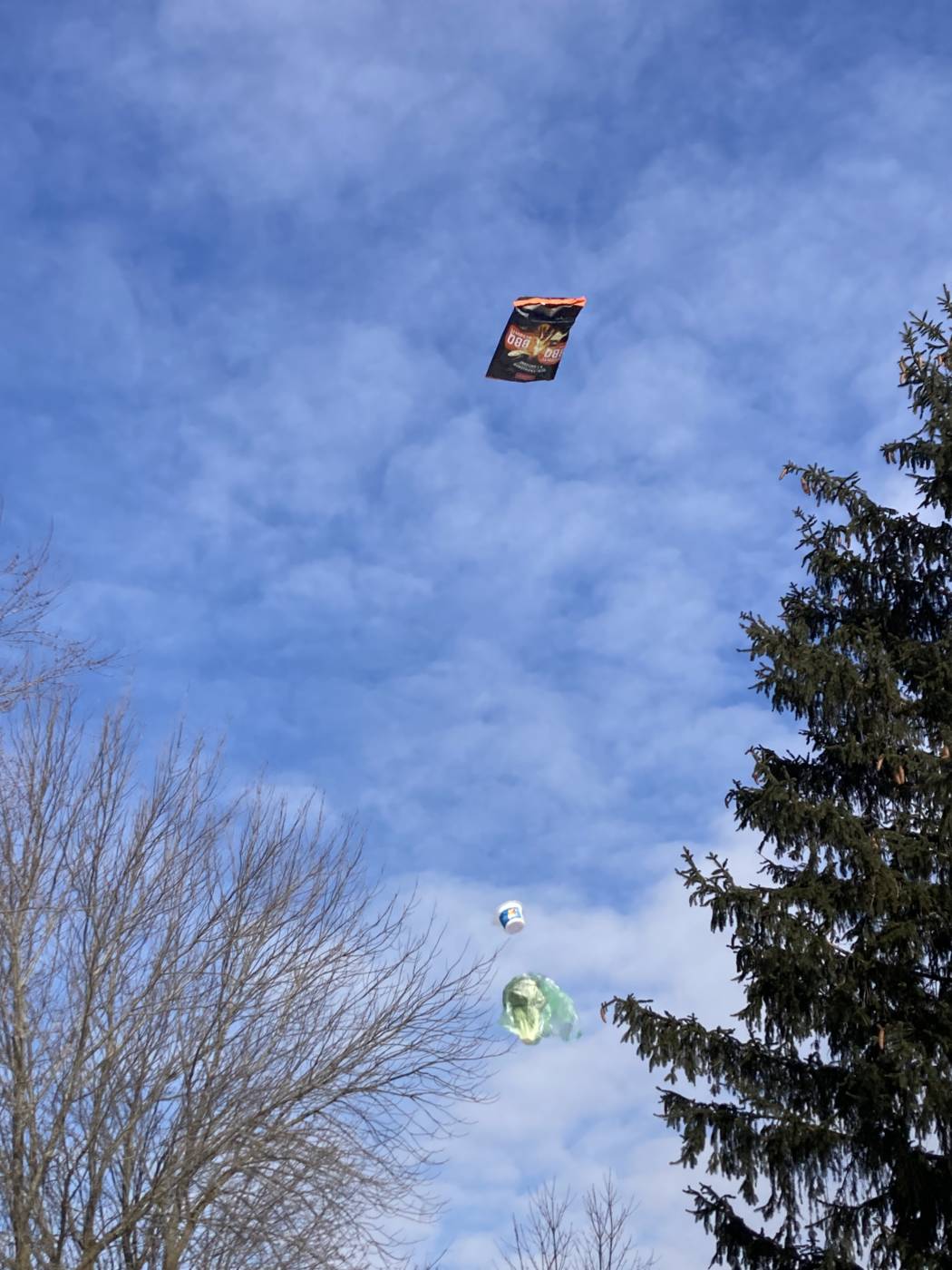


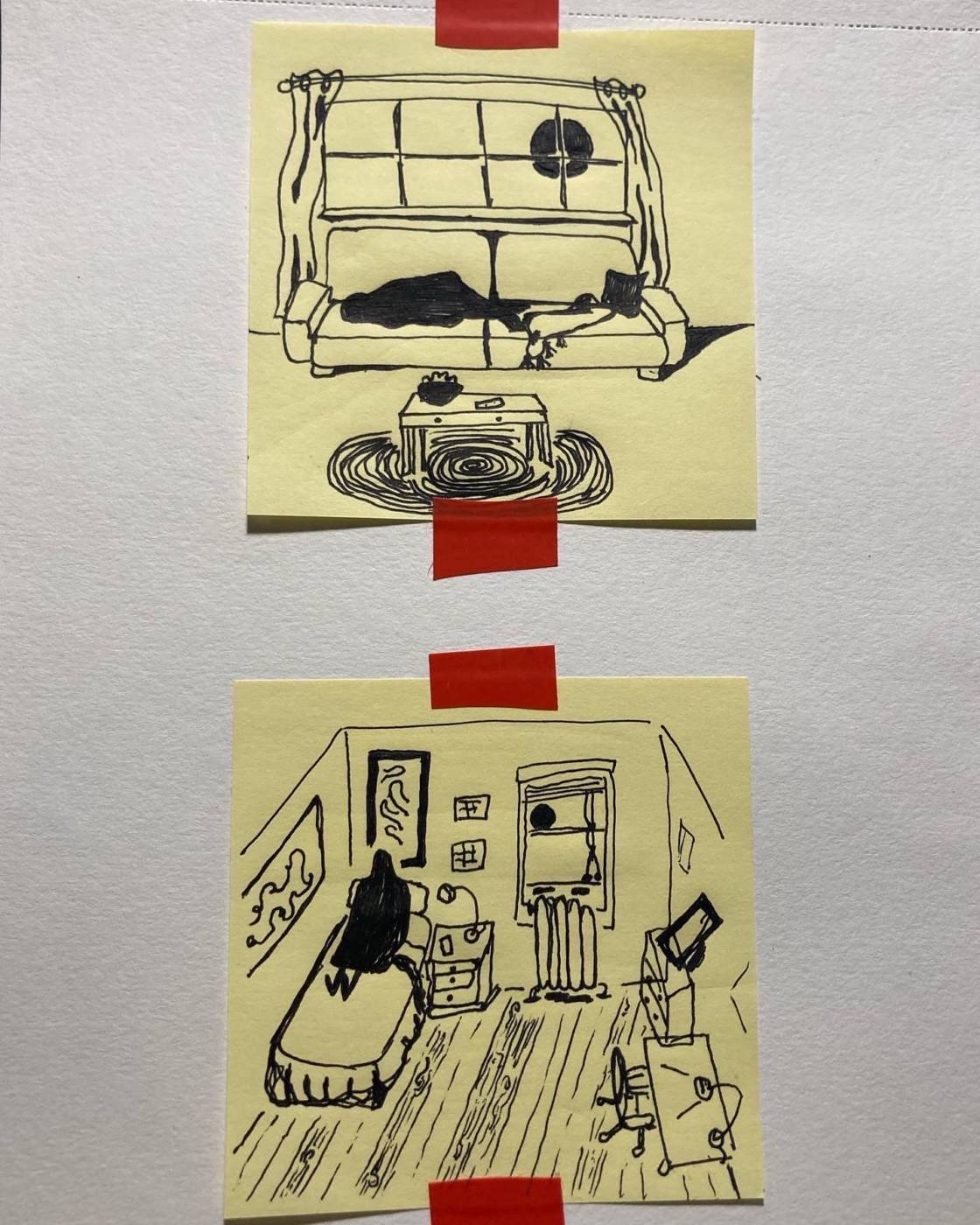
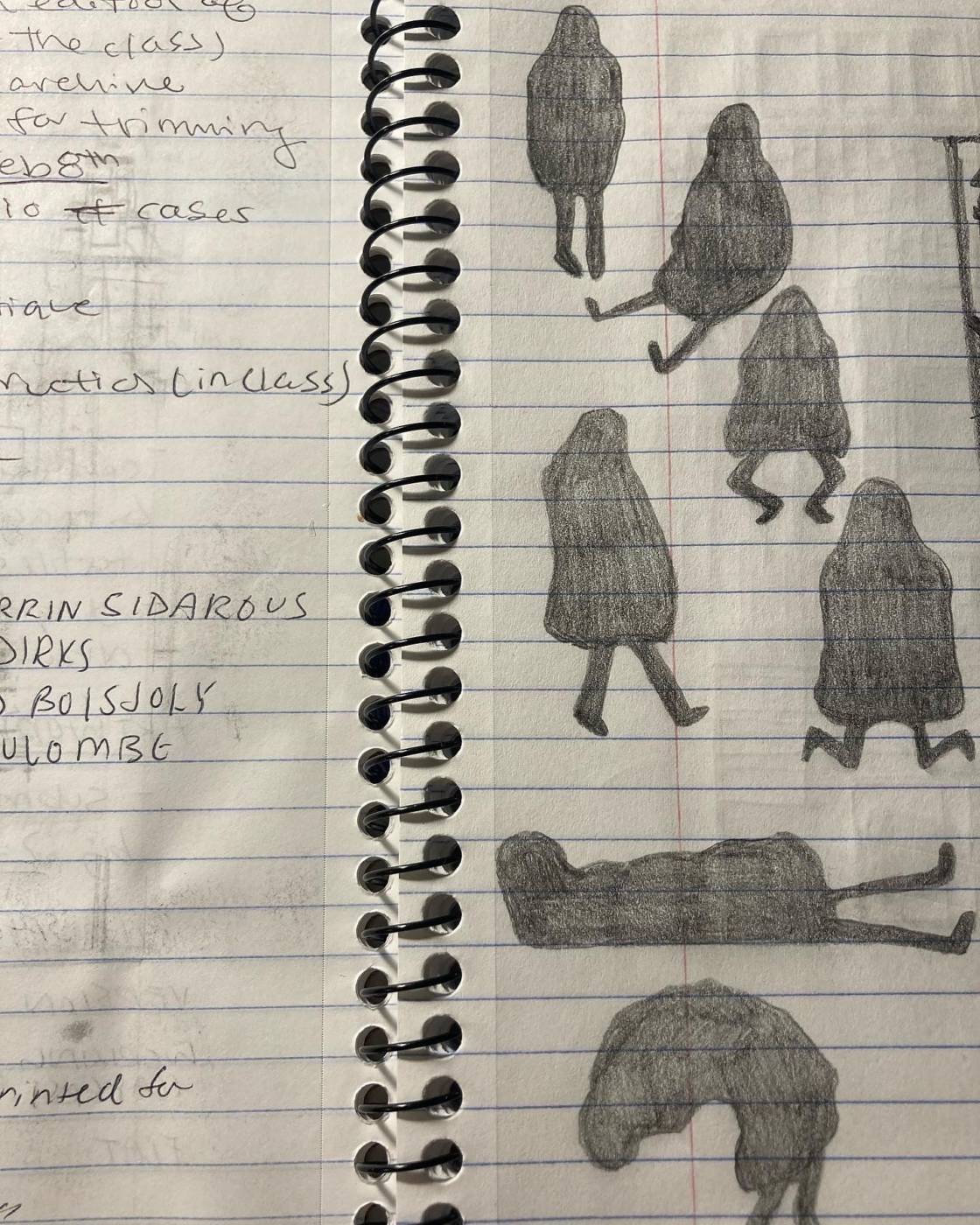
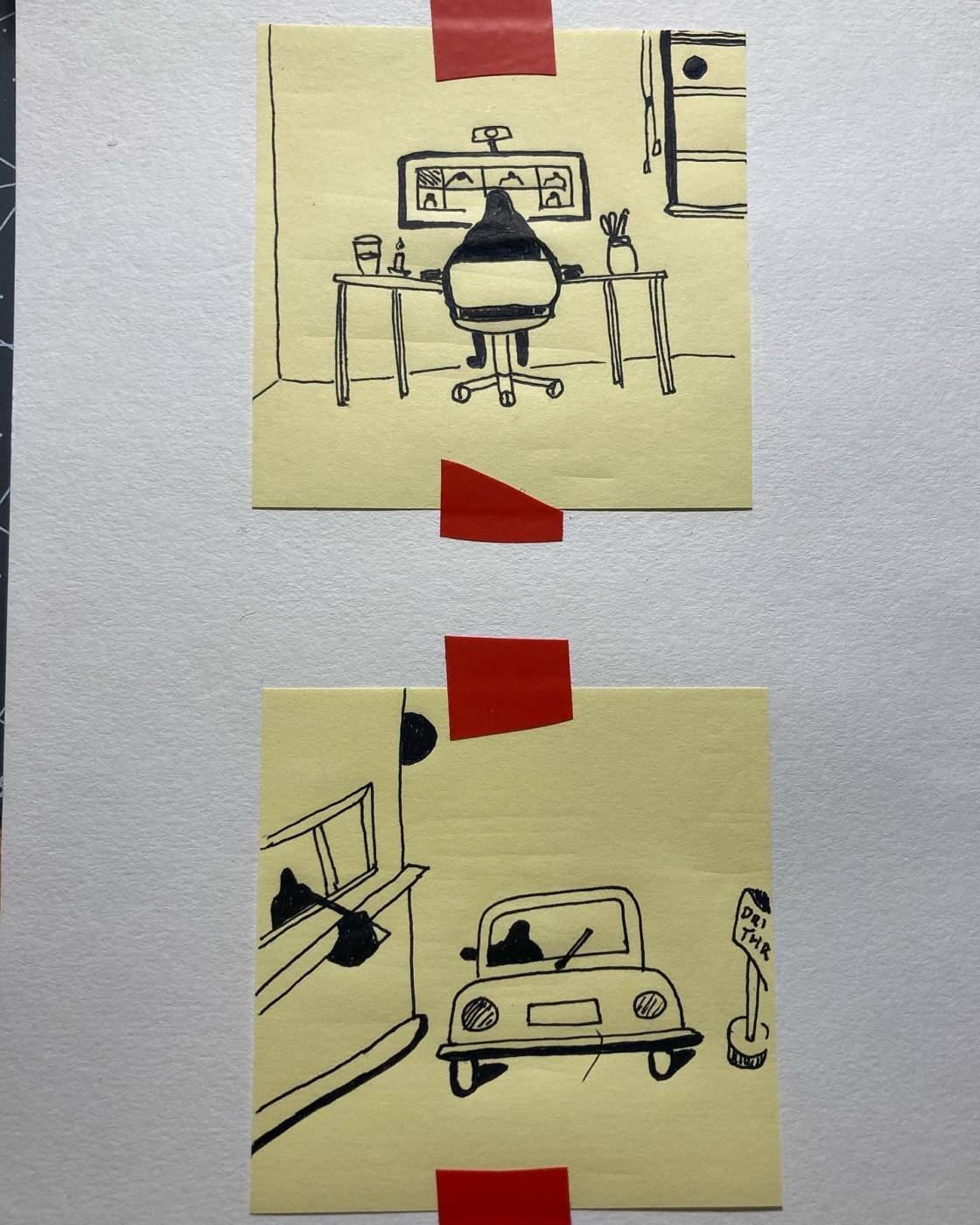
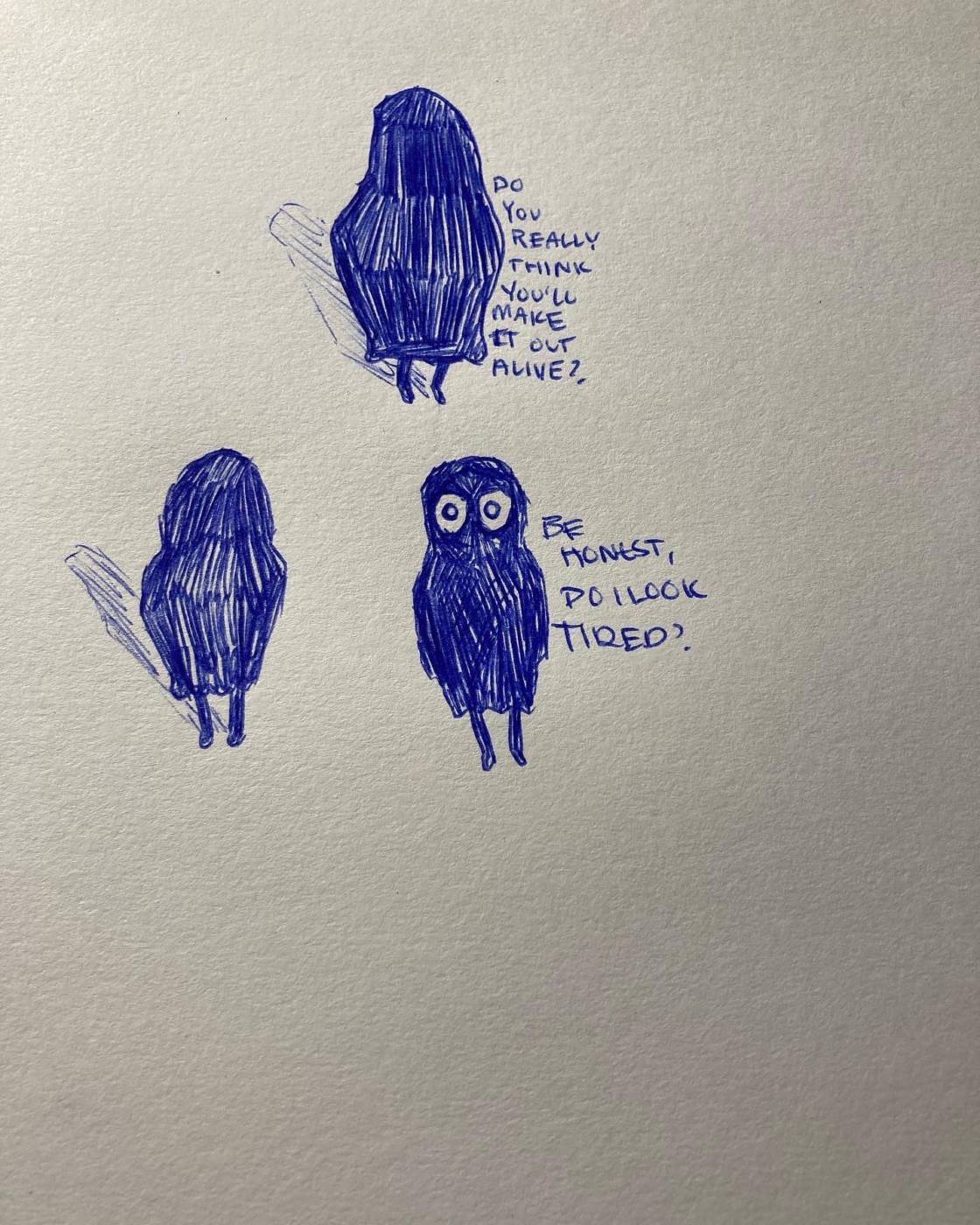
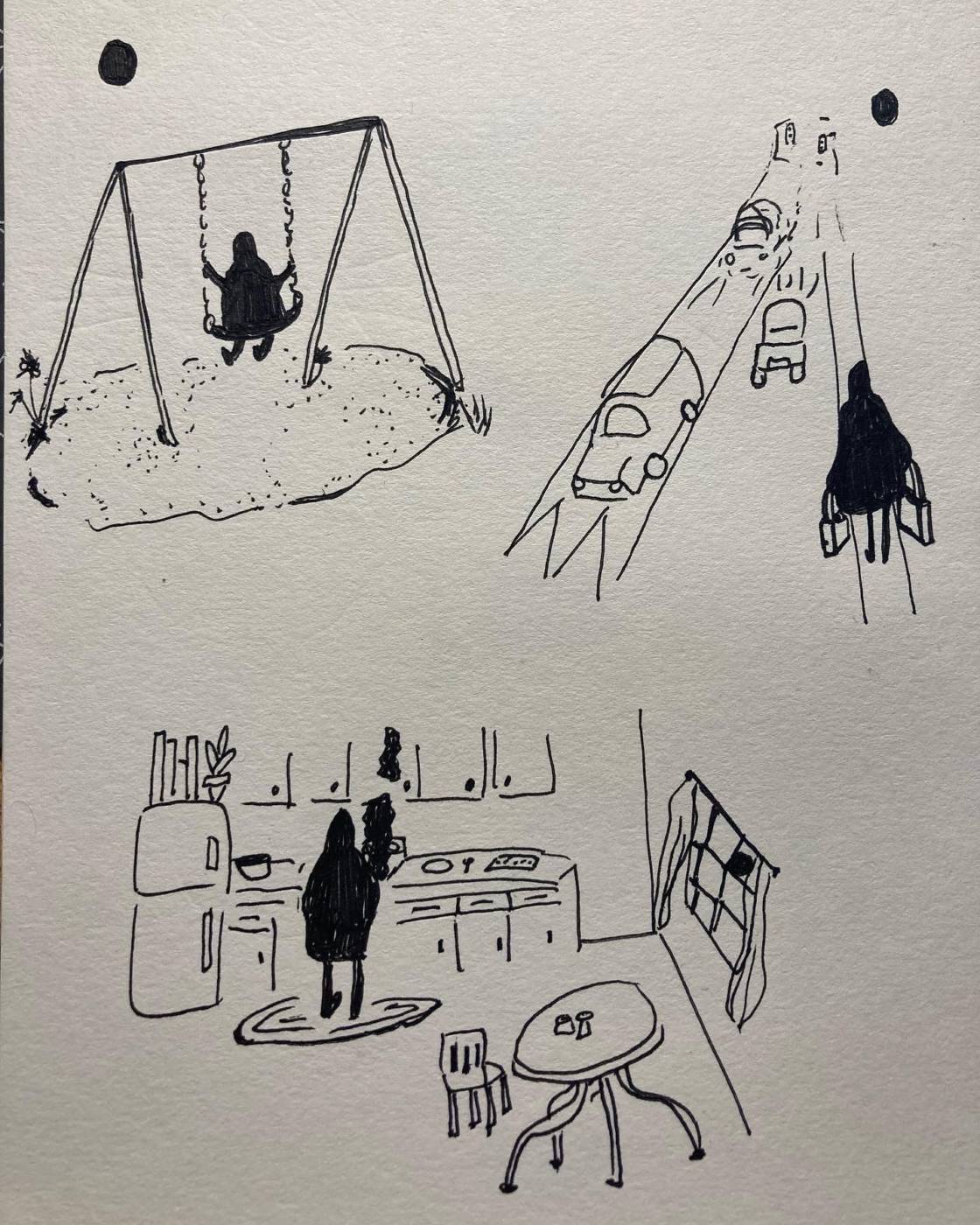
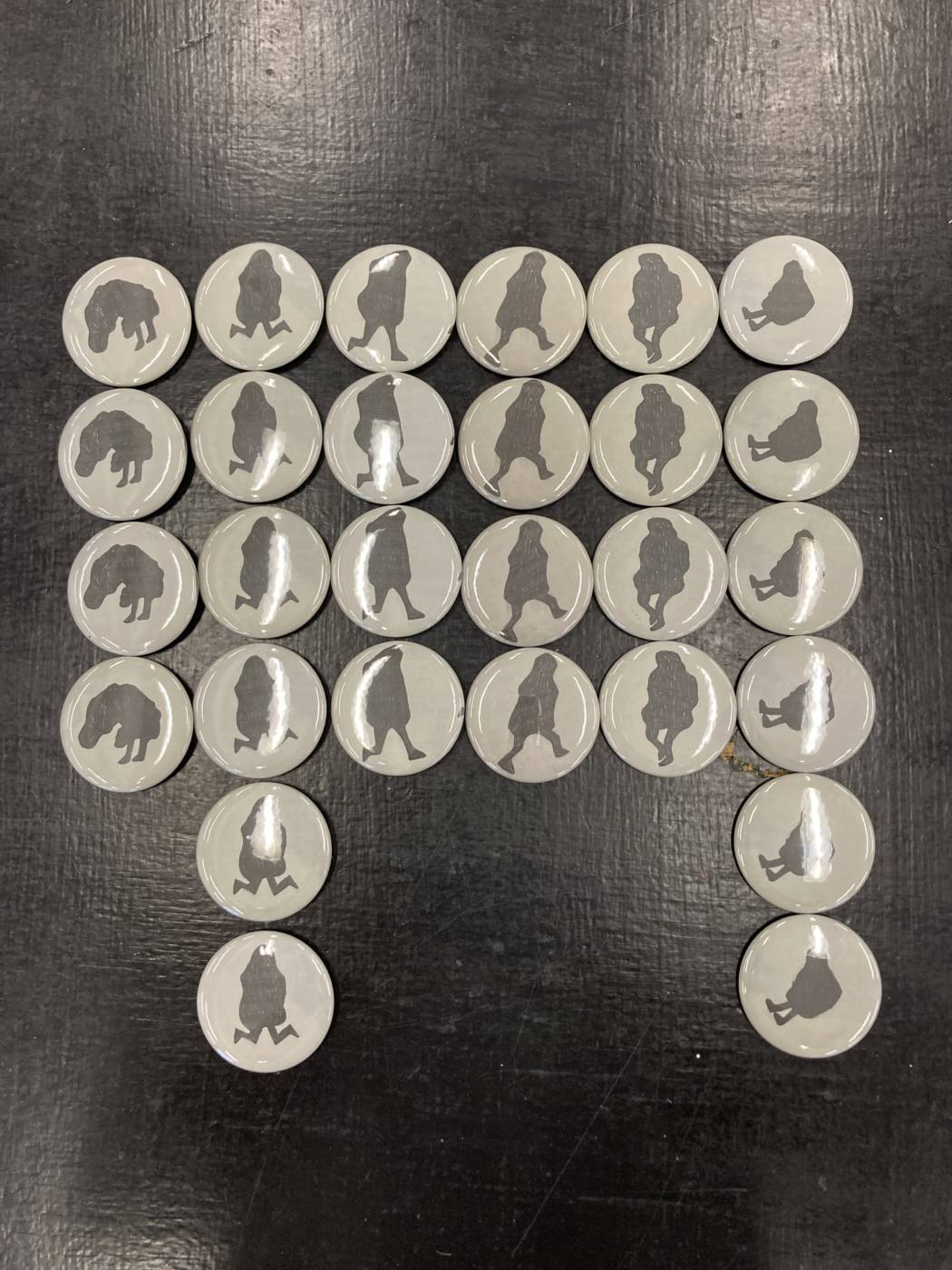

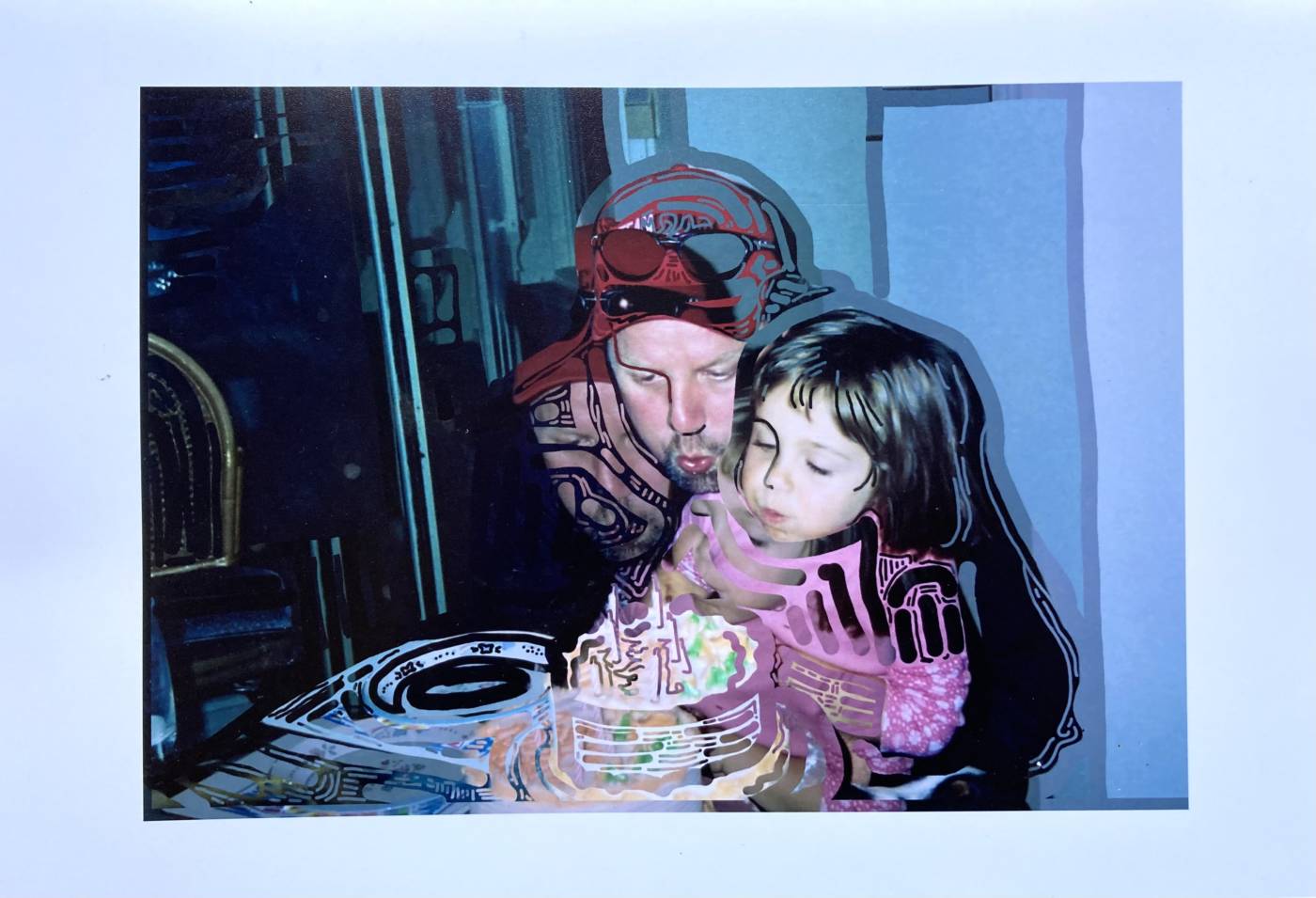

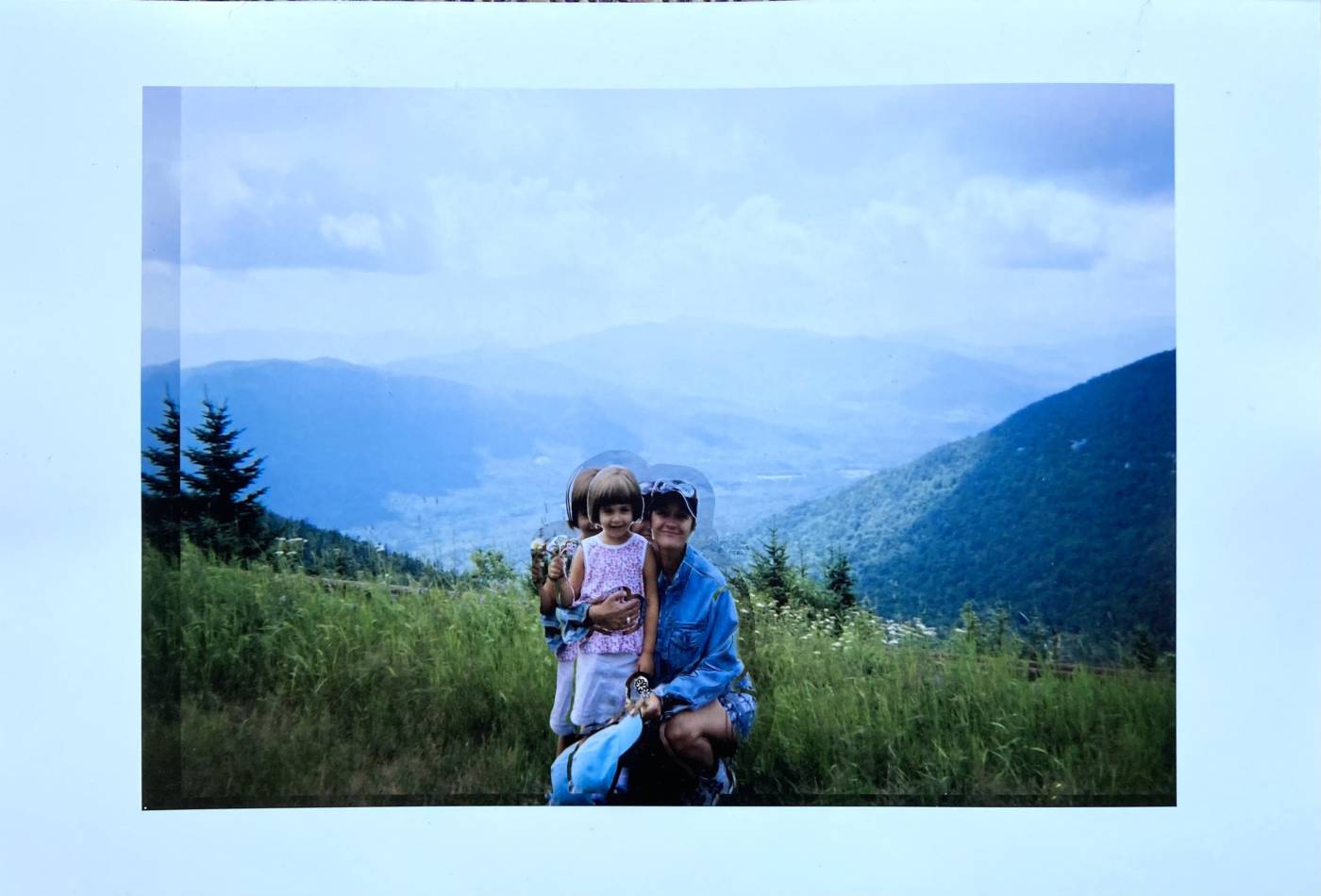


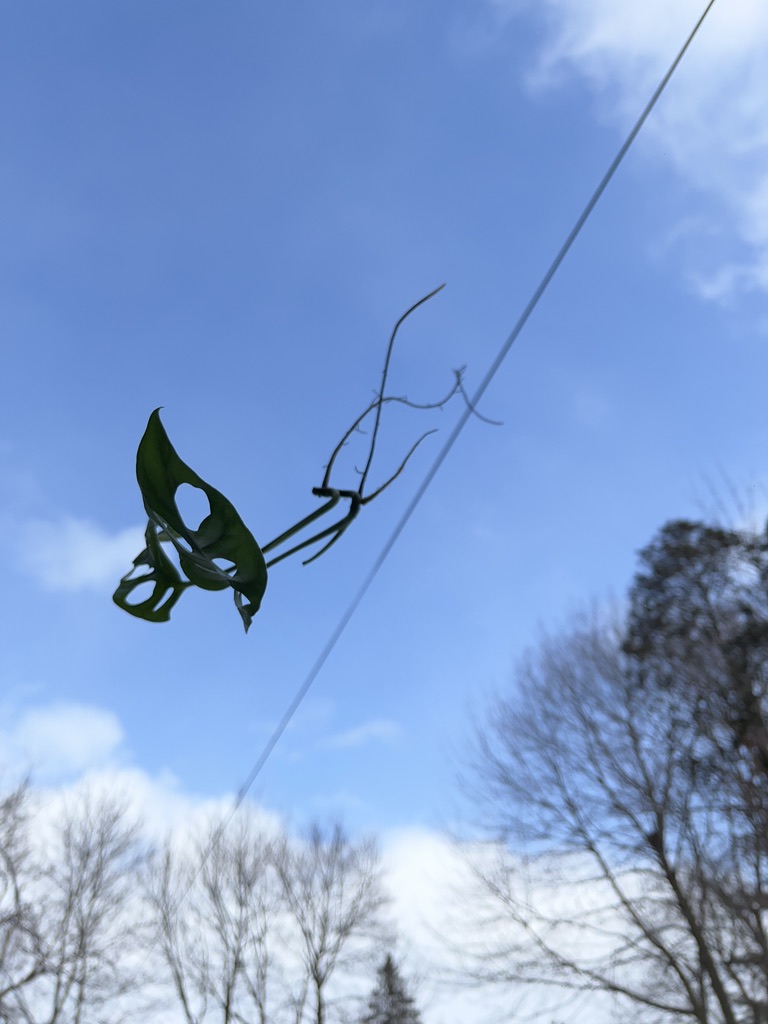
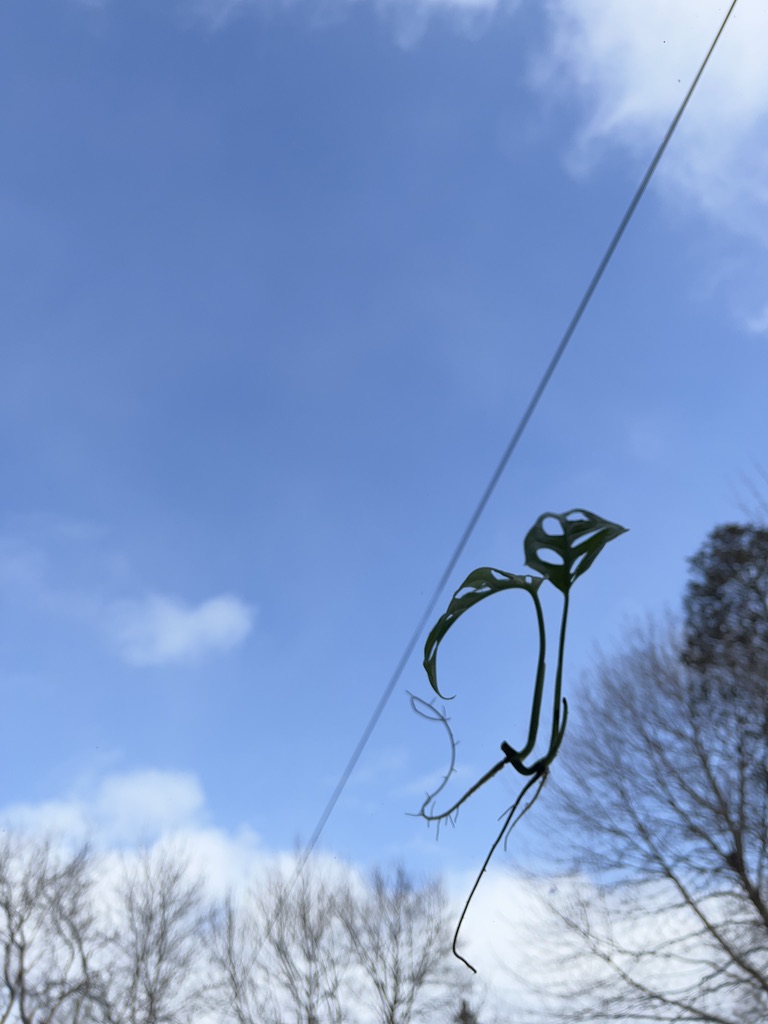
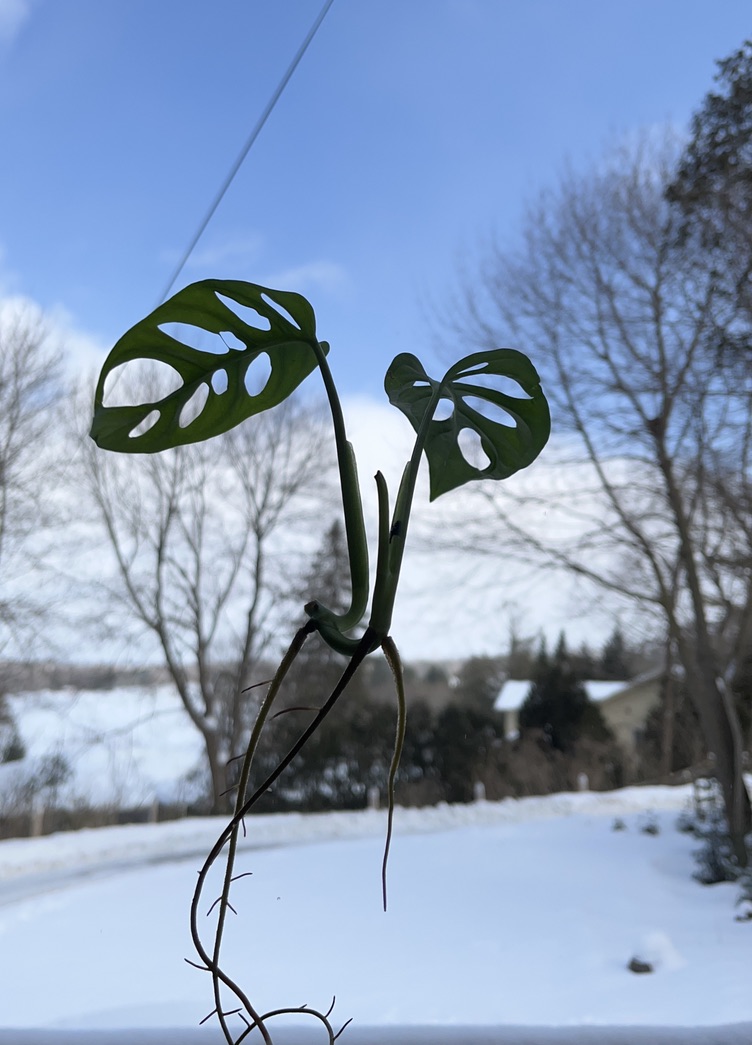
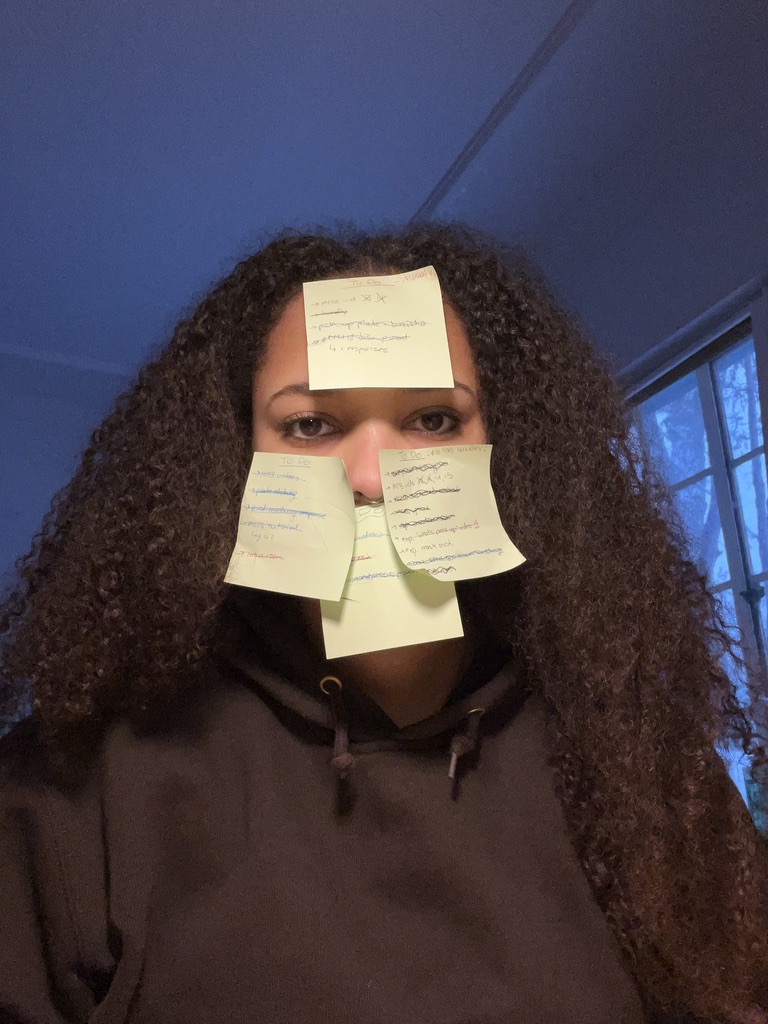
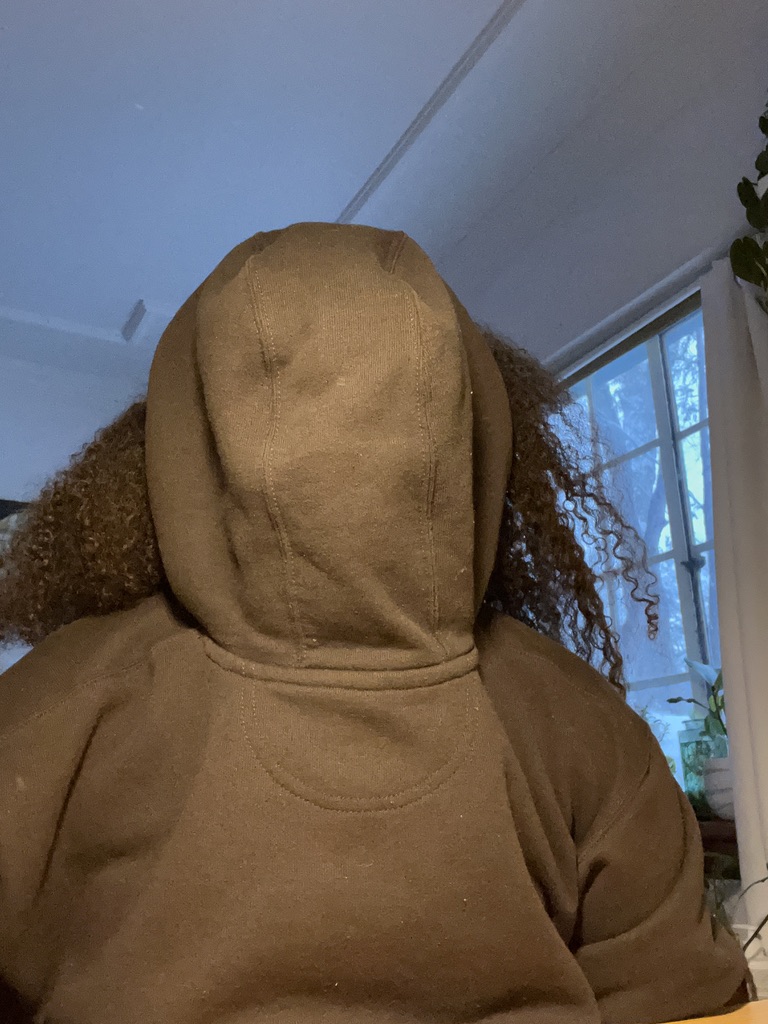
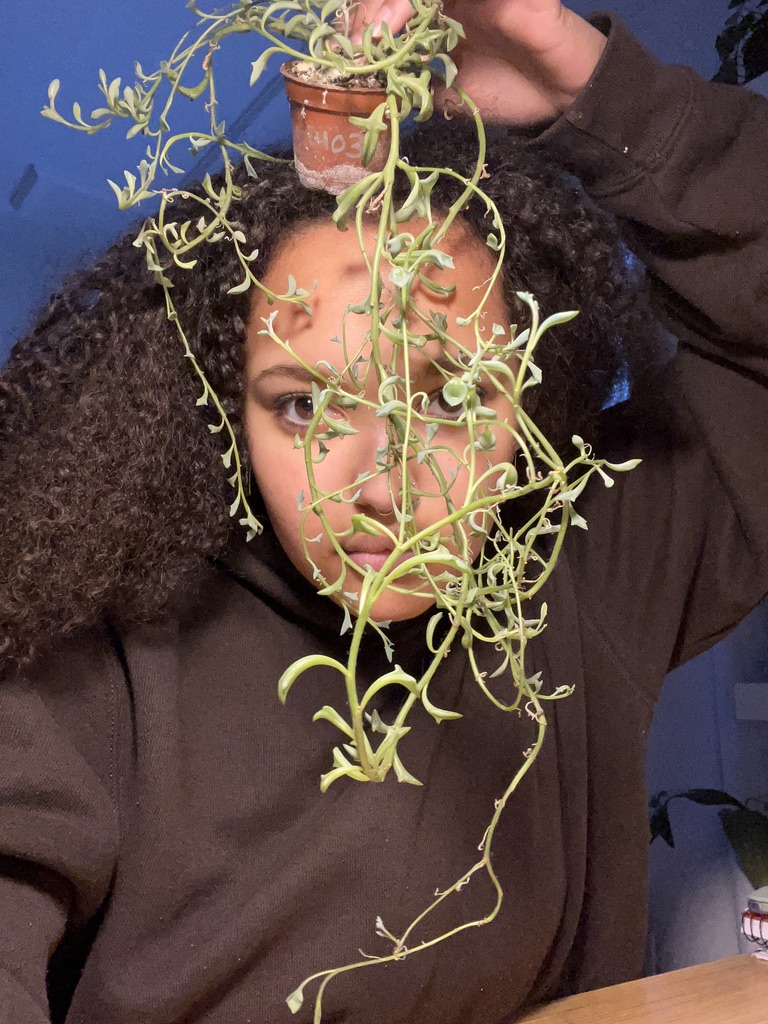
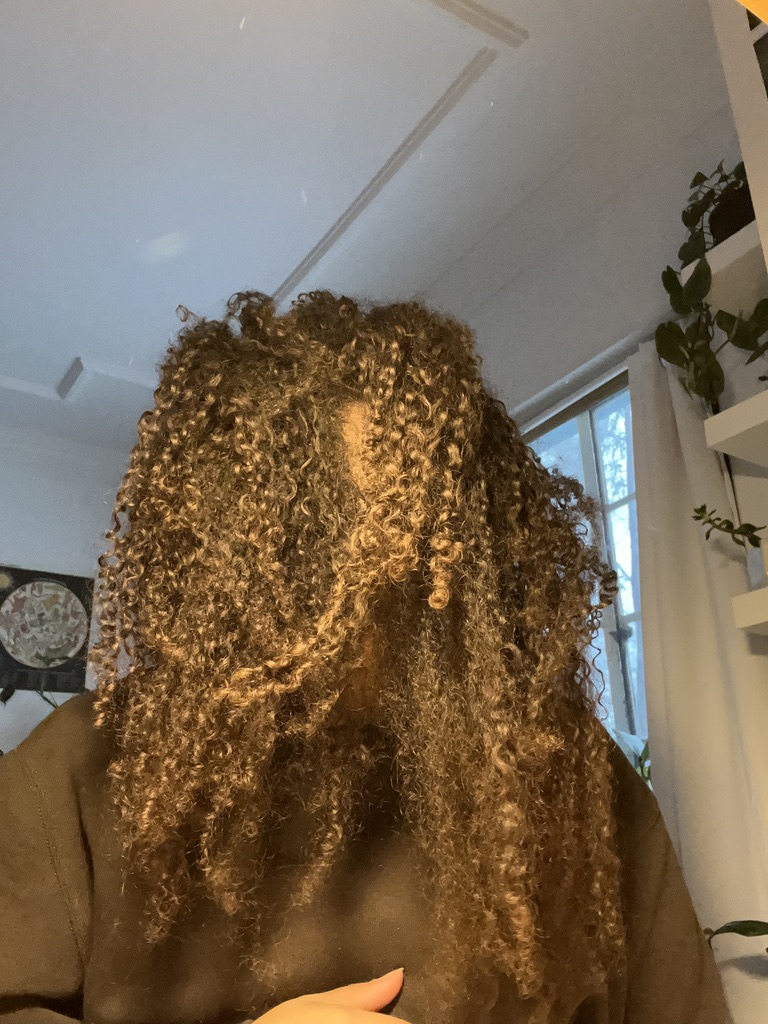
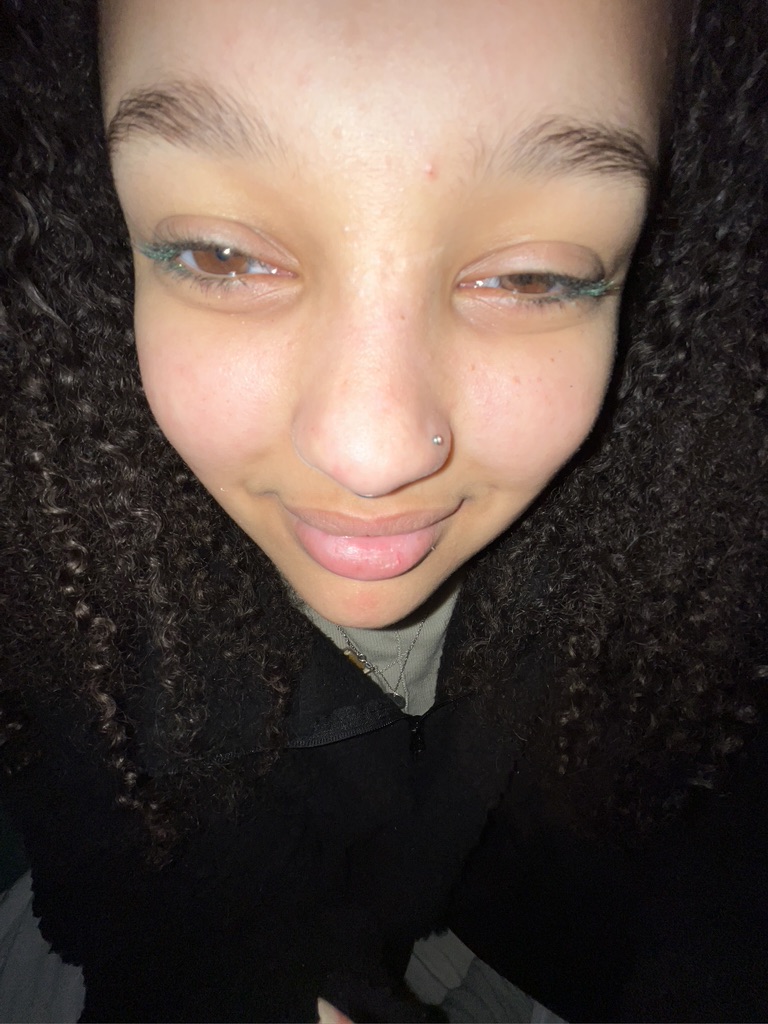
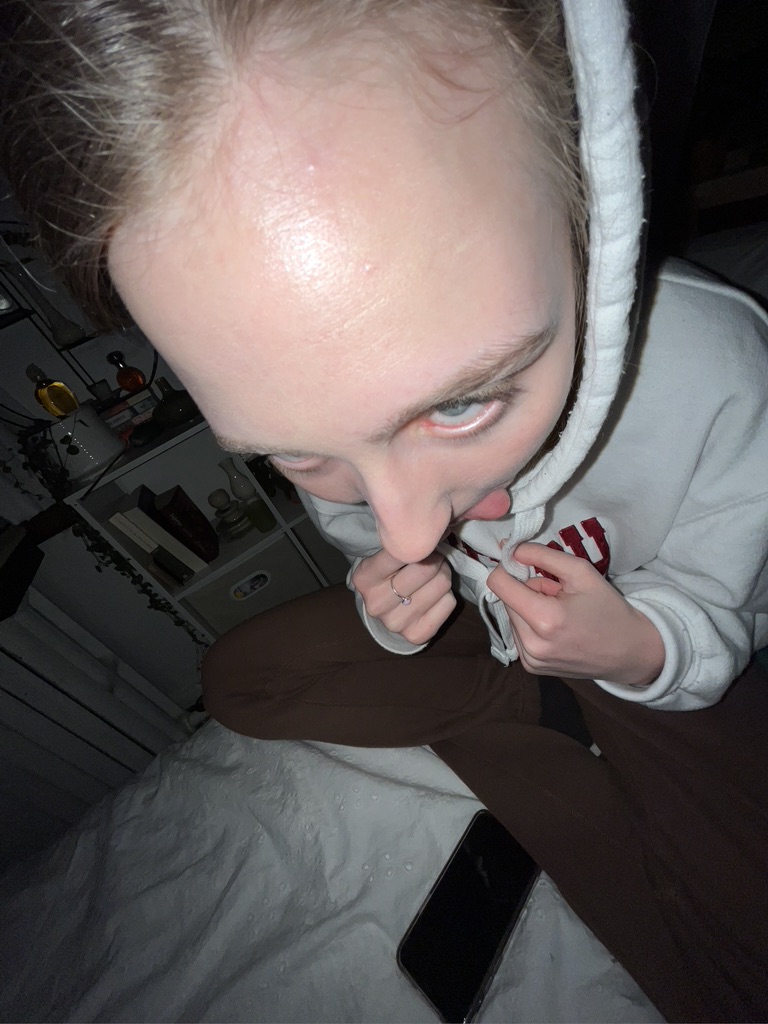
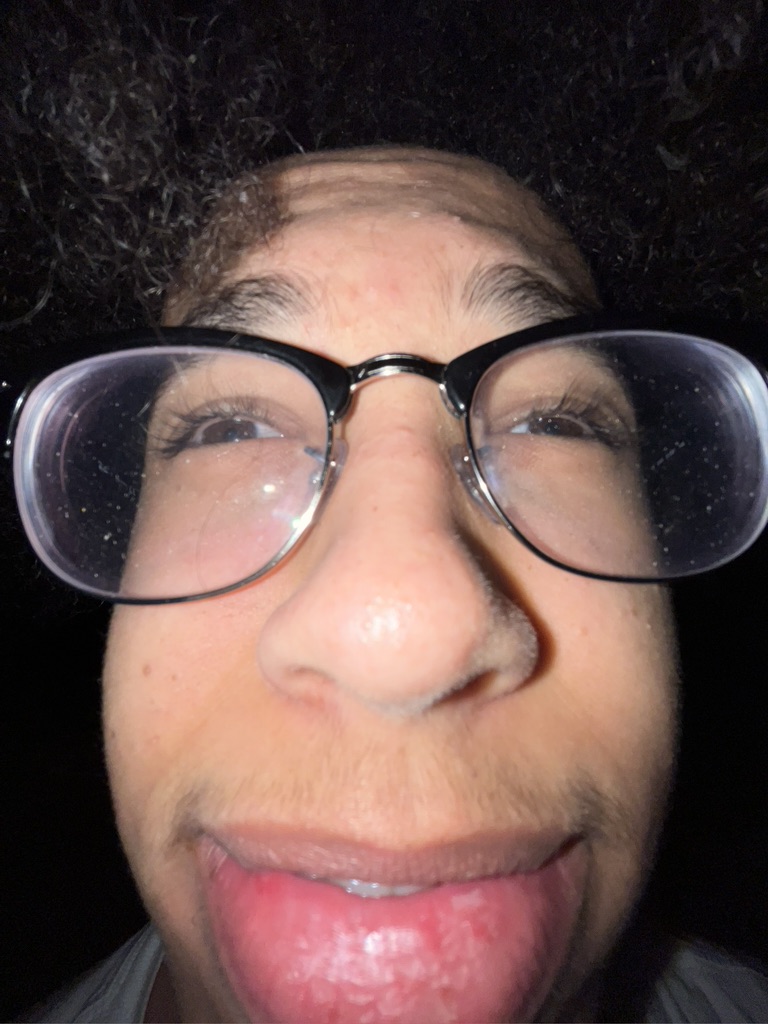
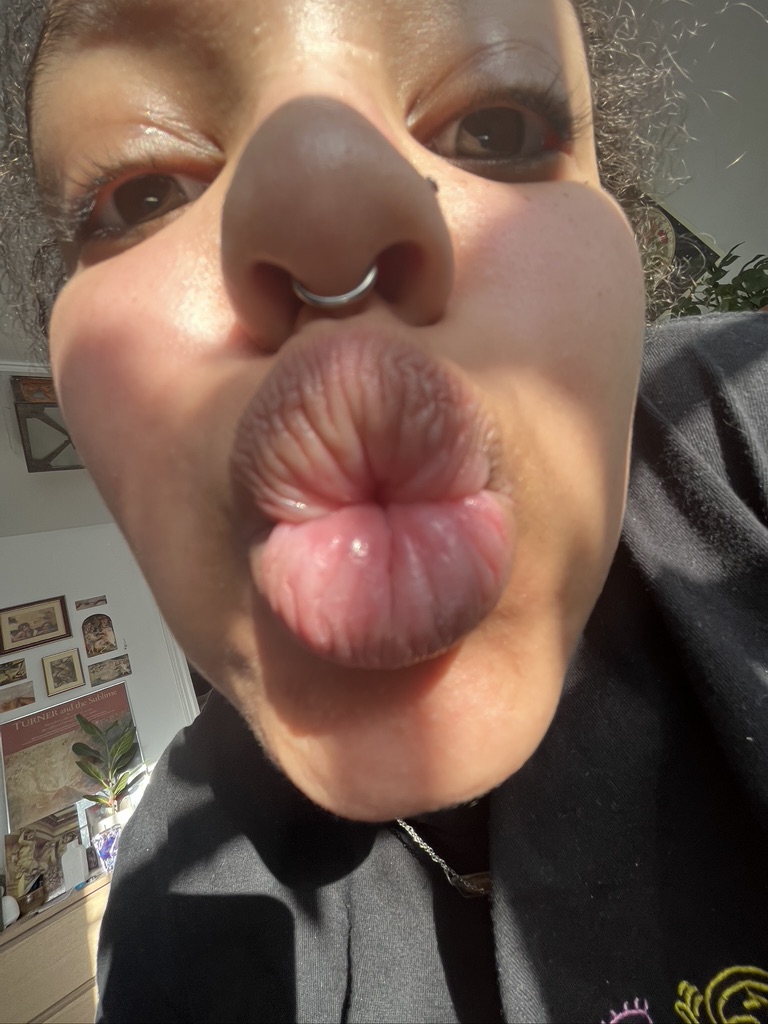
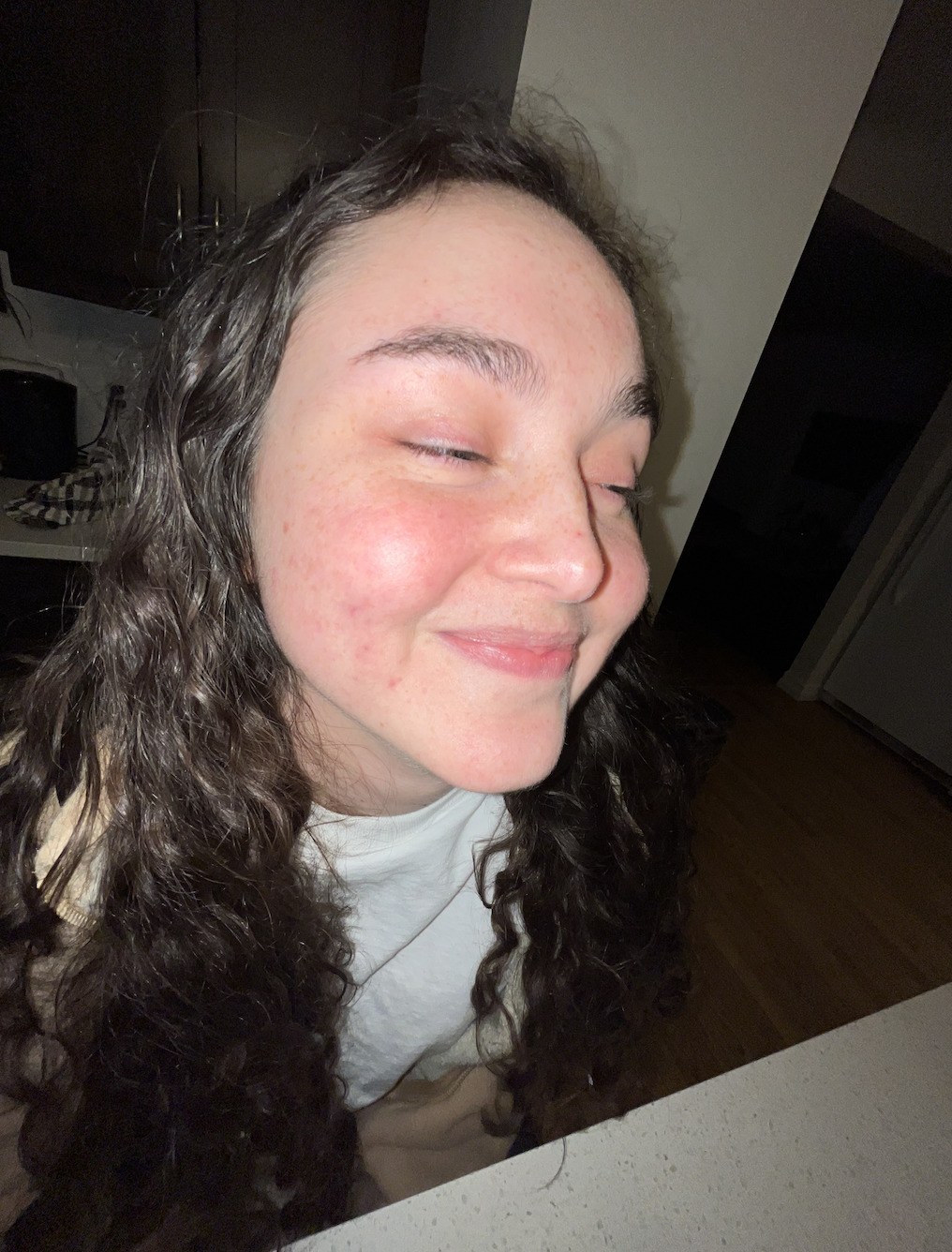
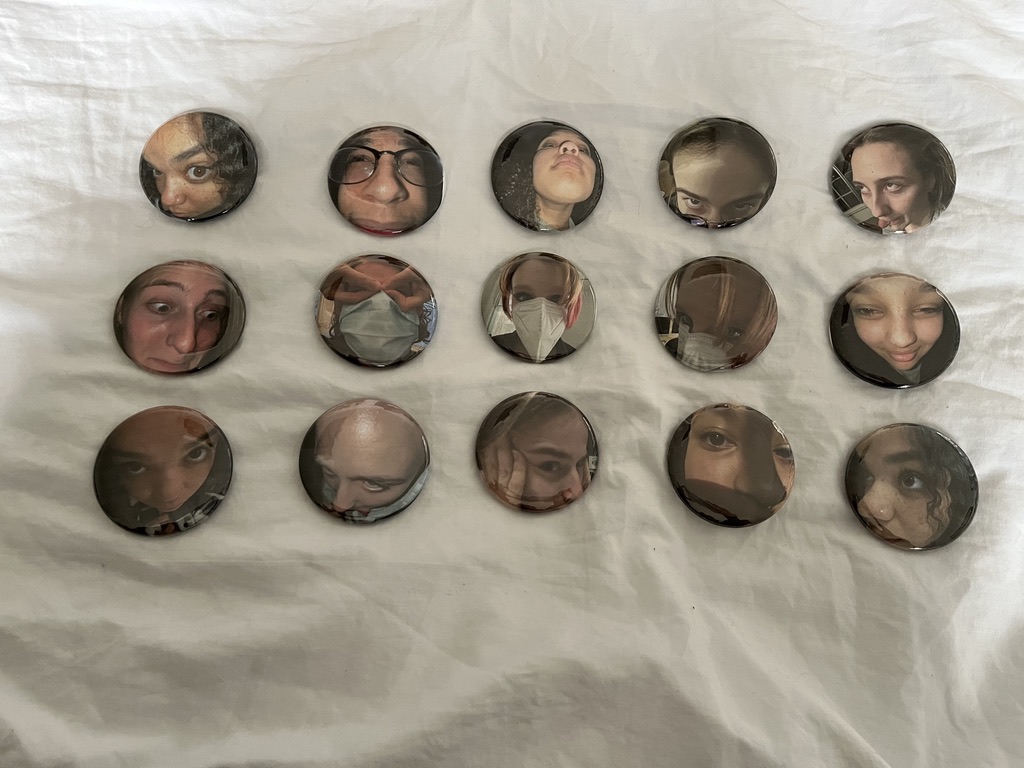


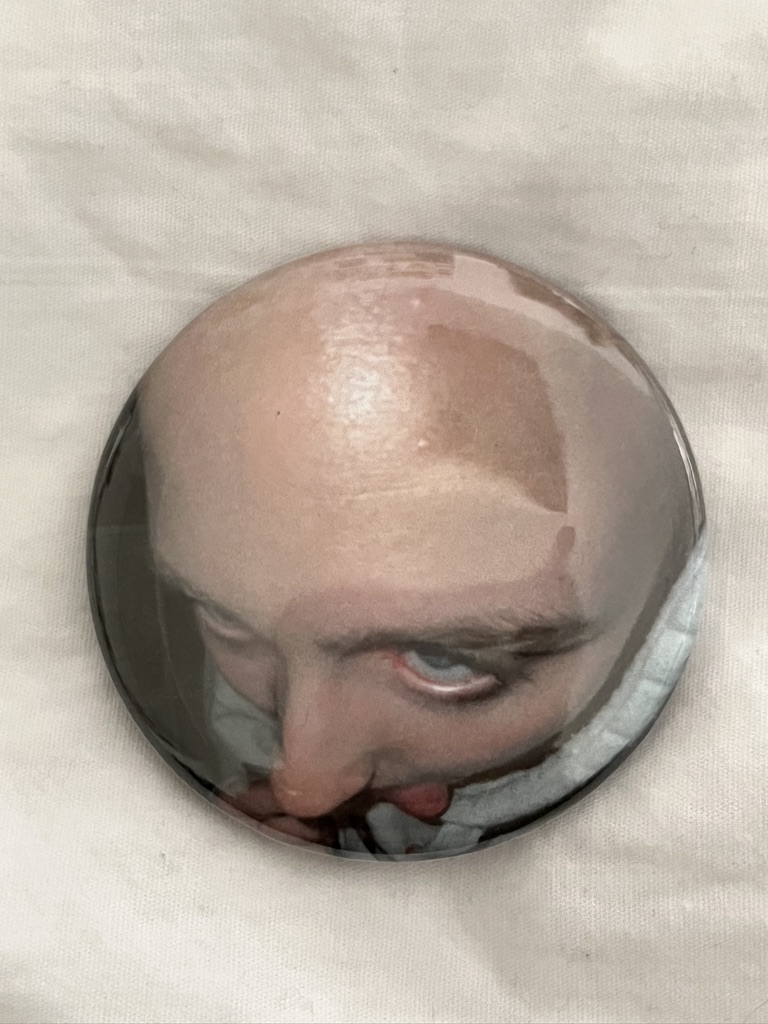
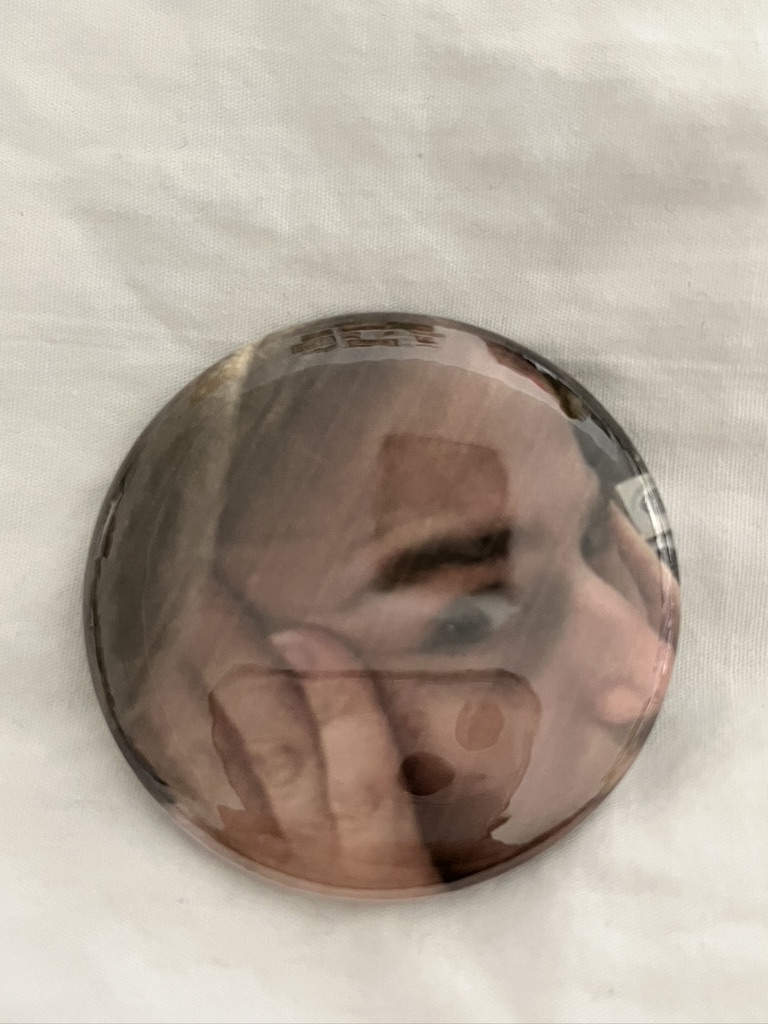
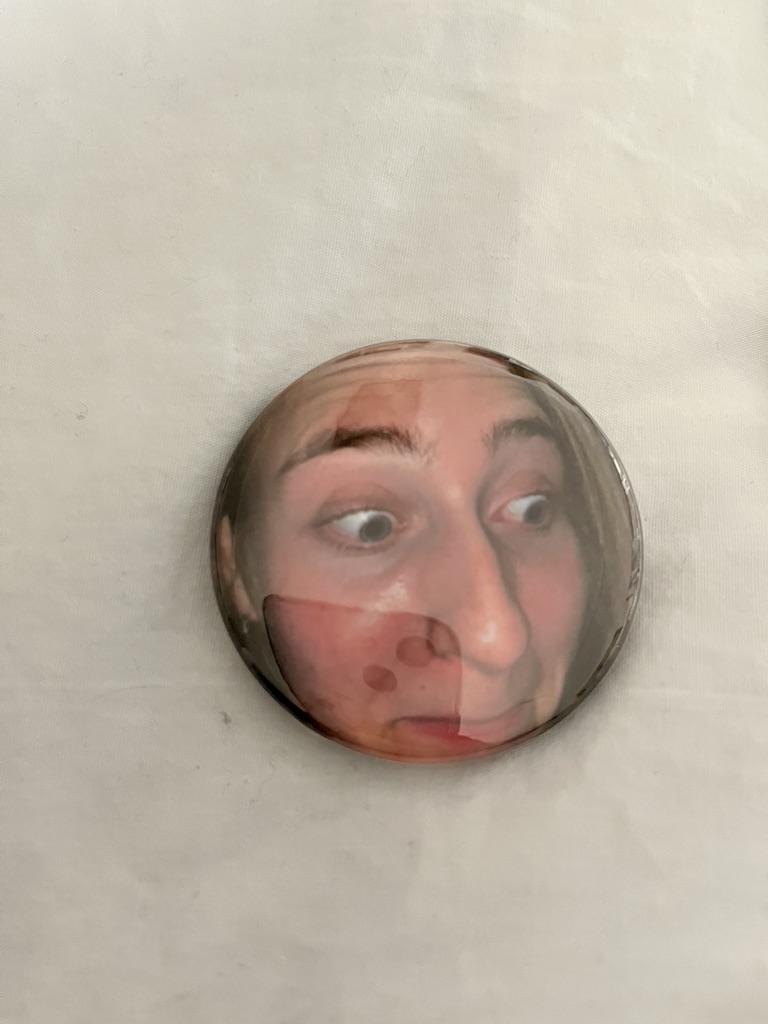

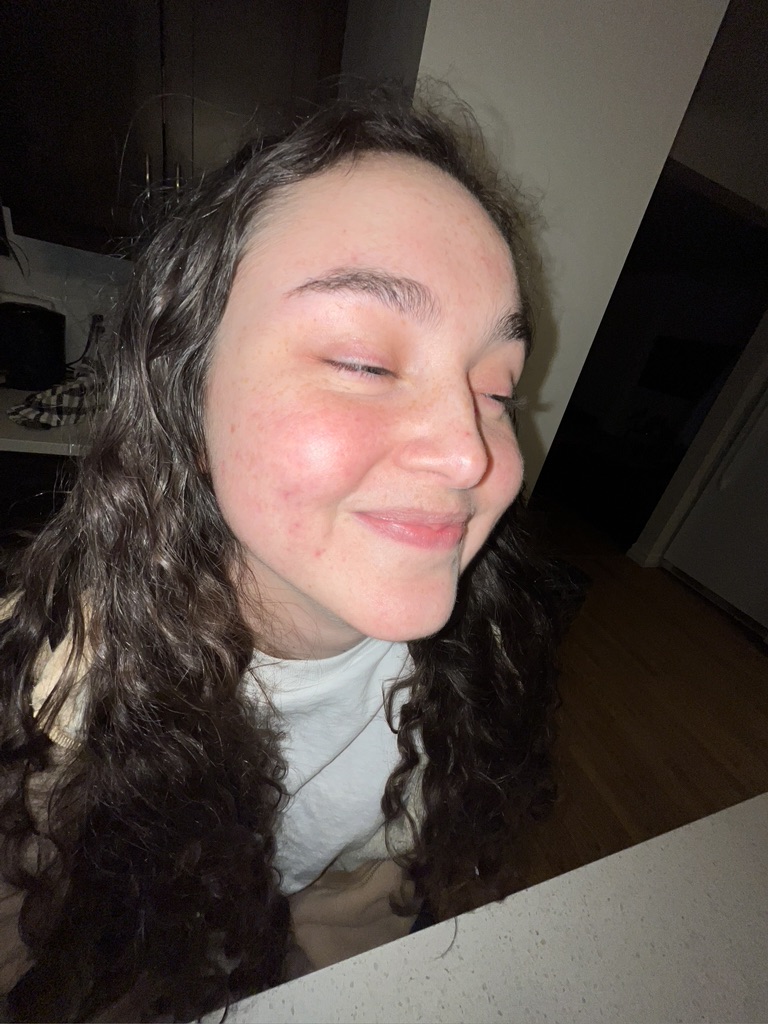
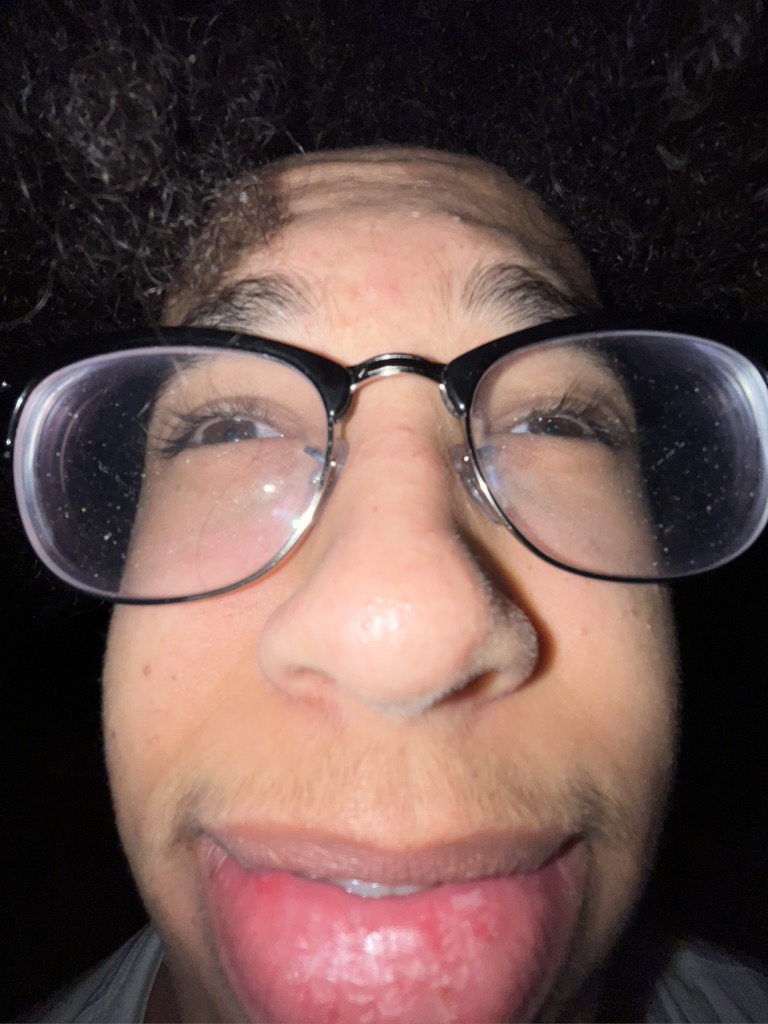
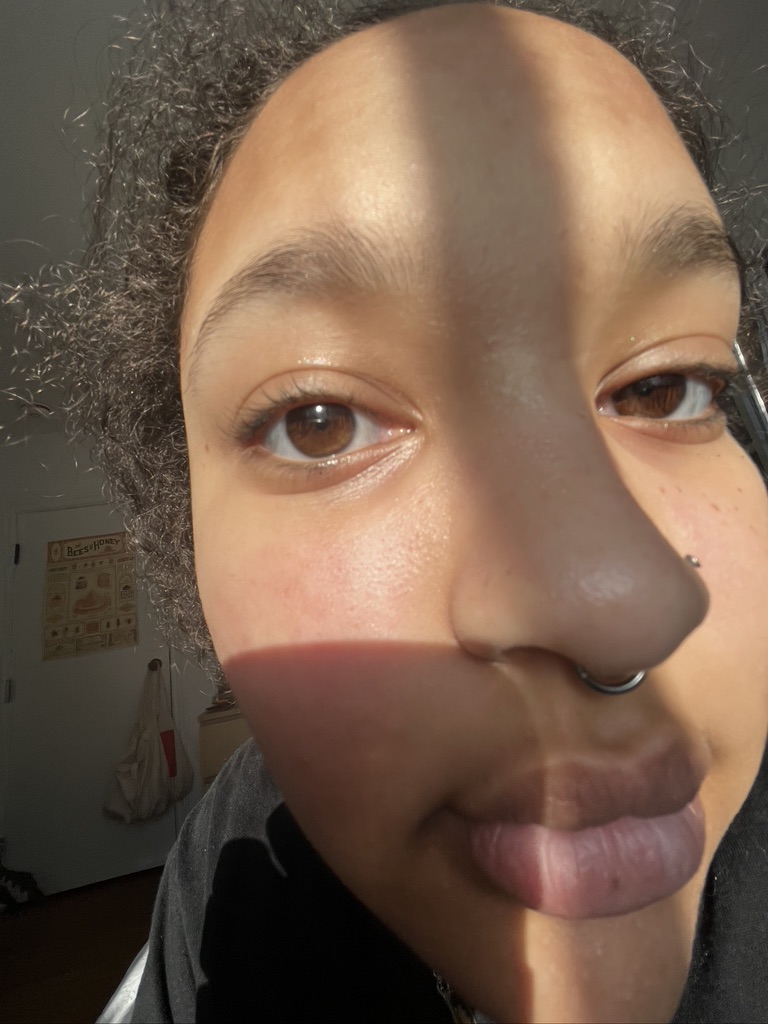


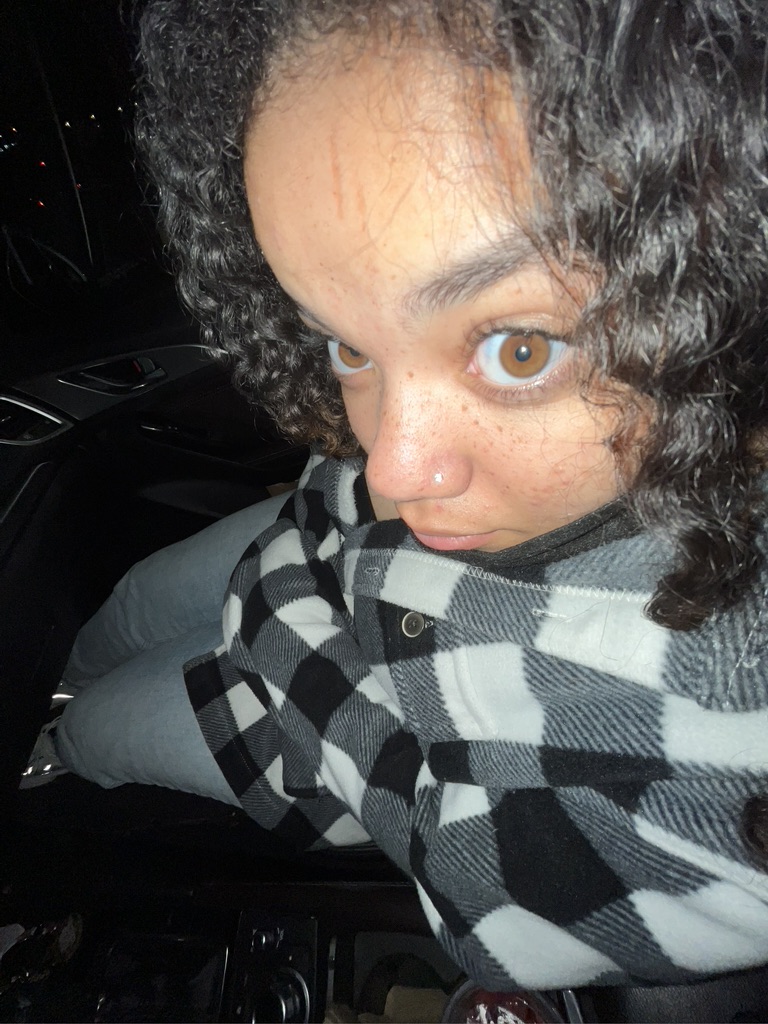

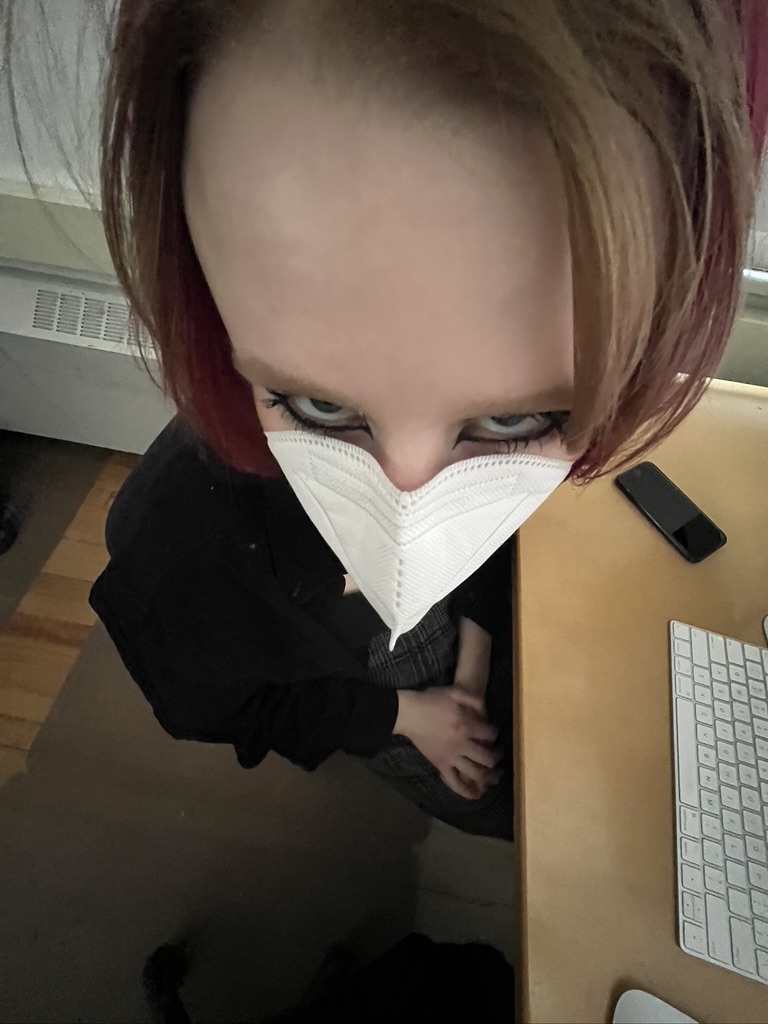

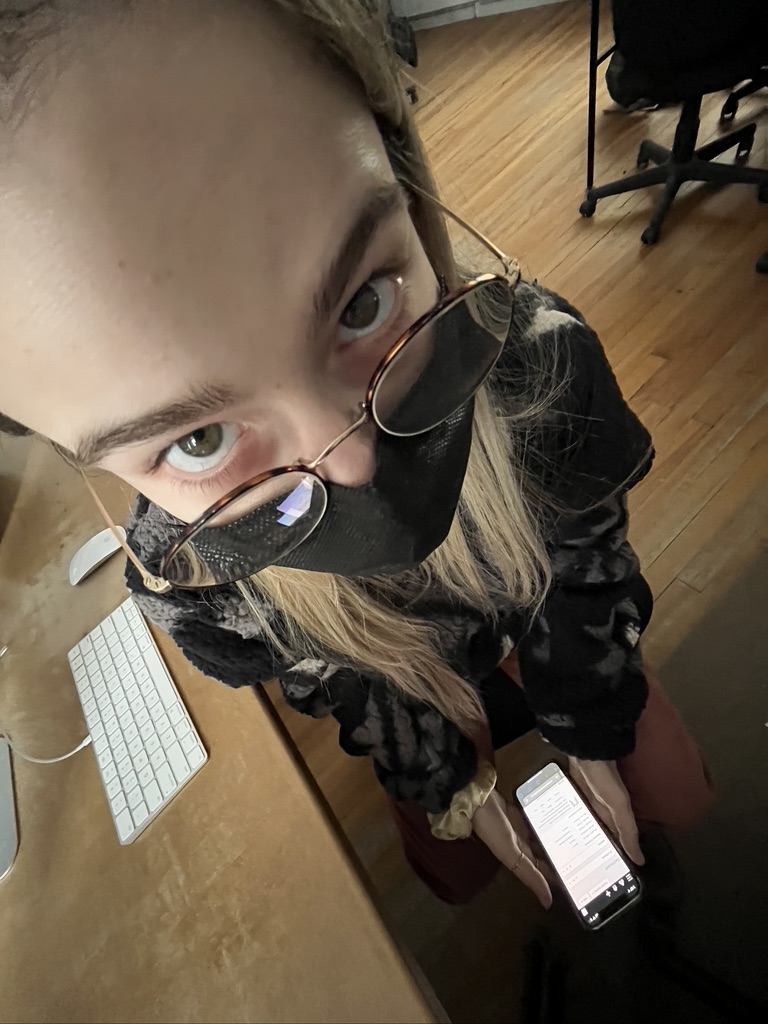
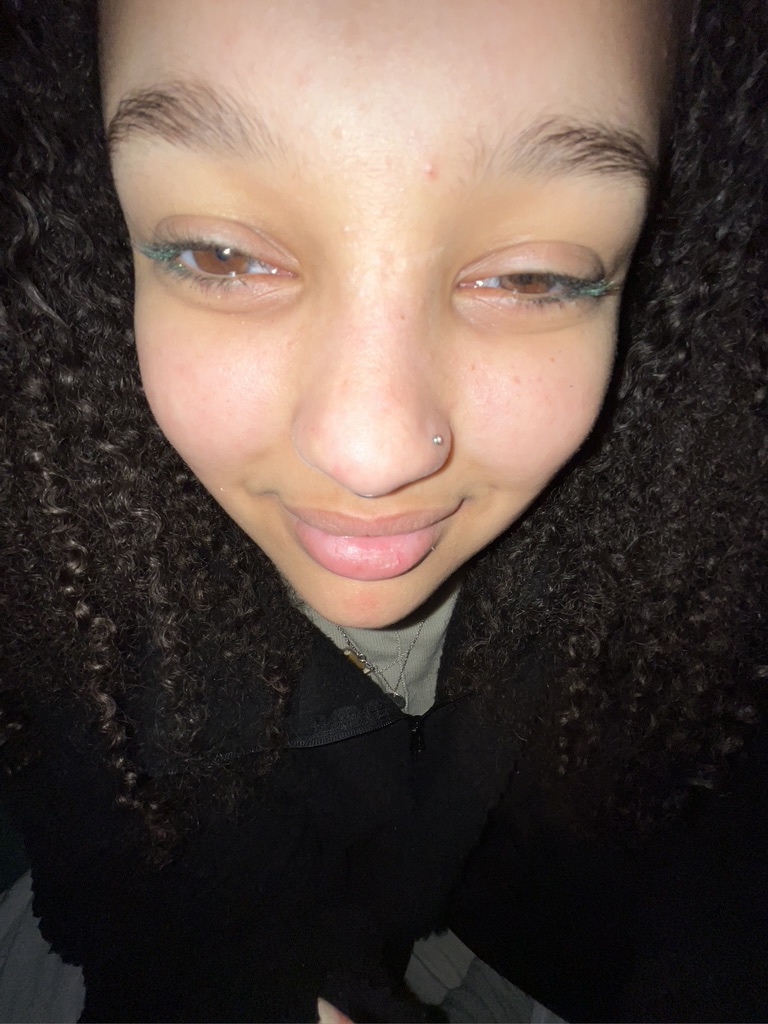

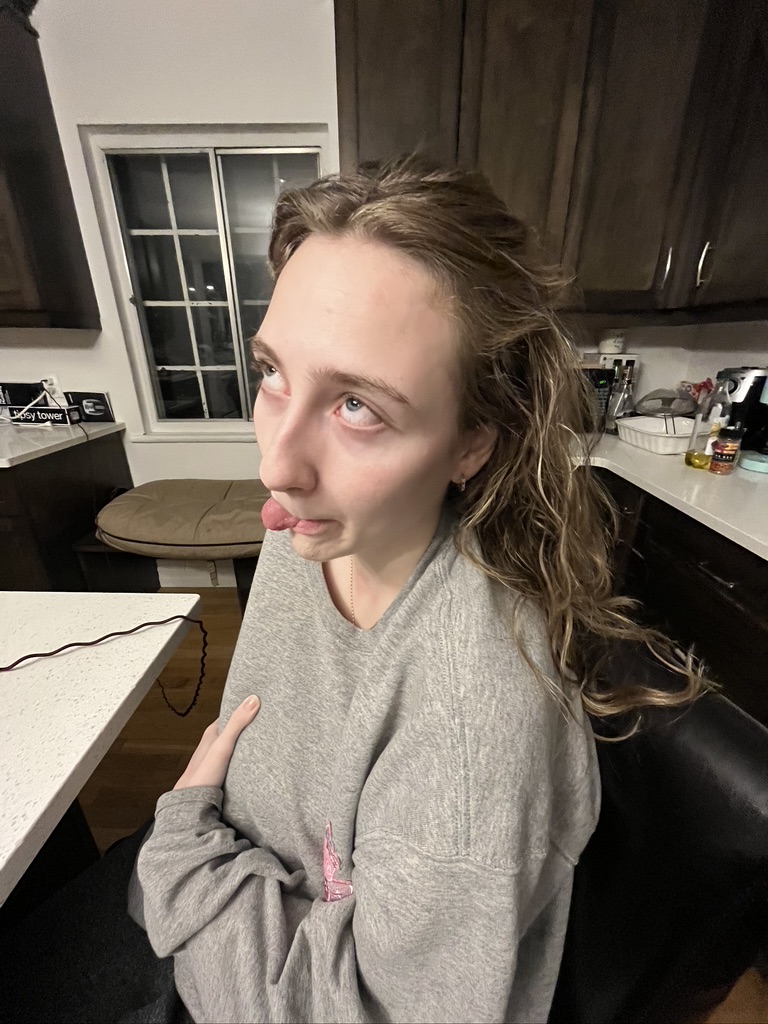
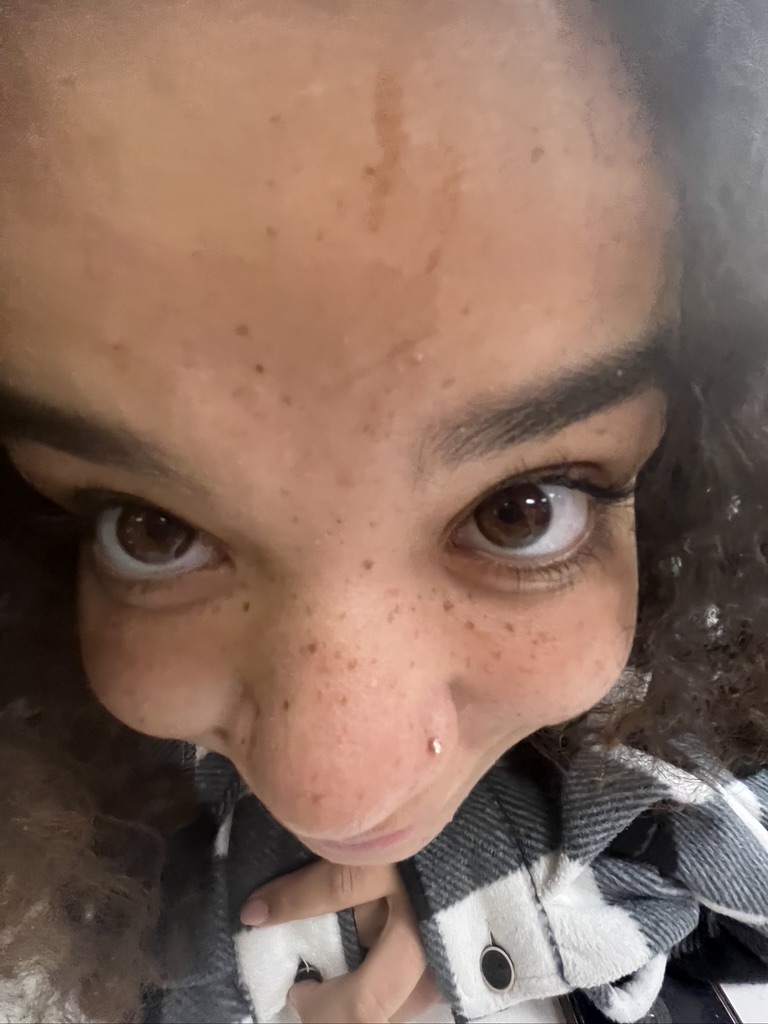
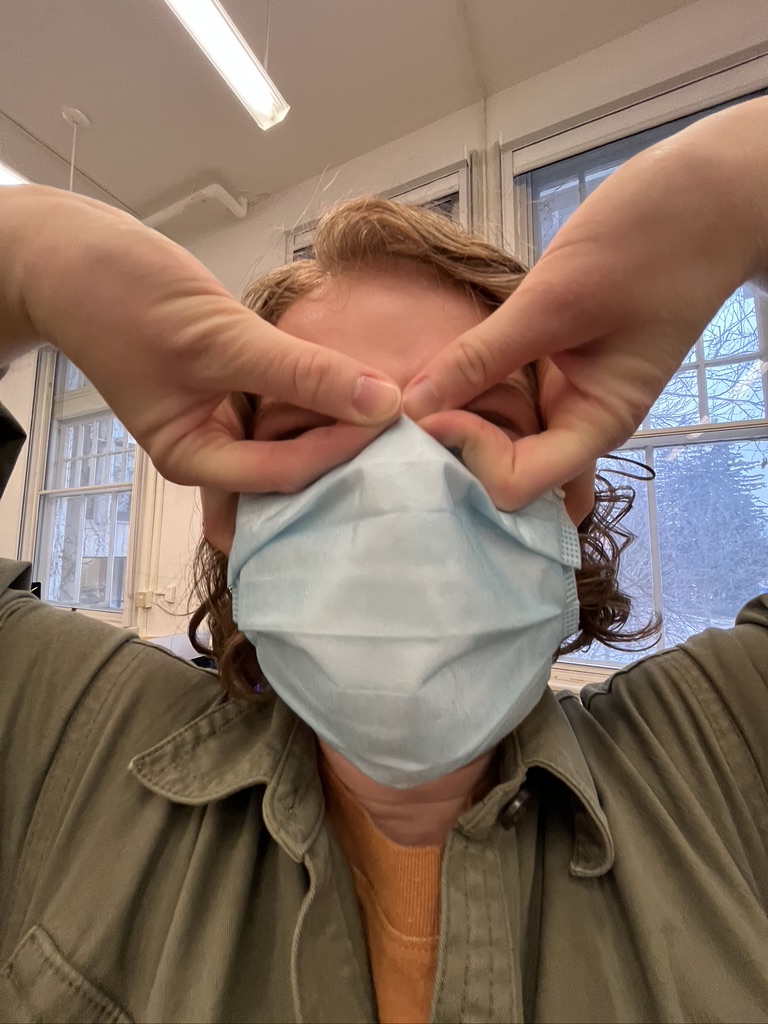

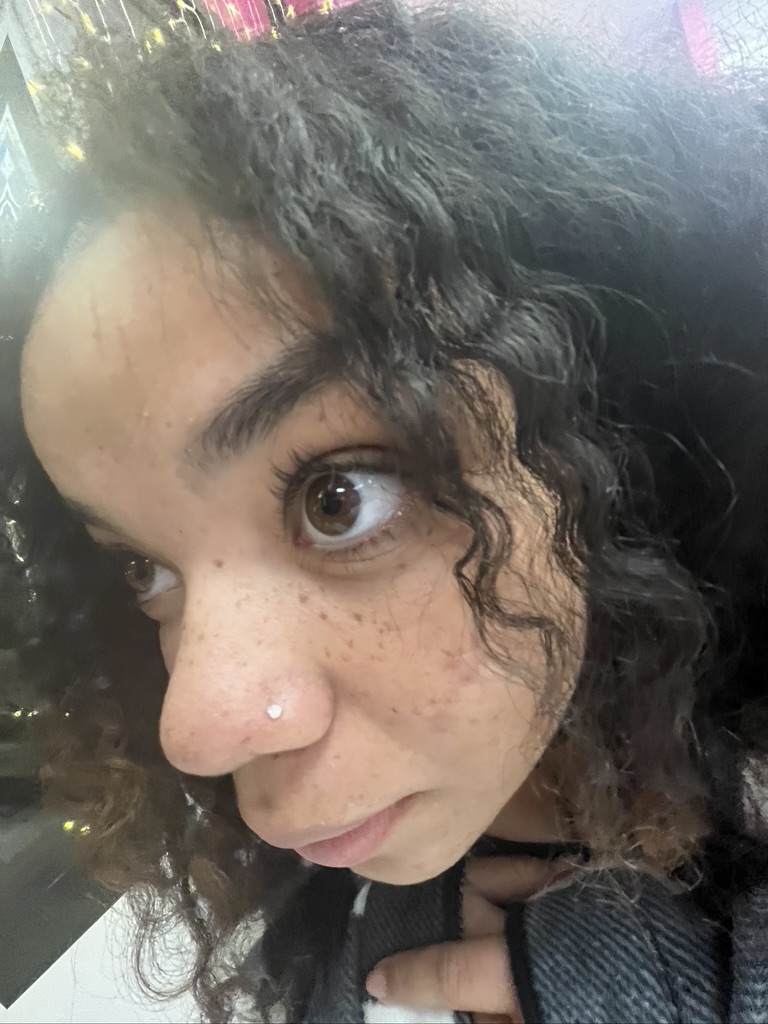



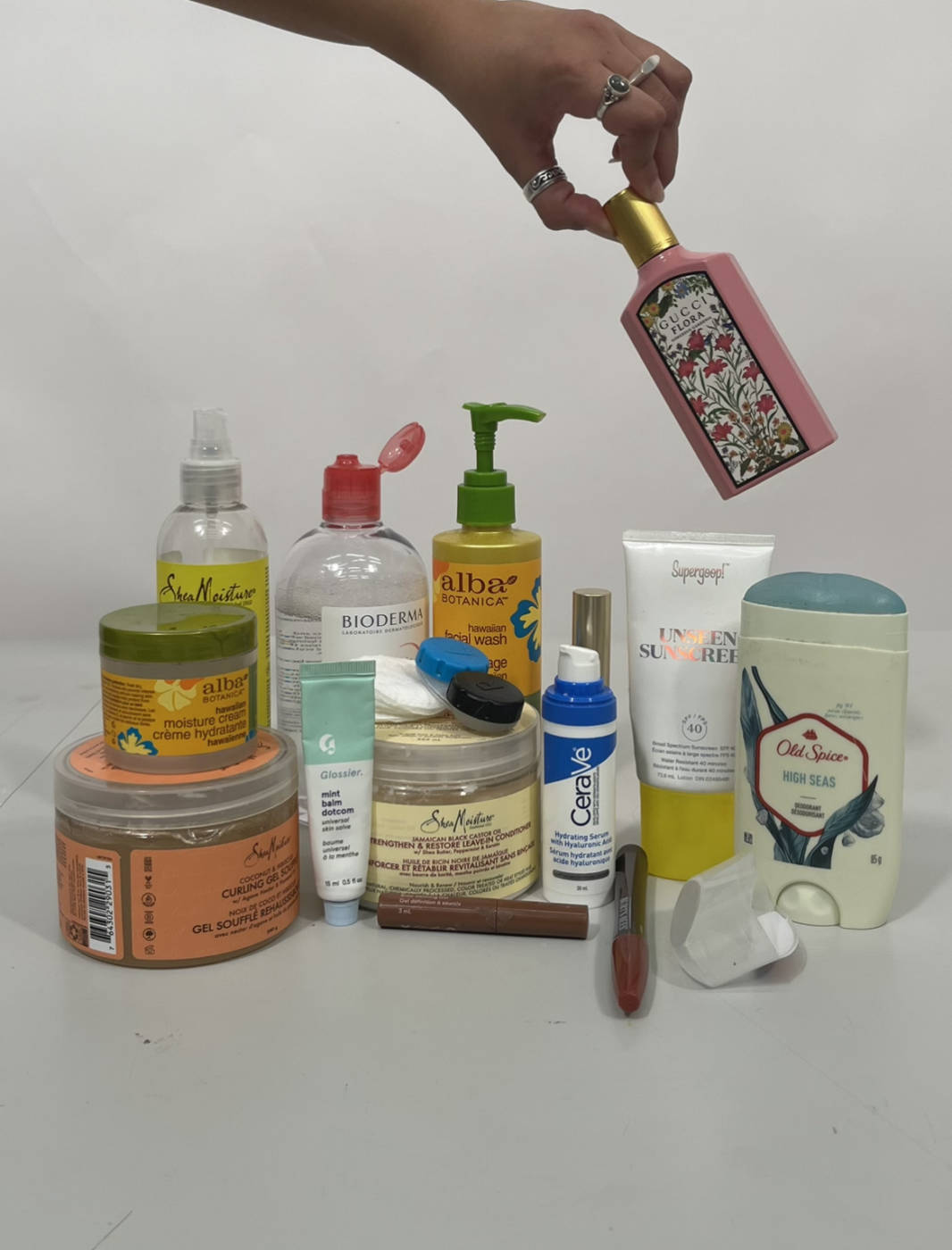
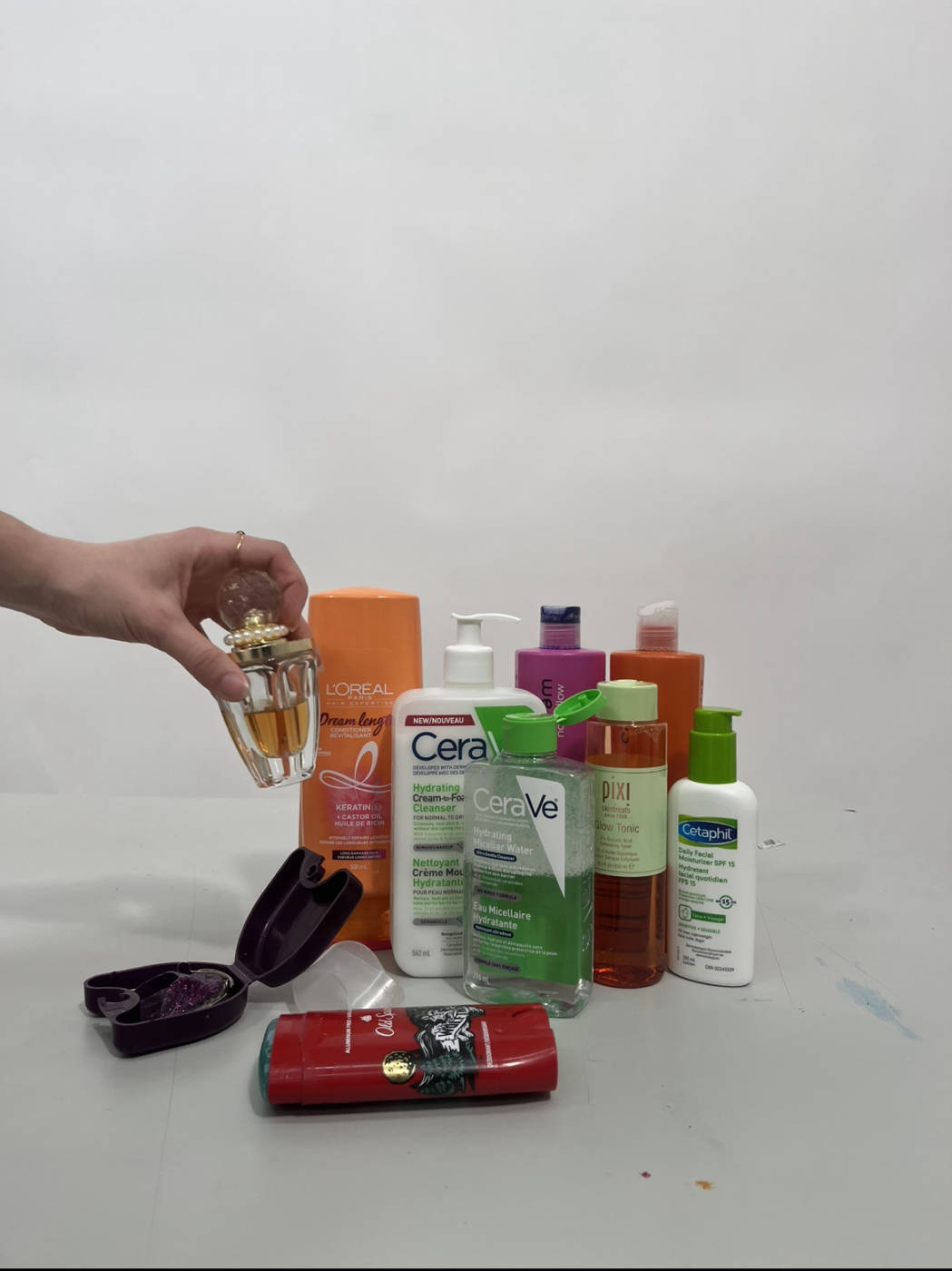
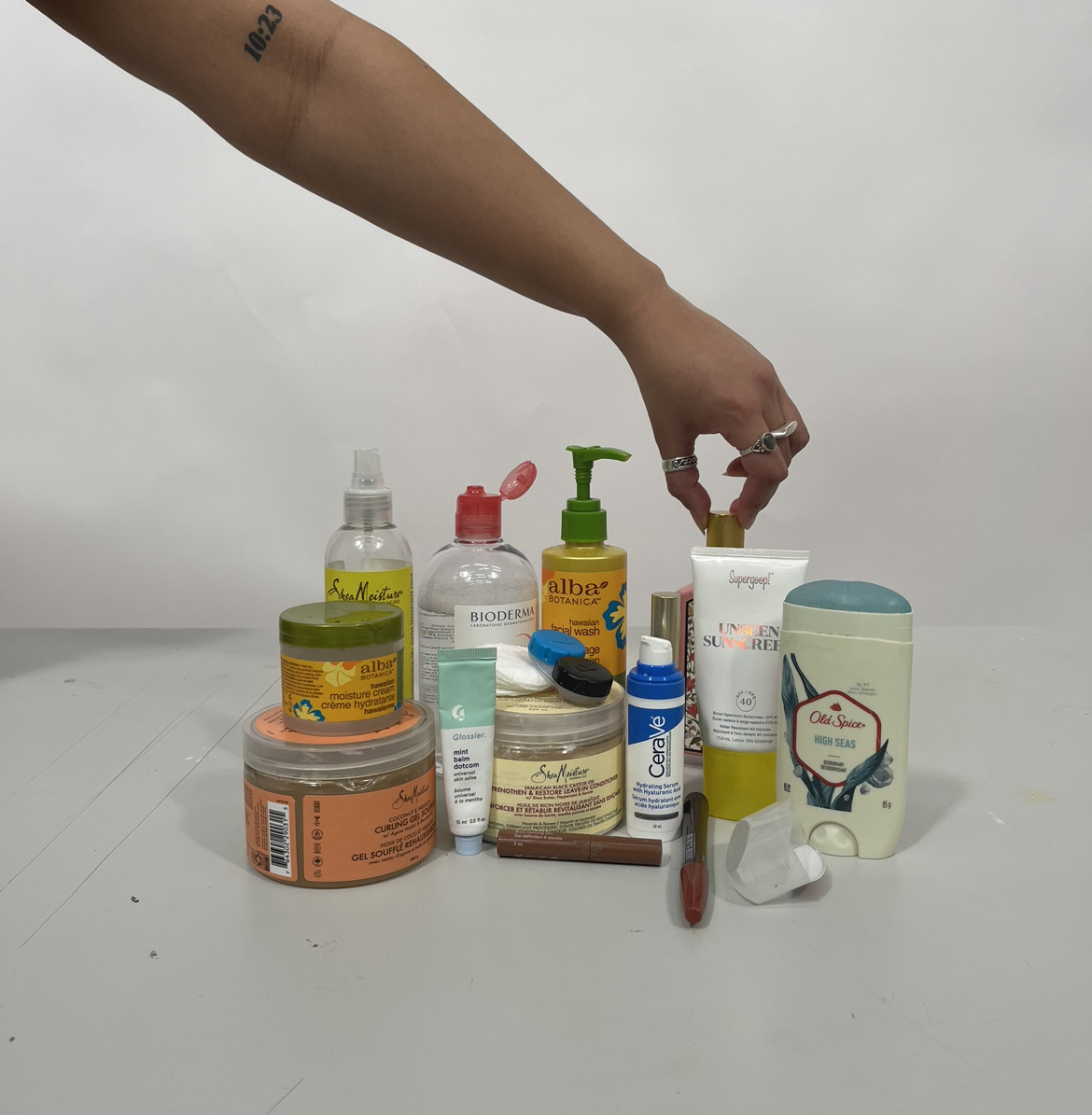
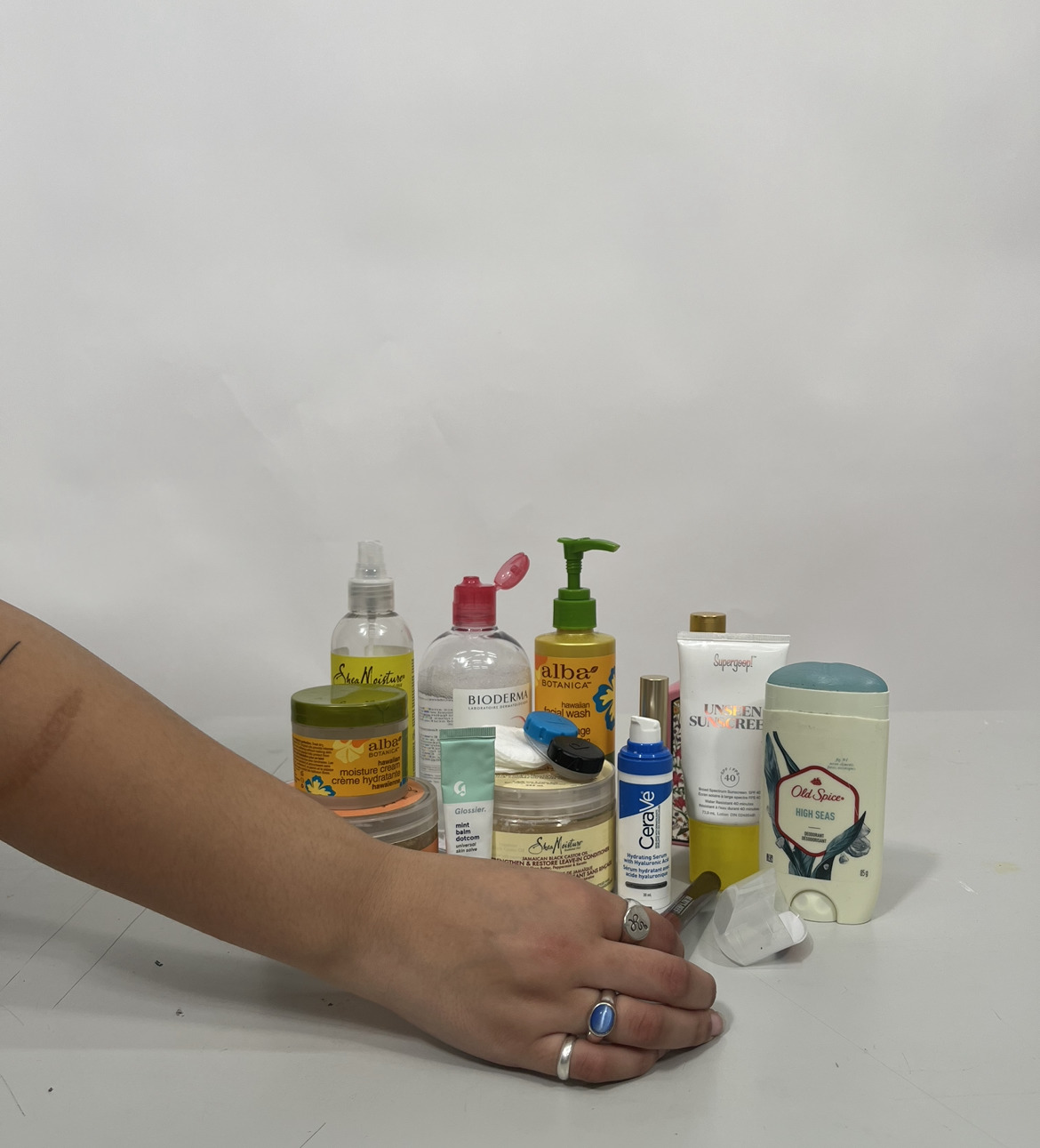
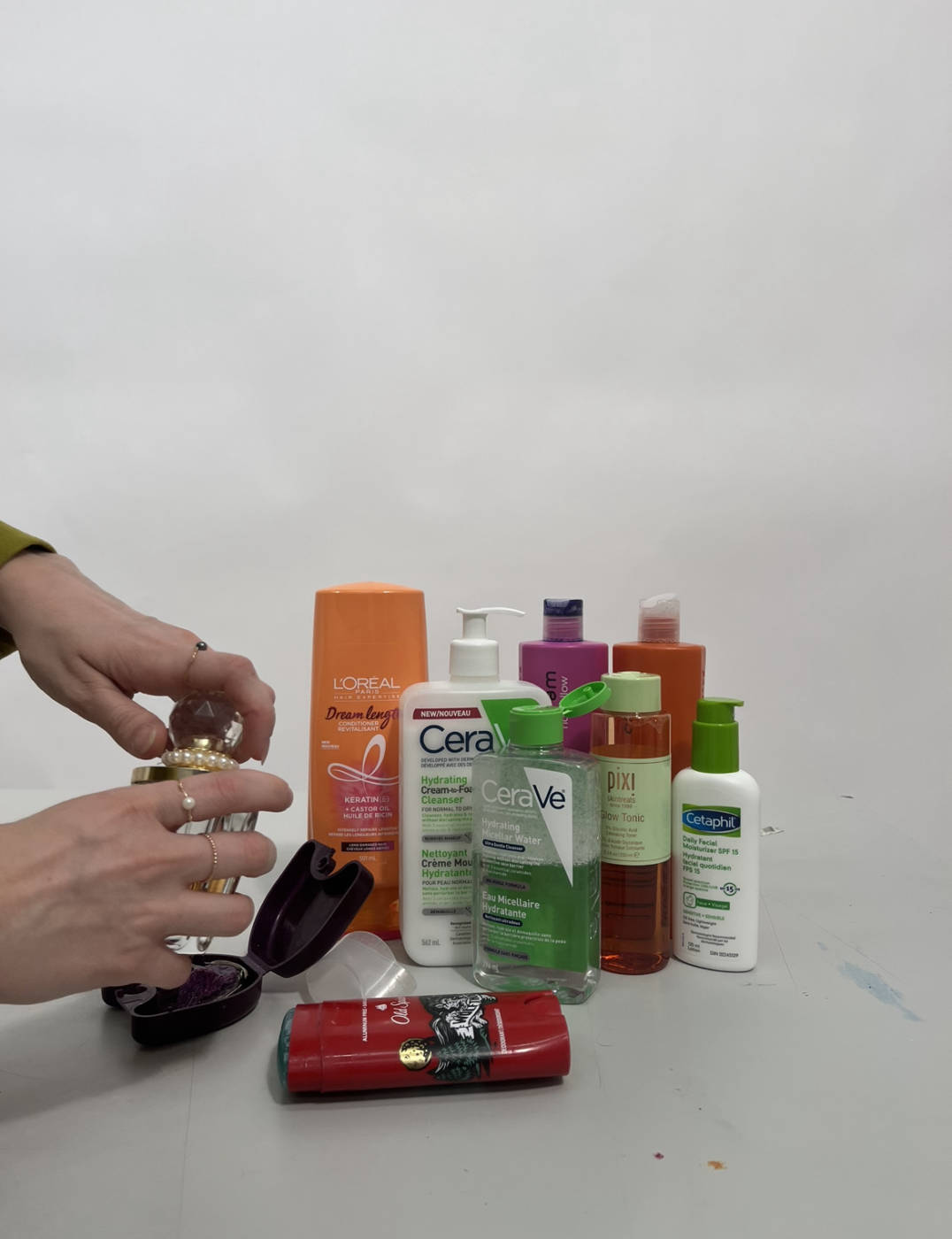
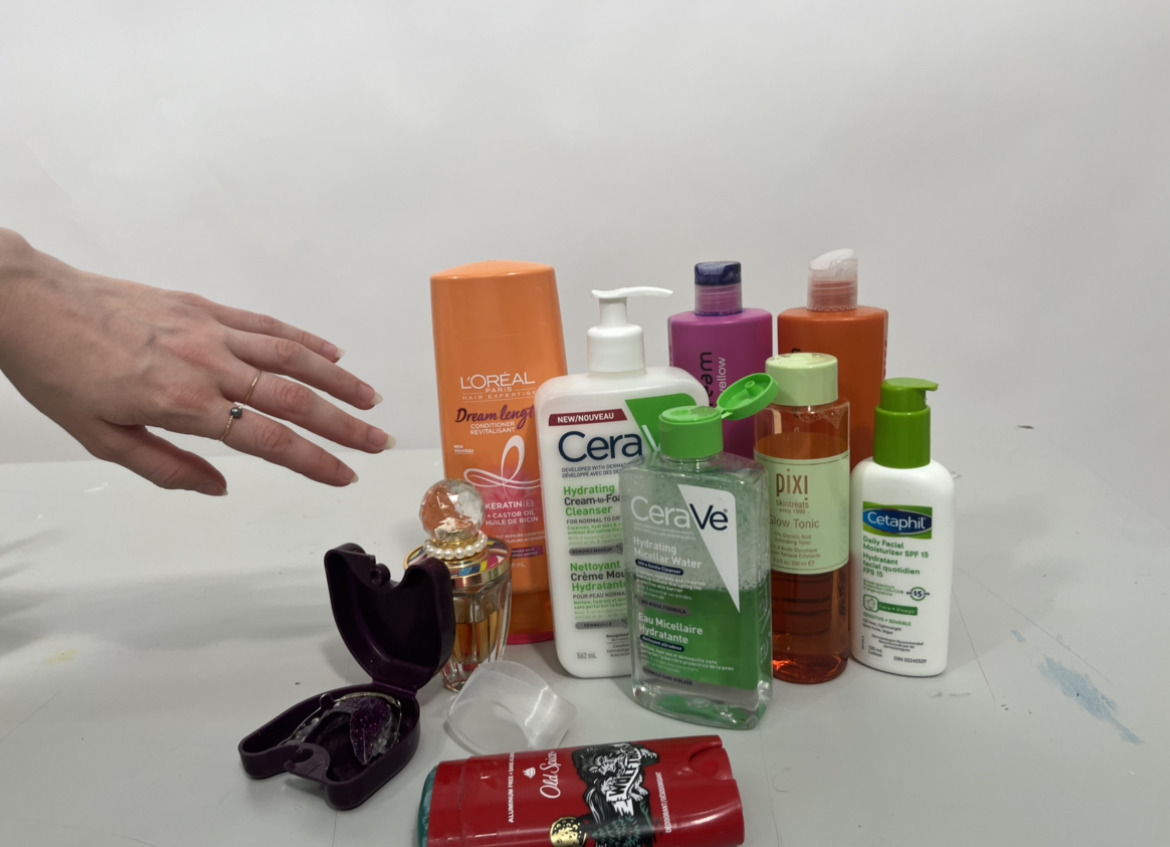
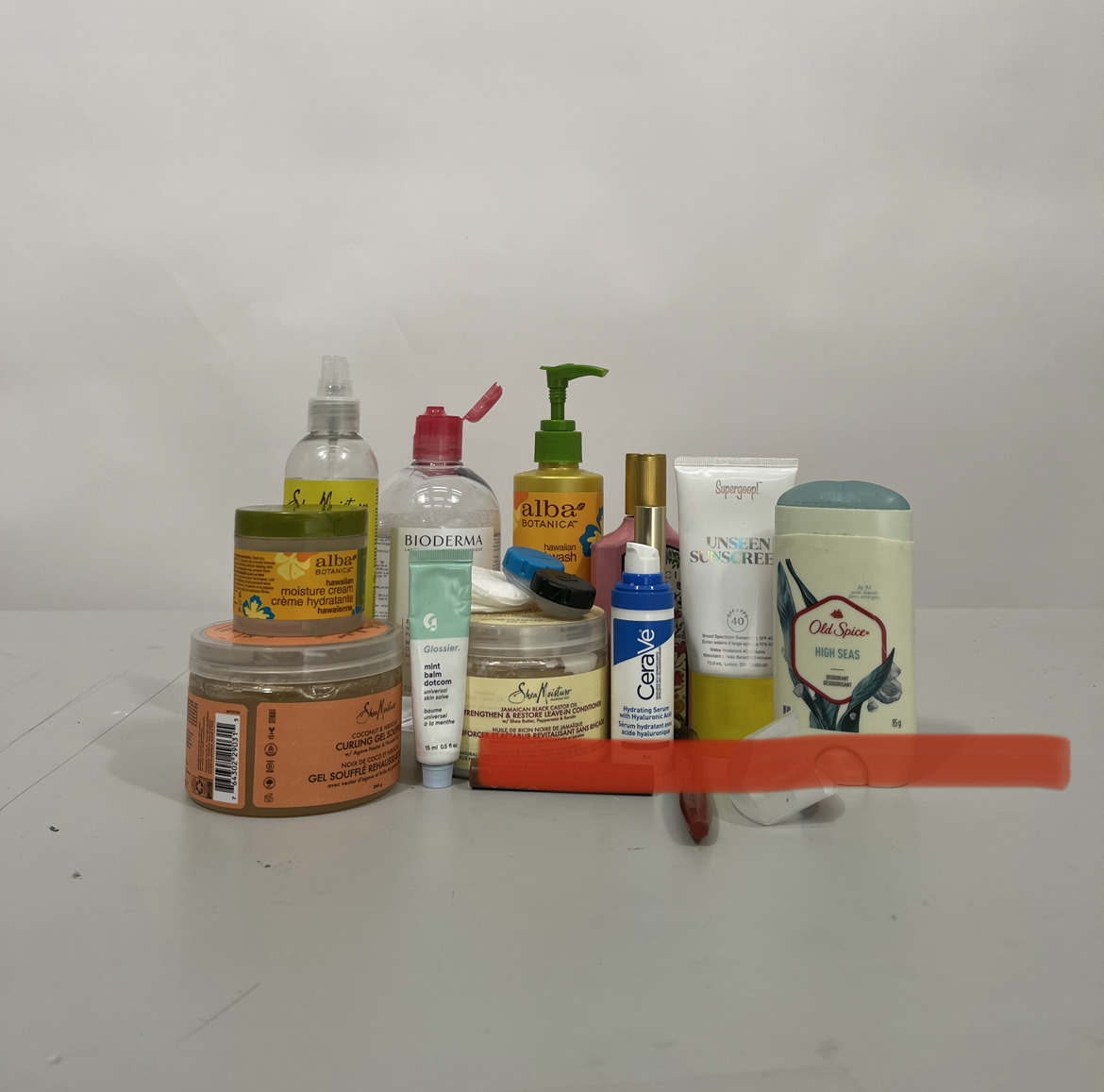
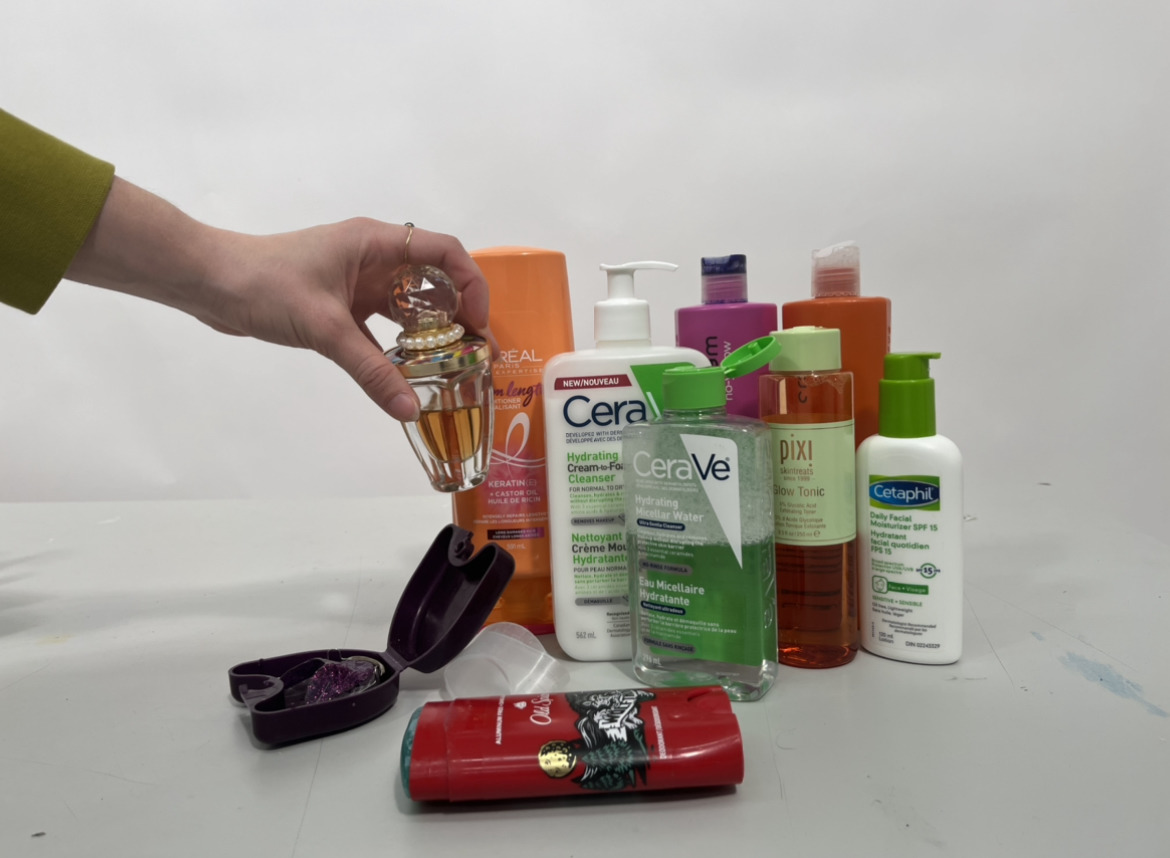
You must be logged in to post a comment.